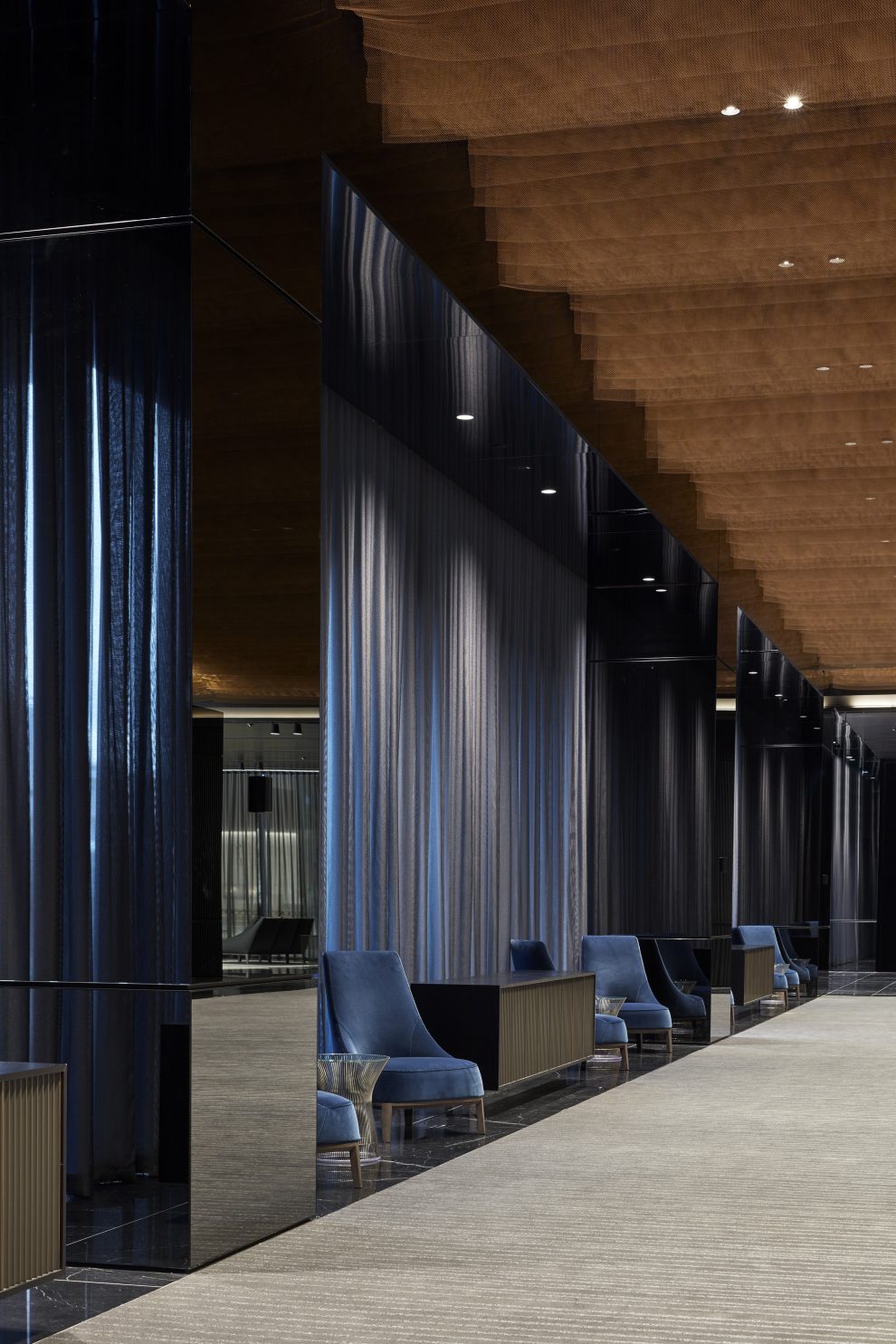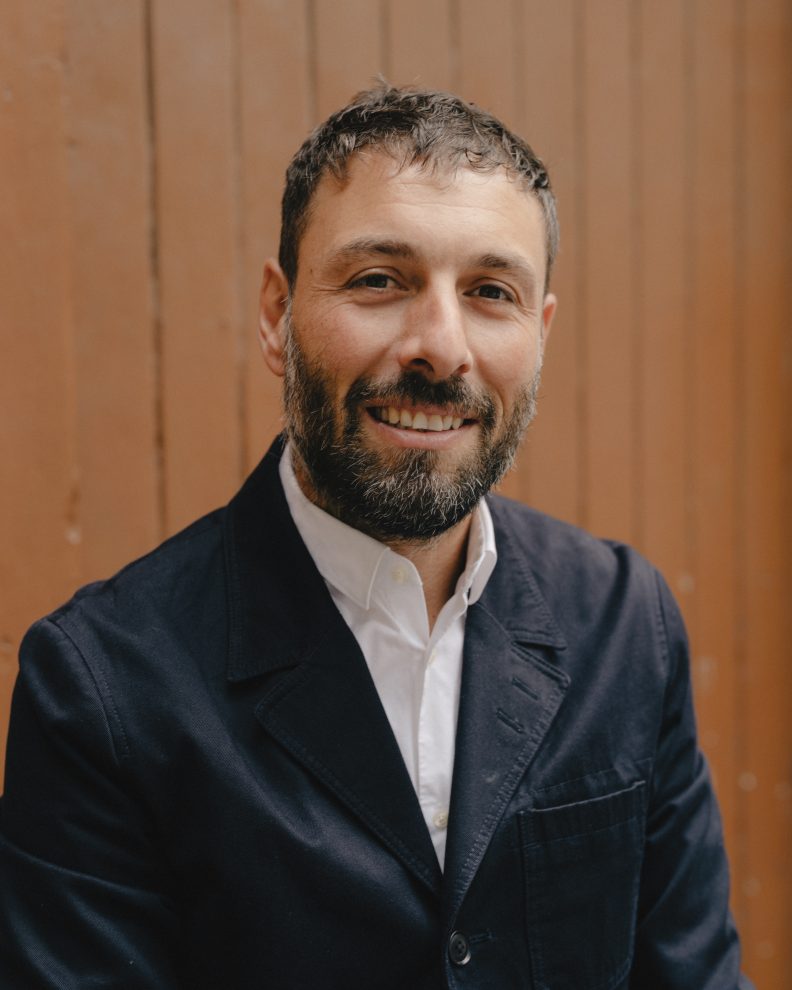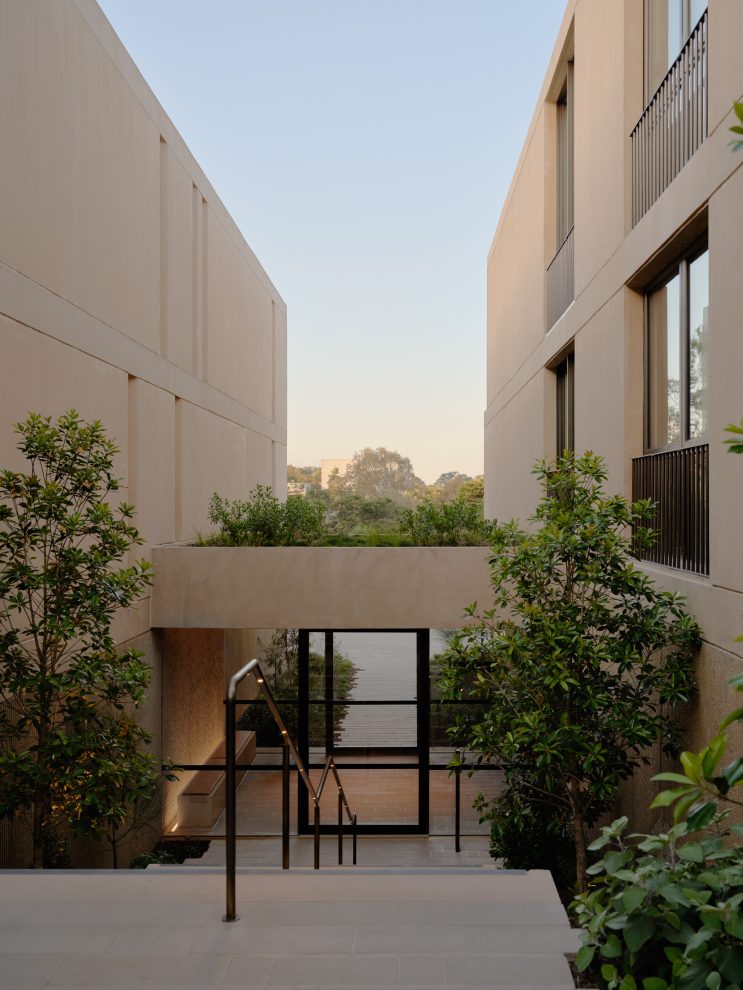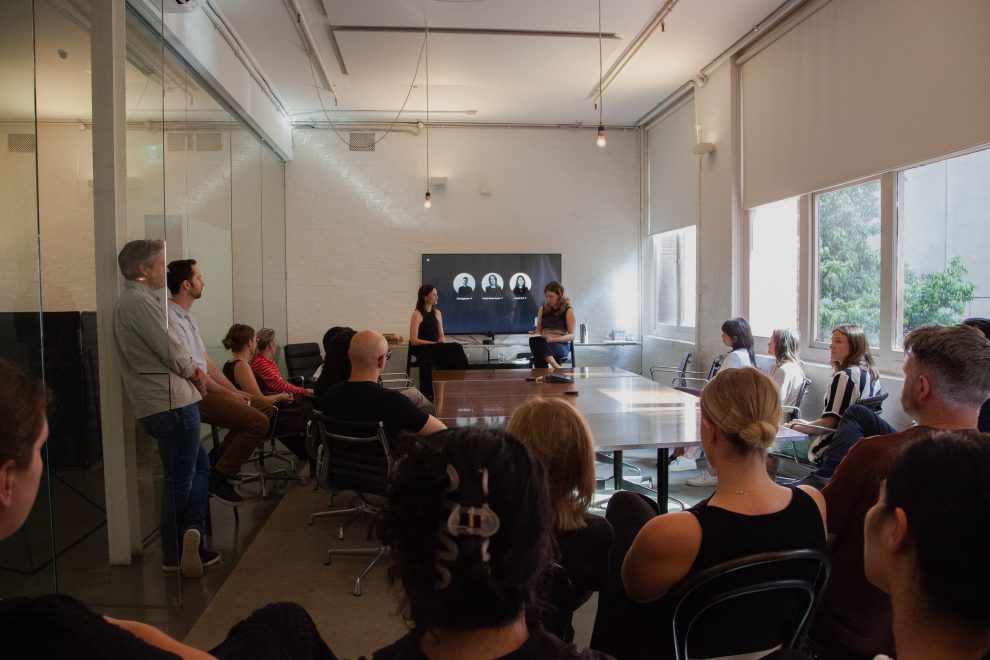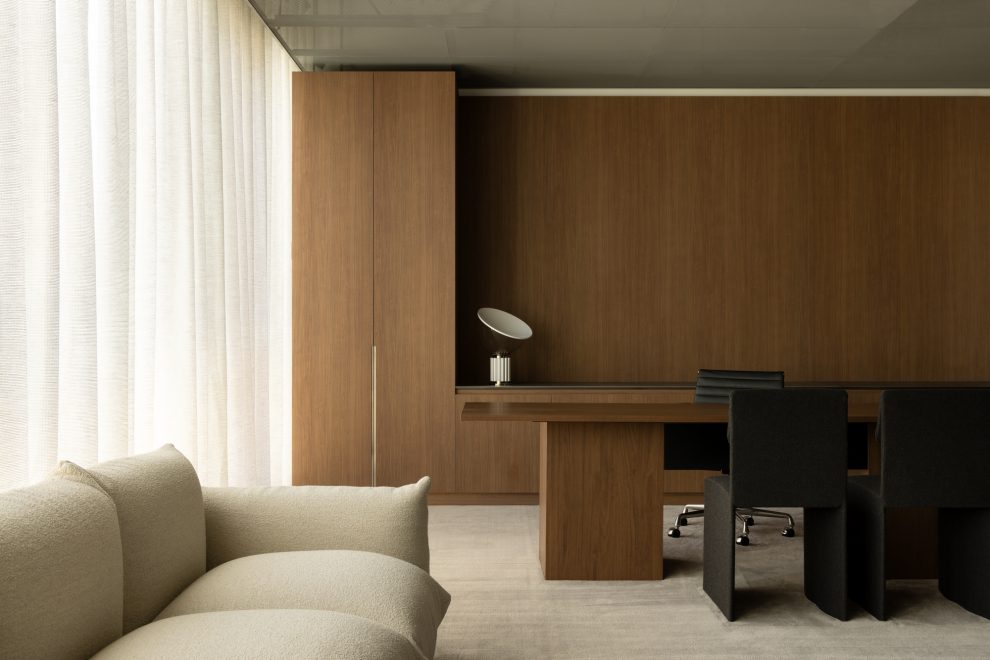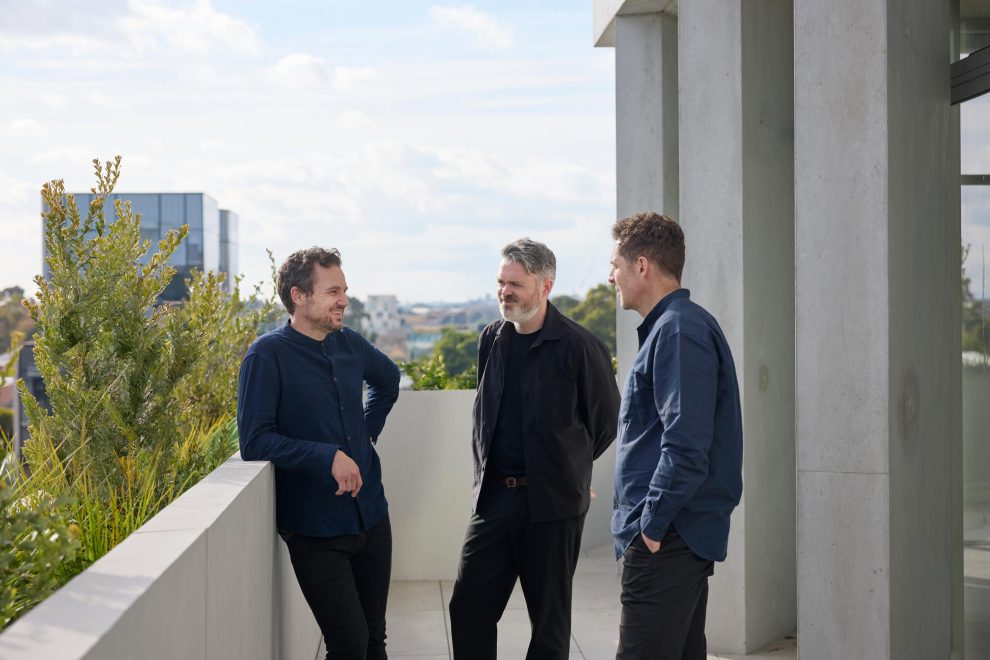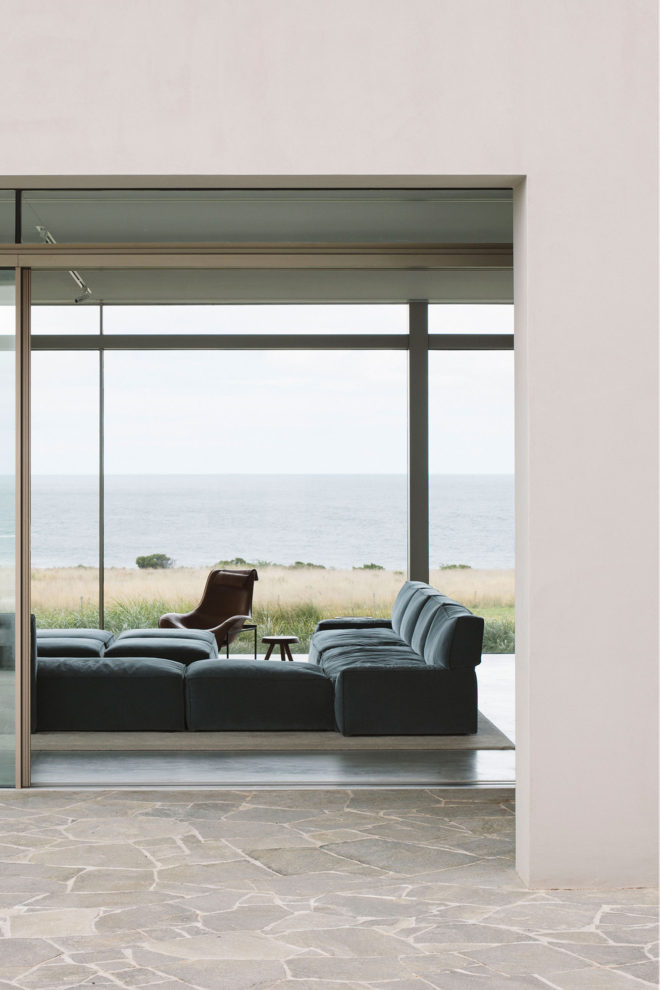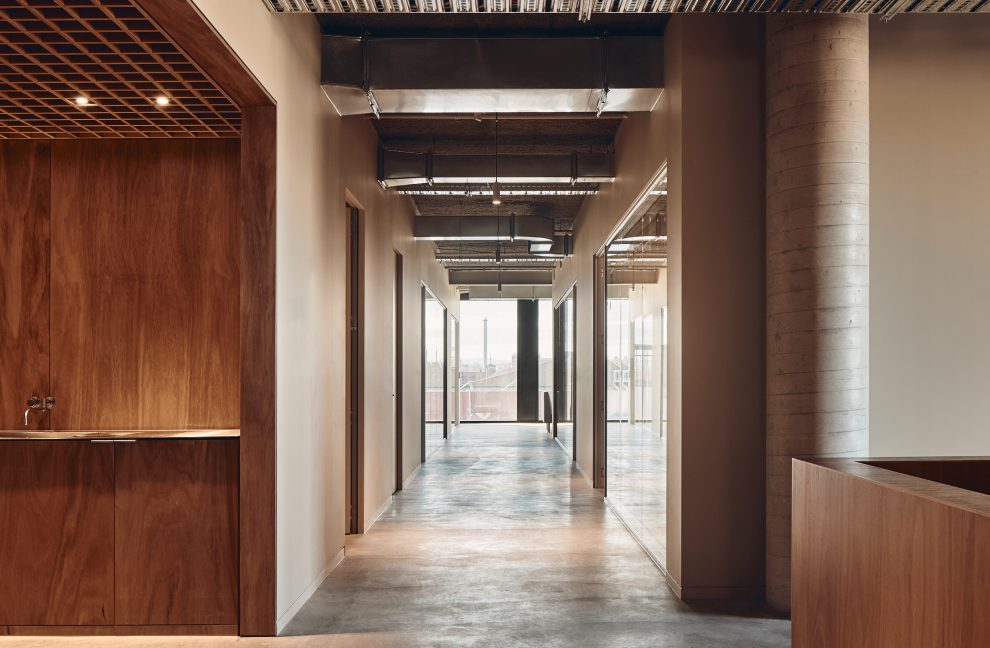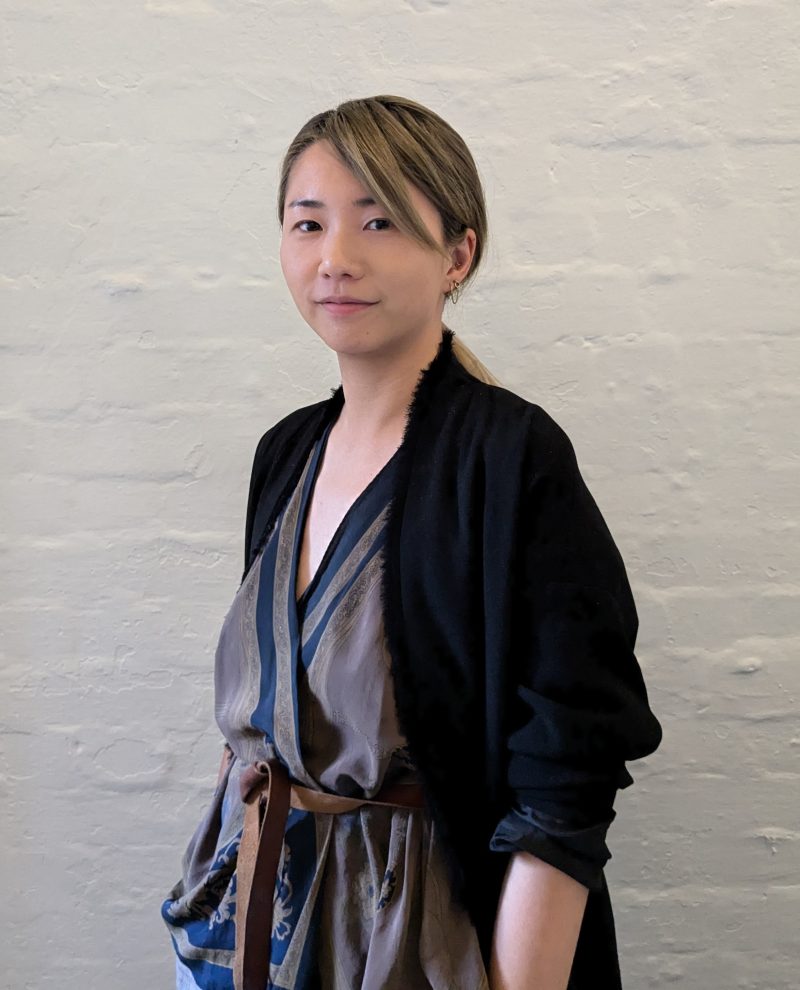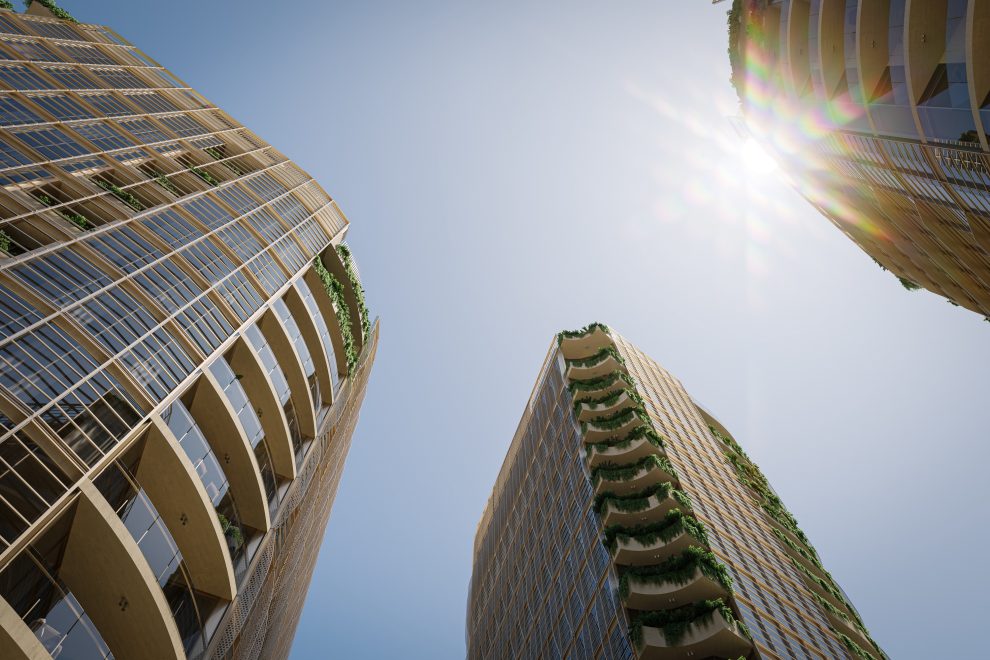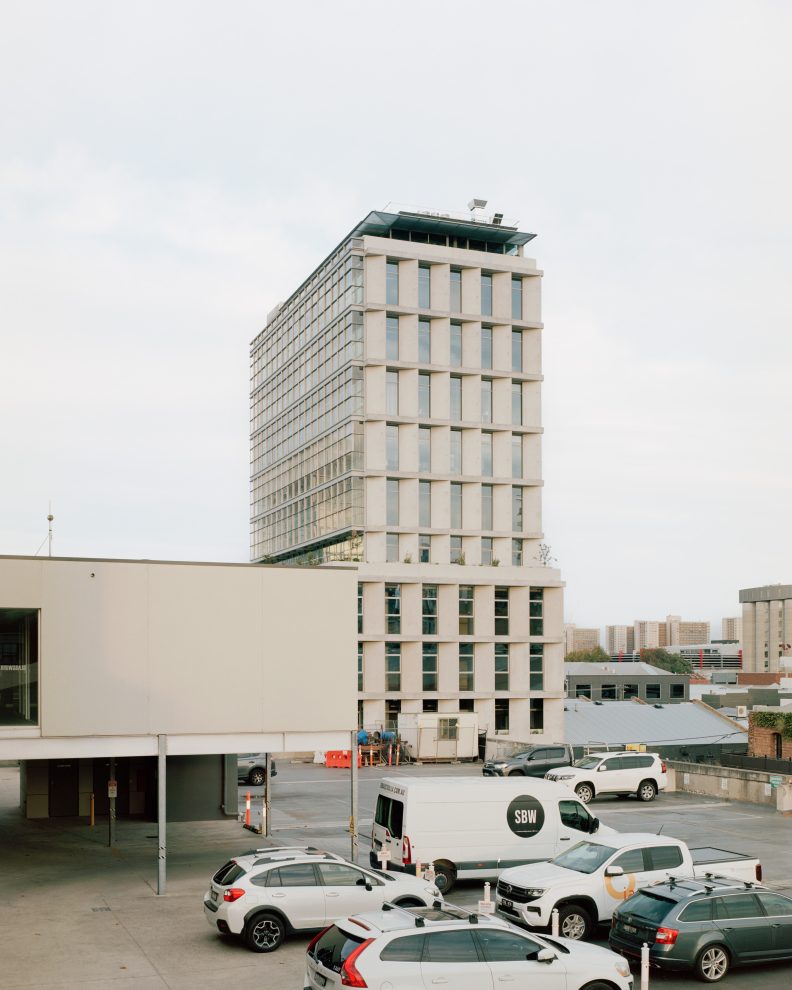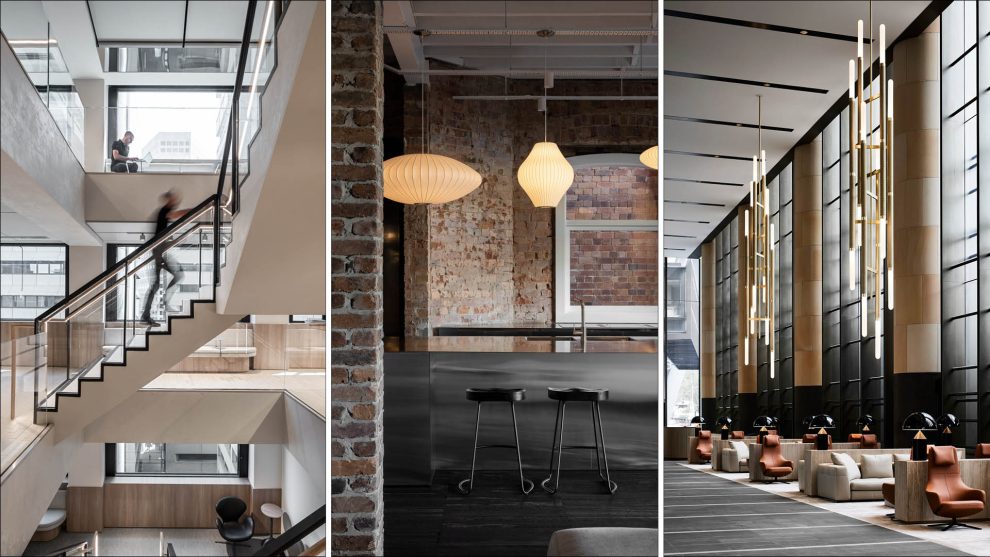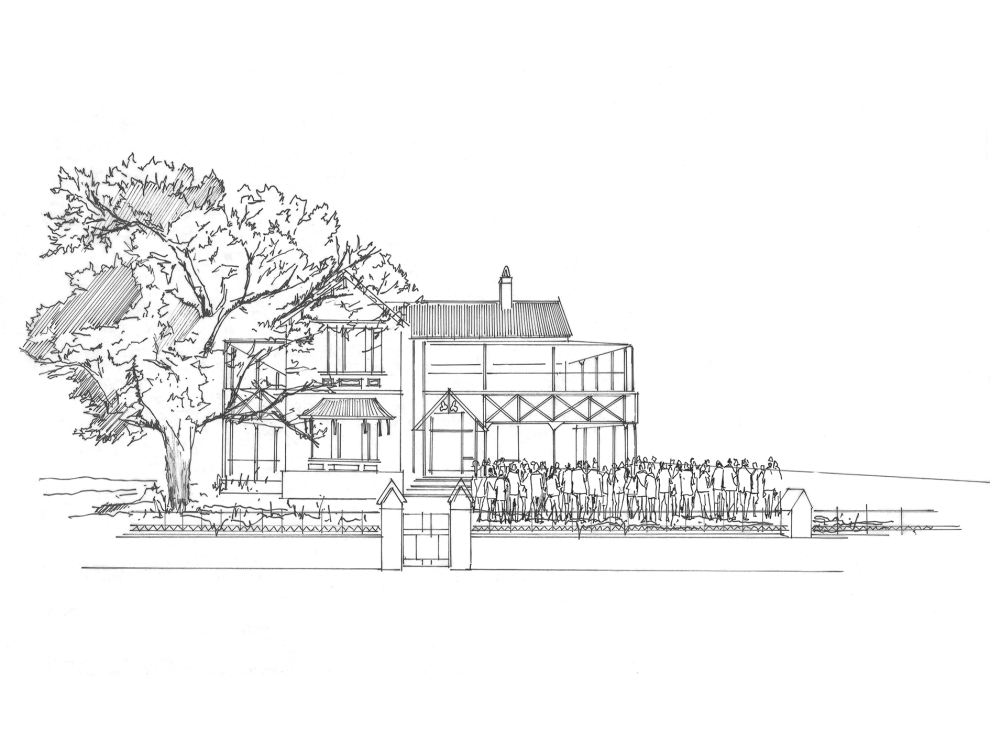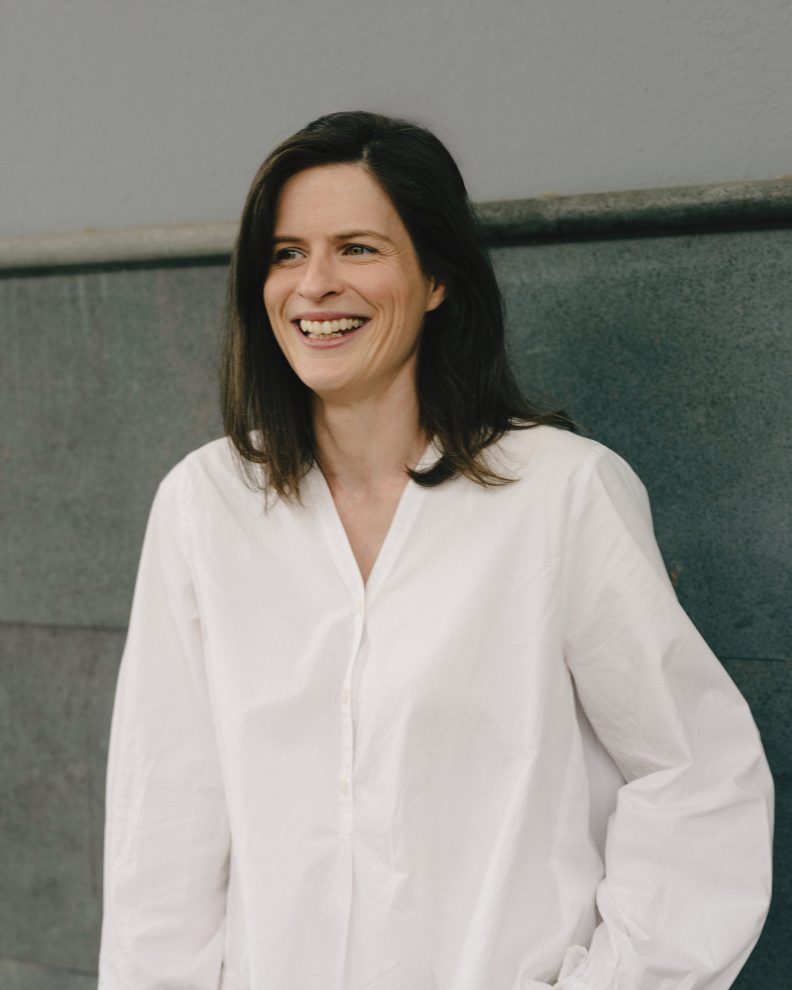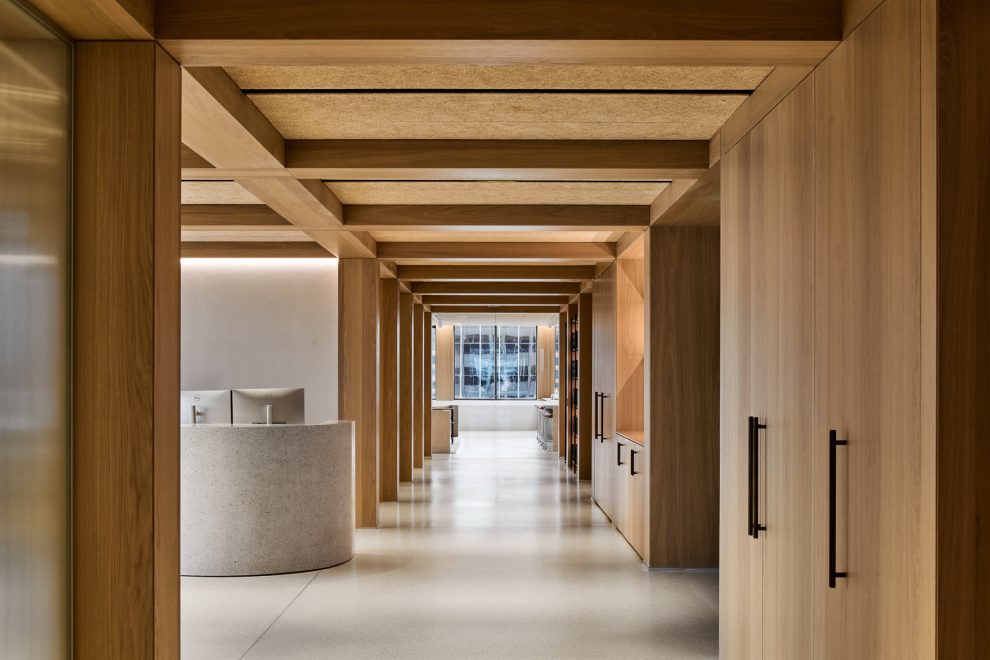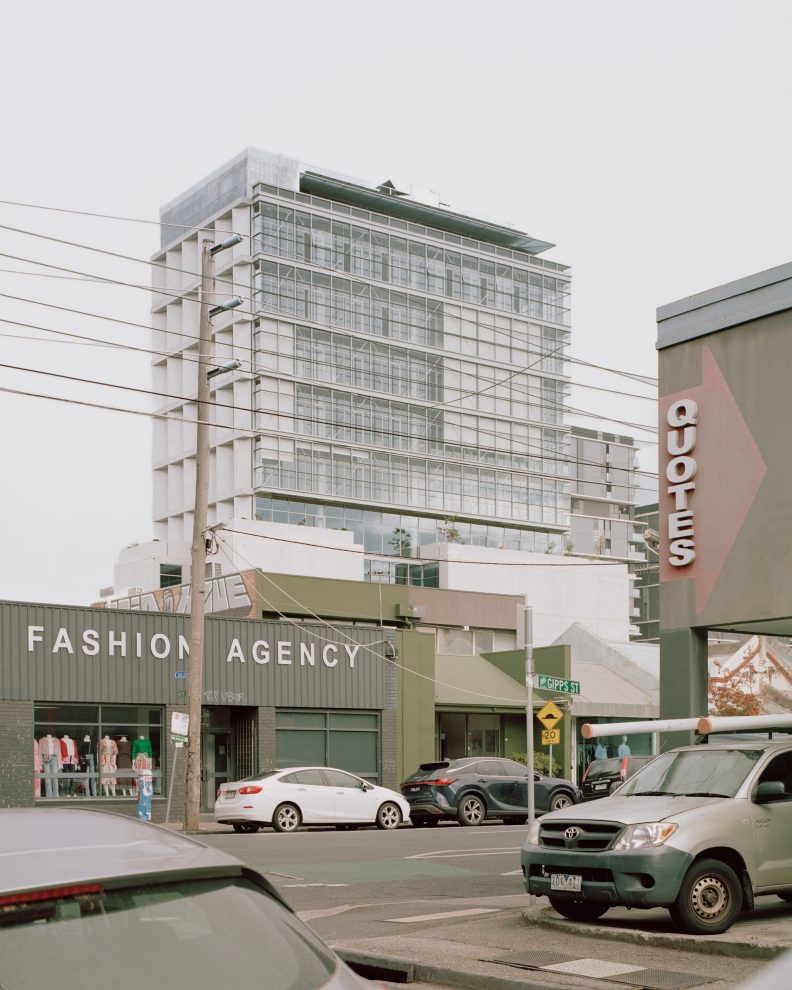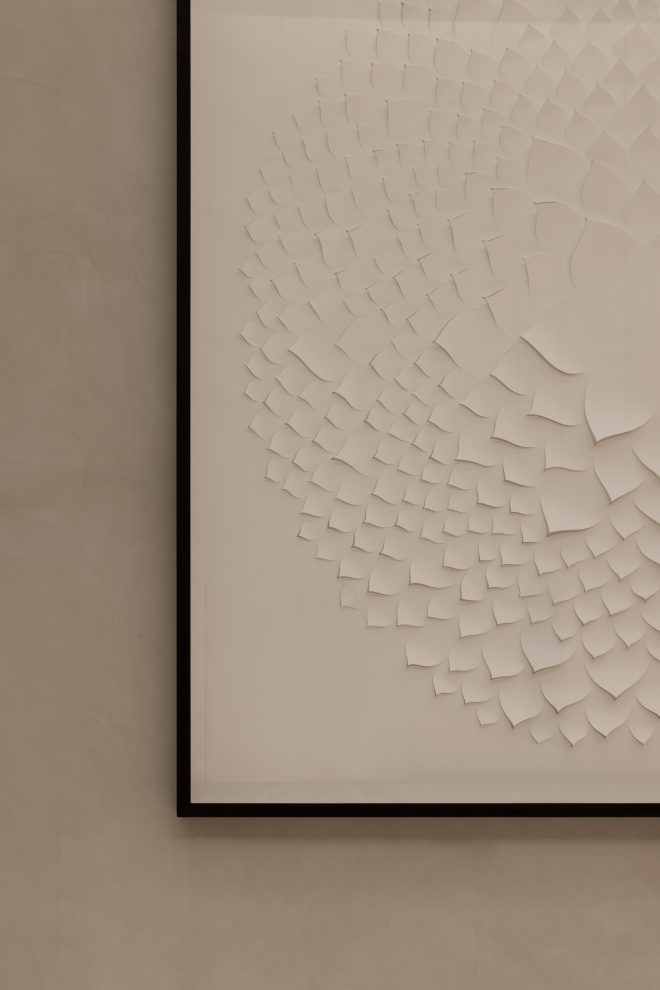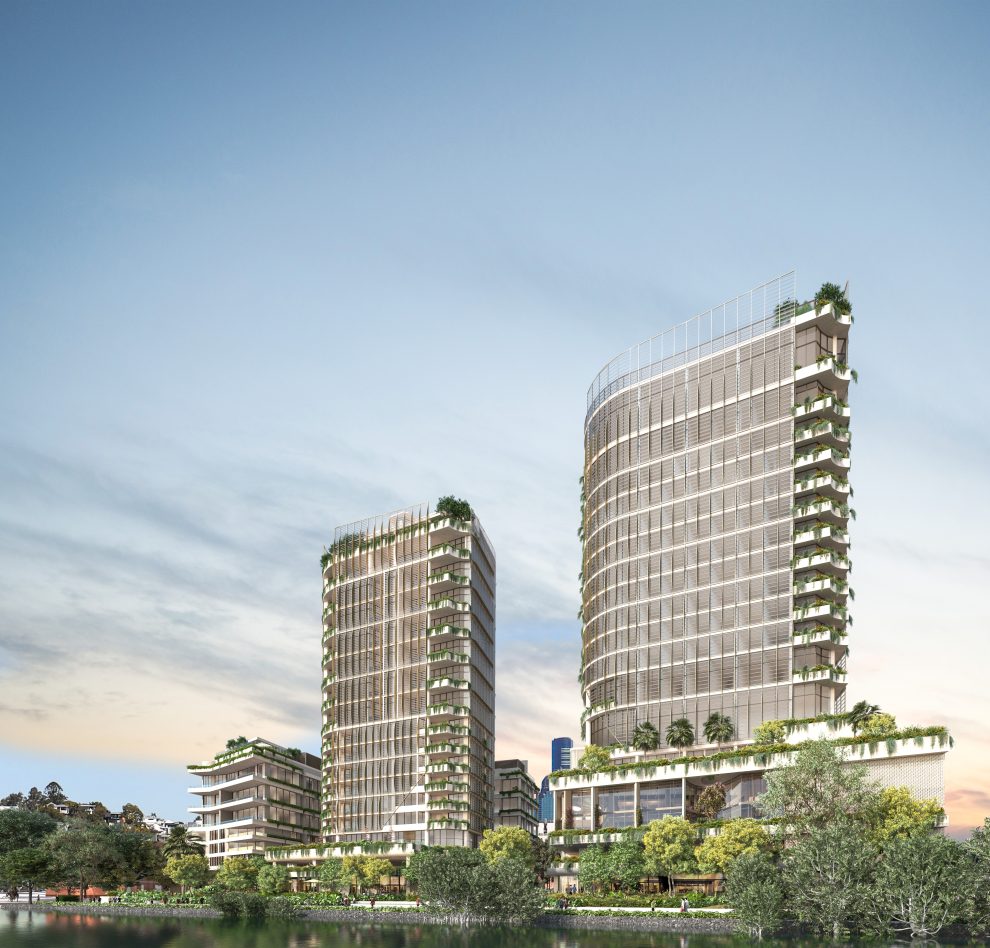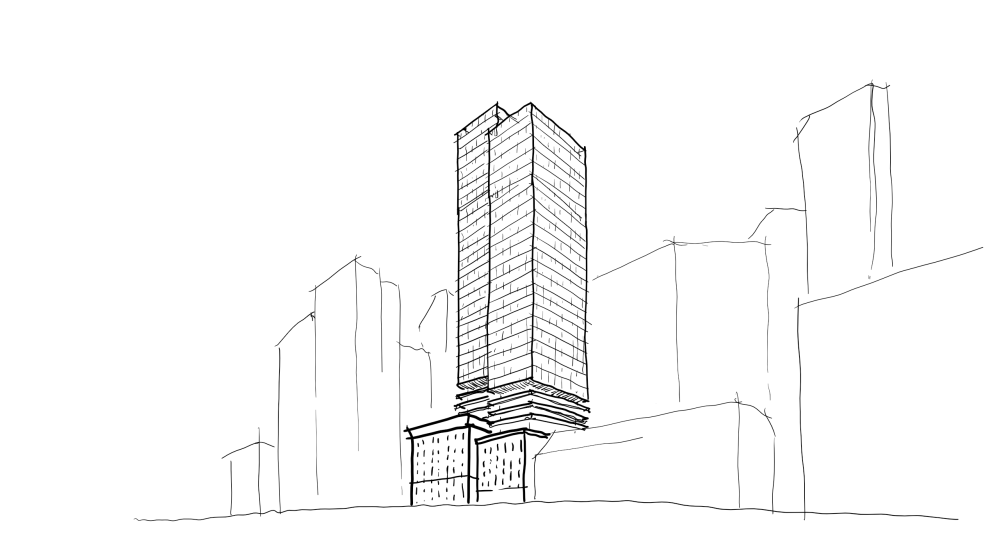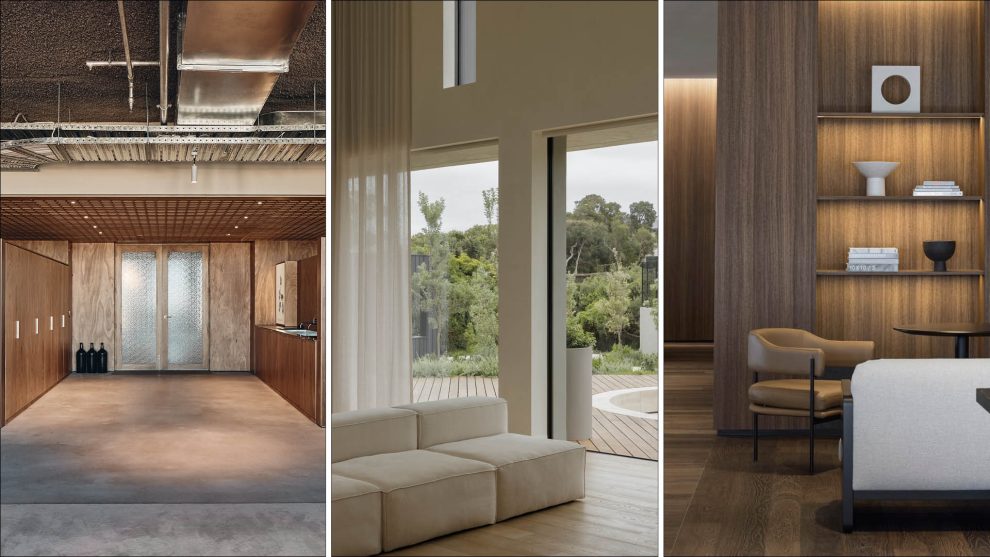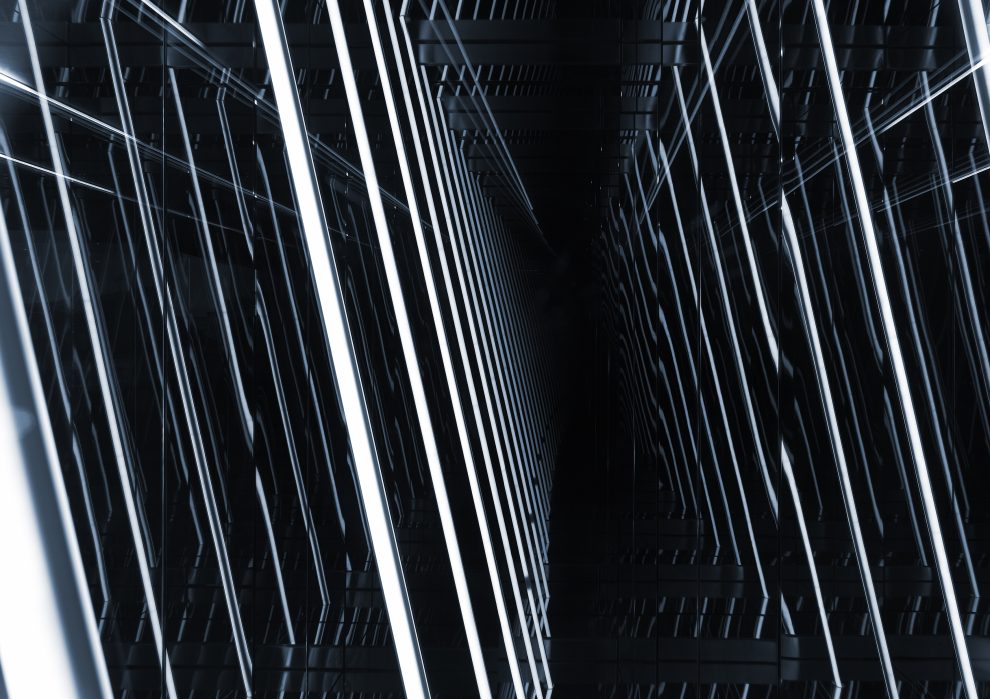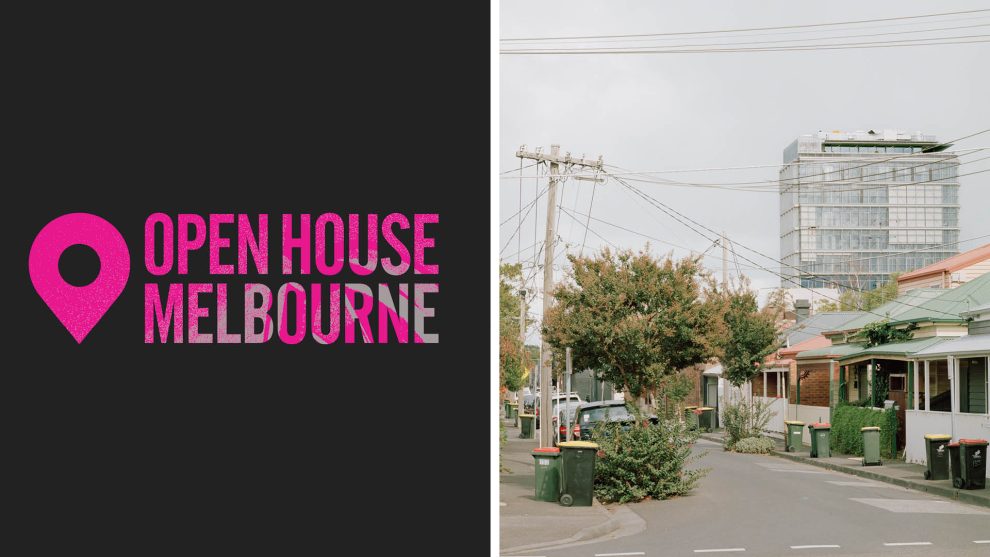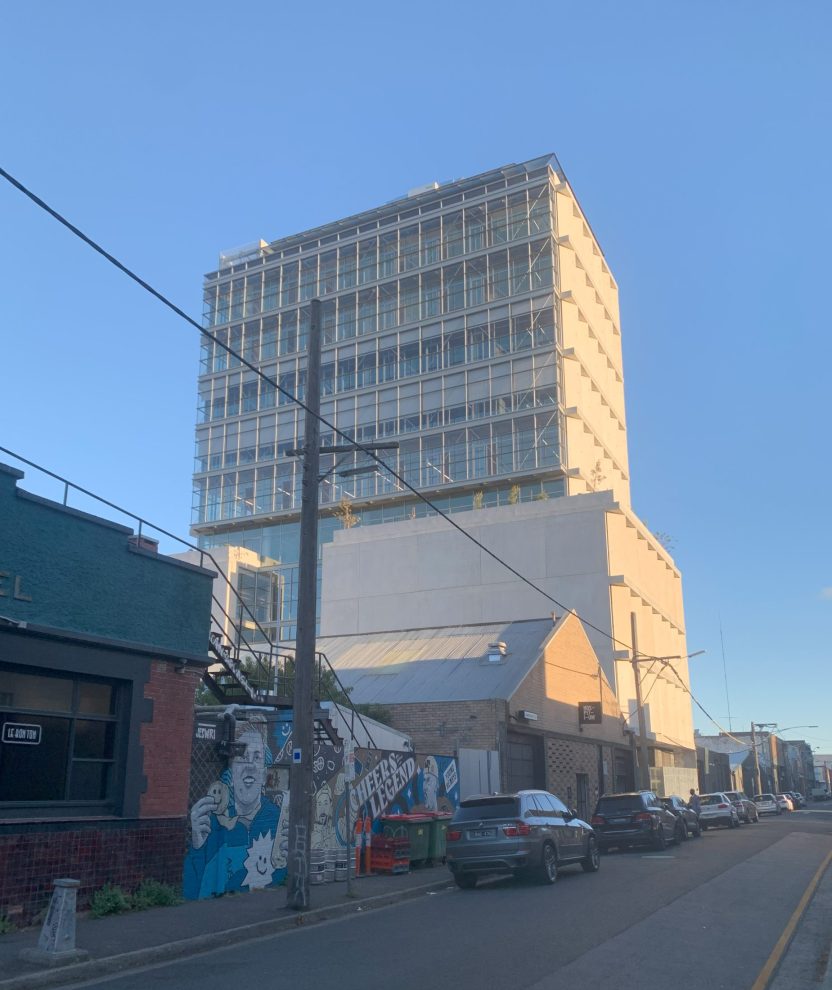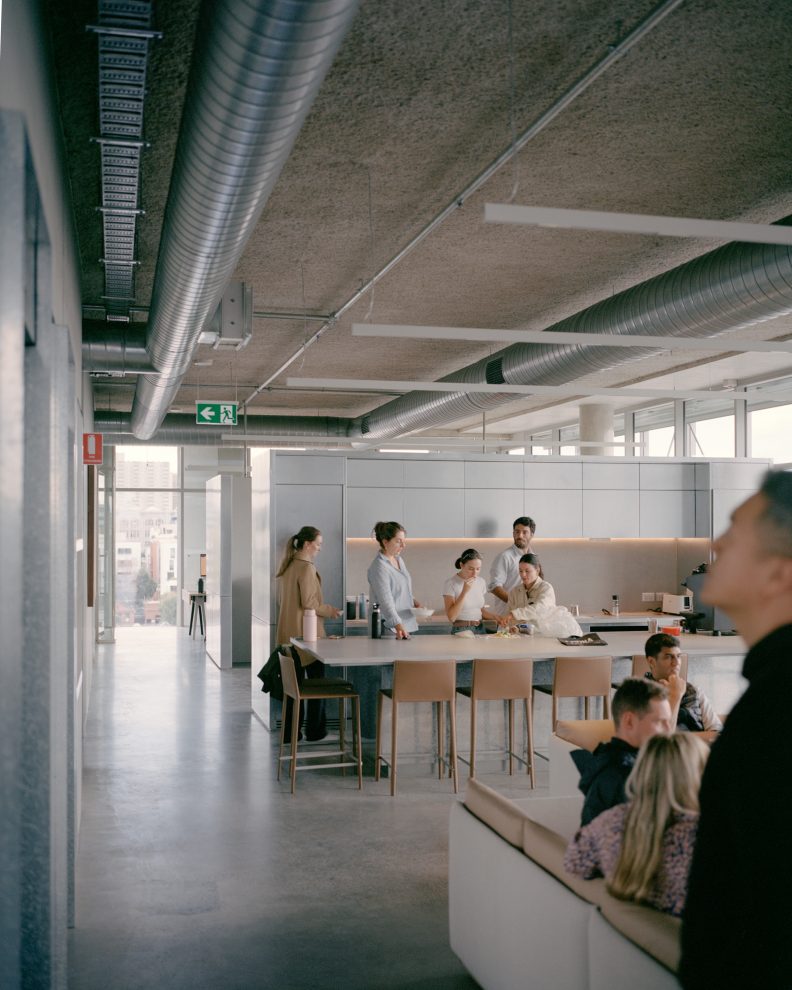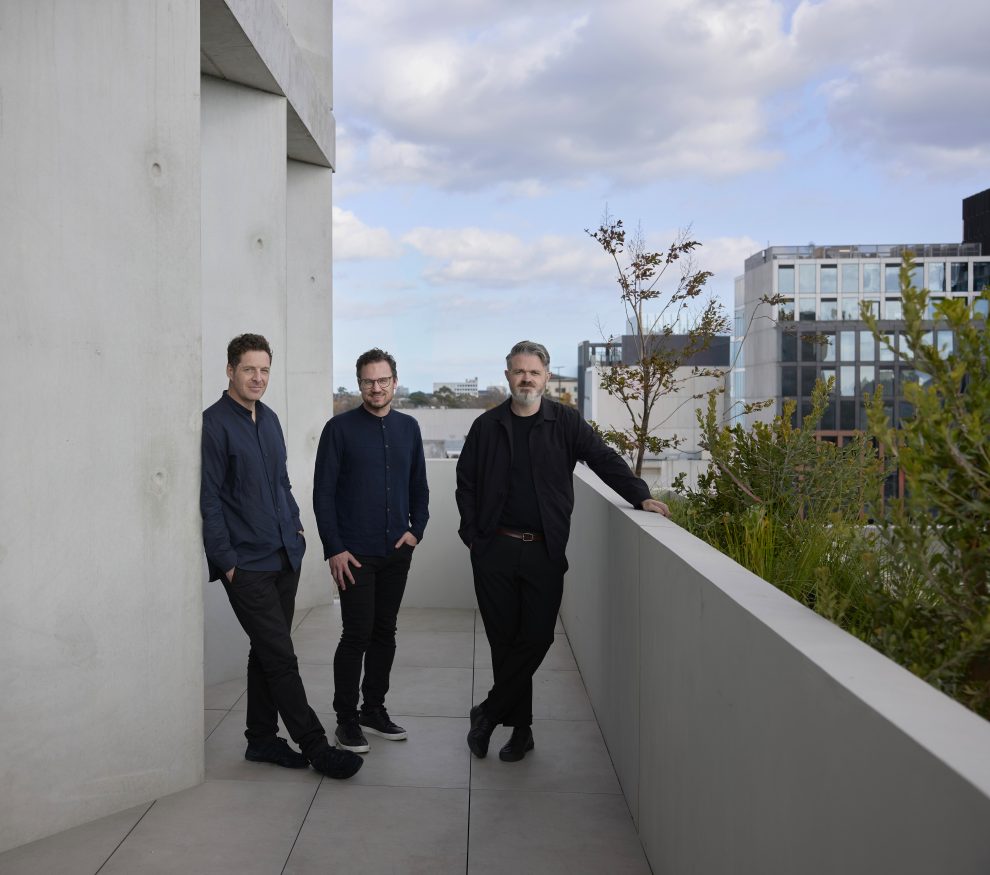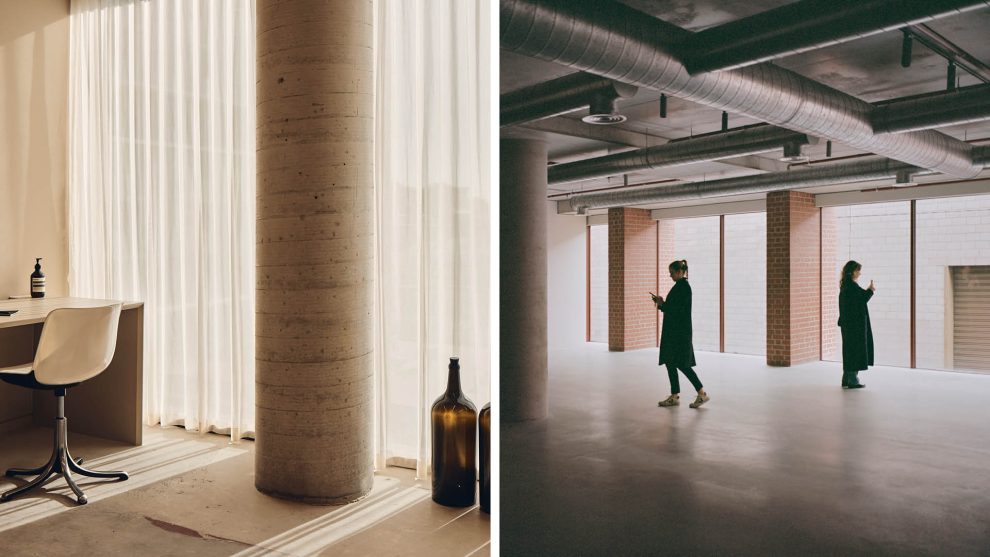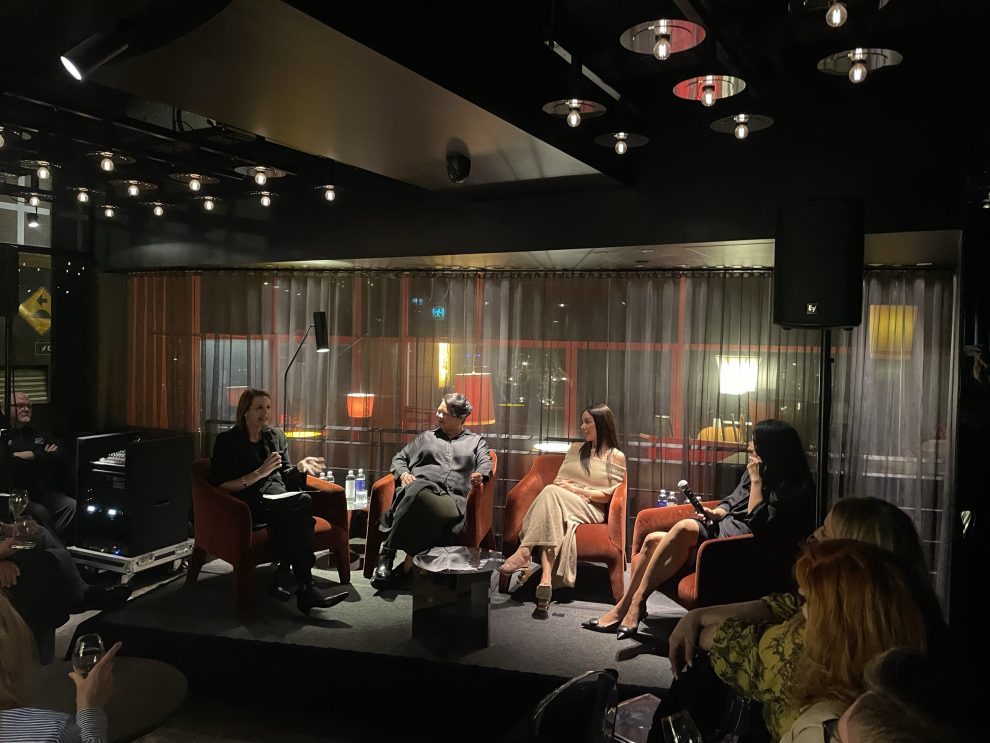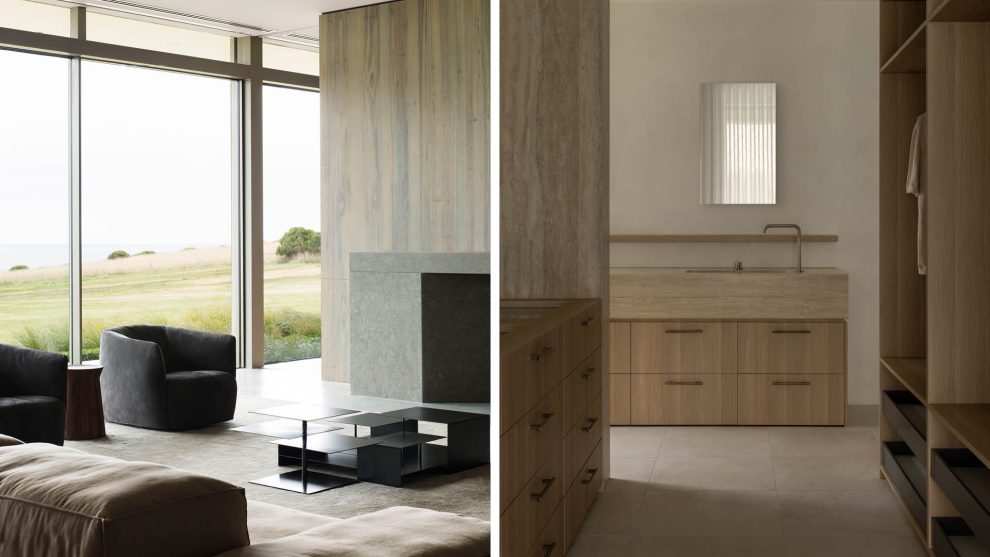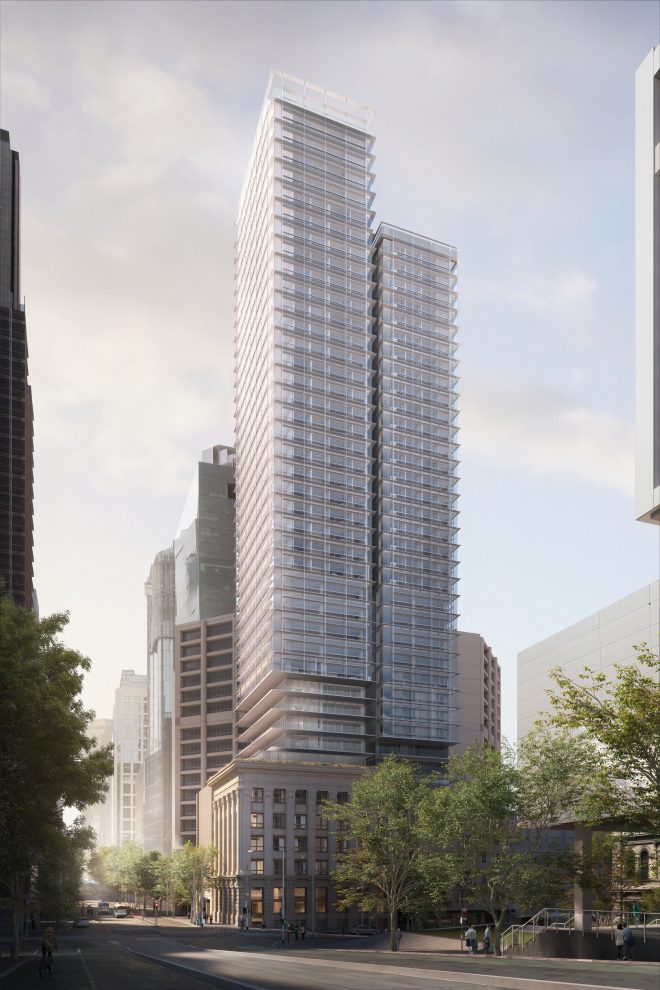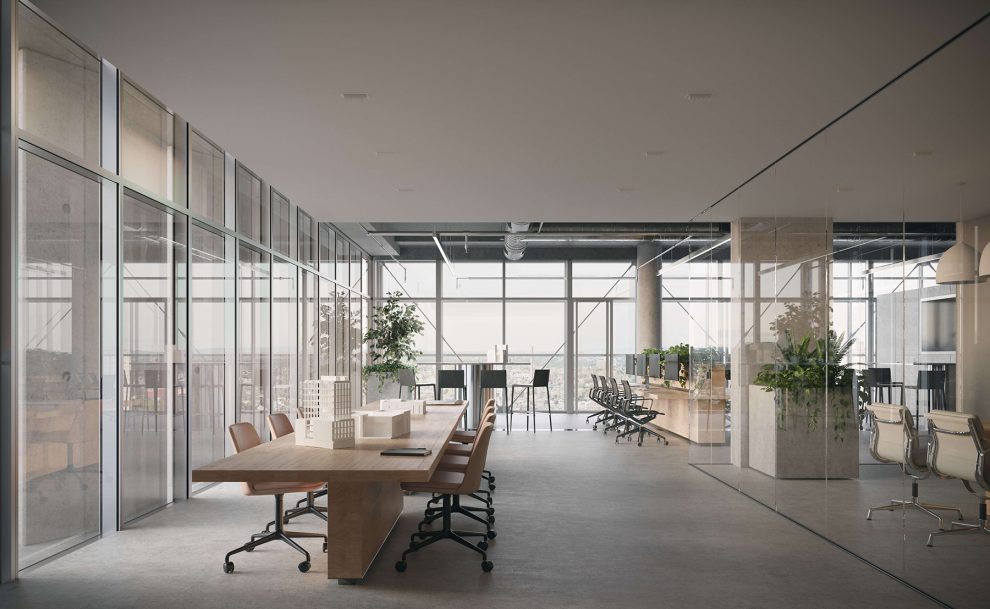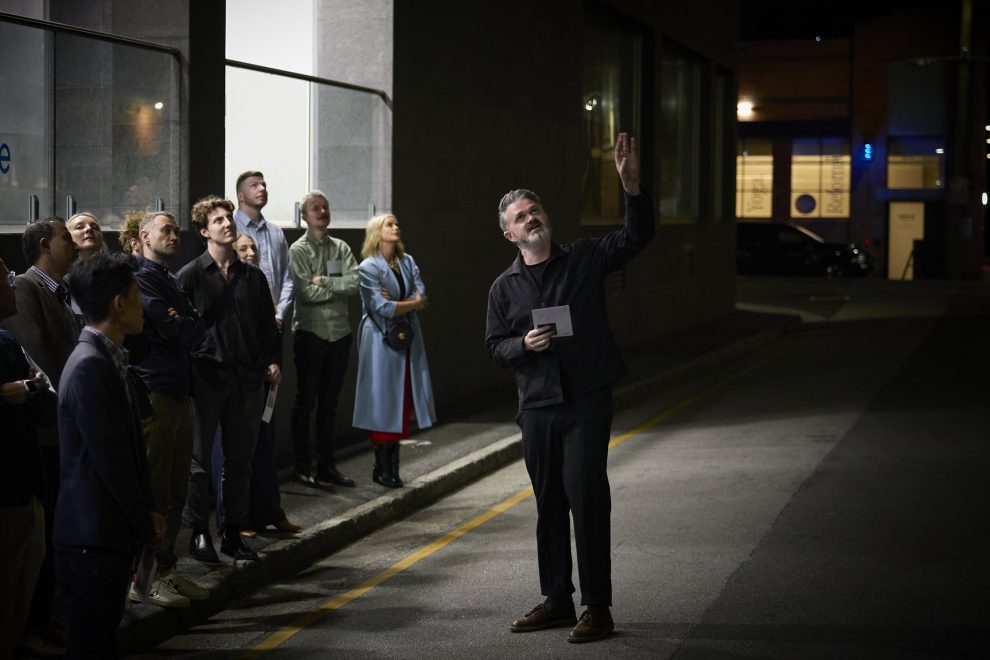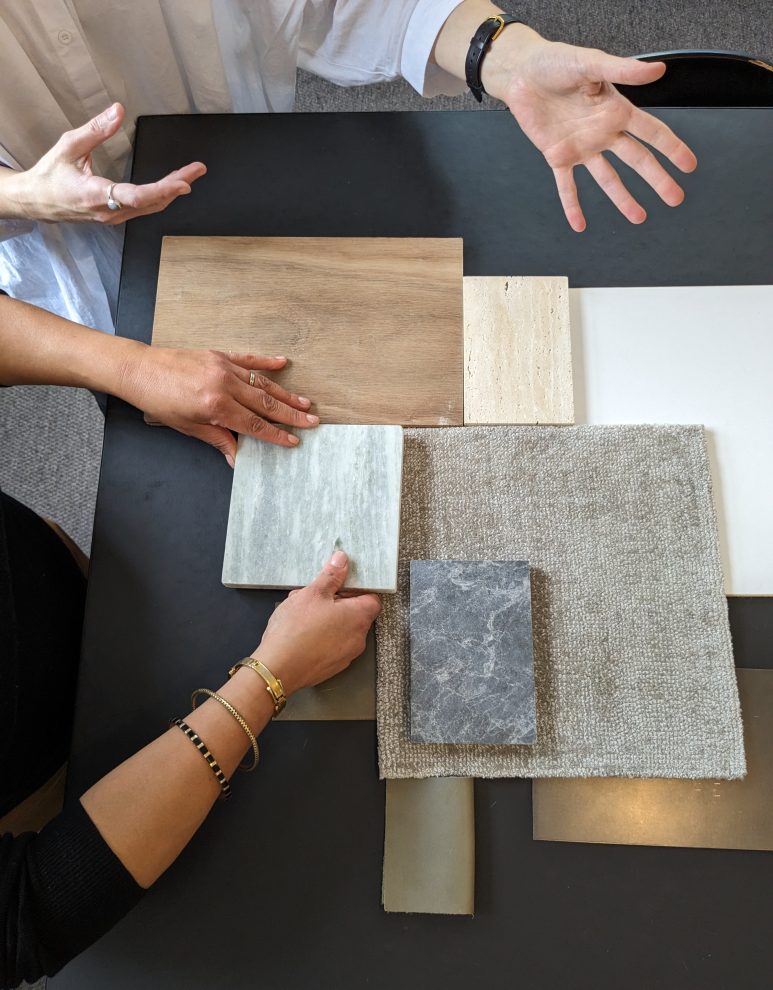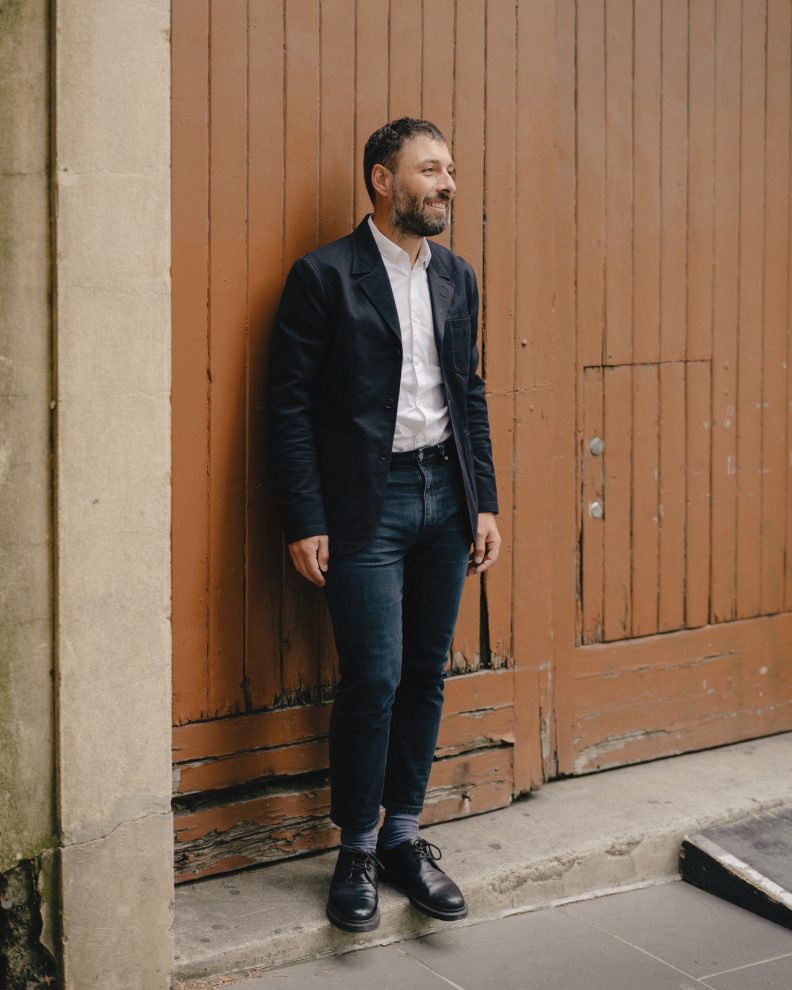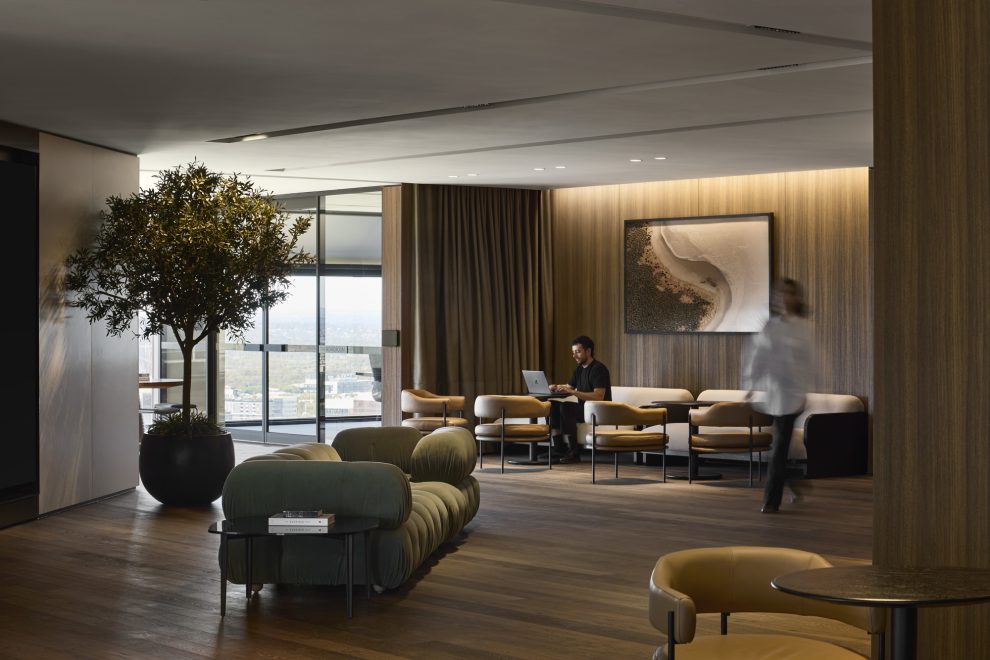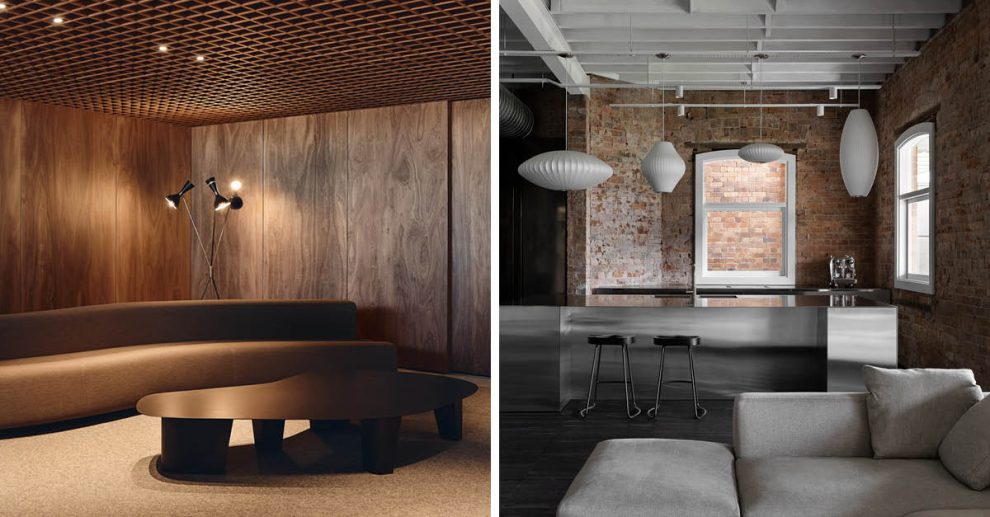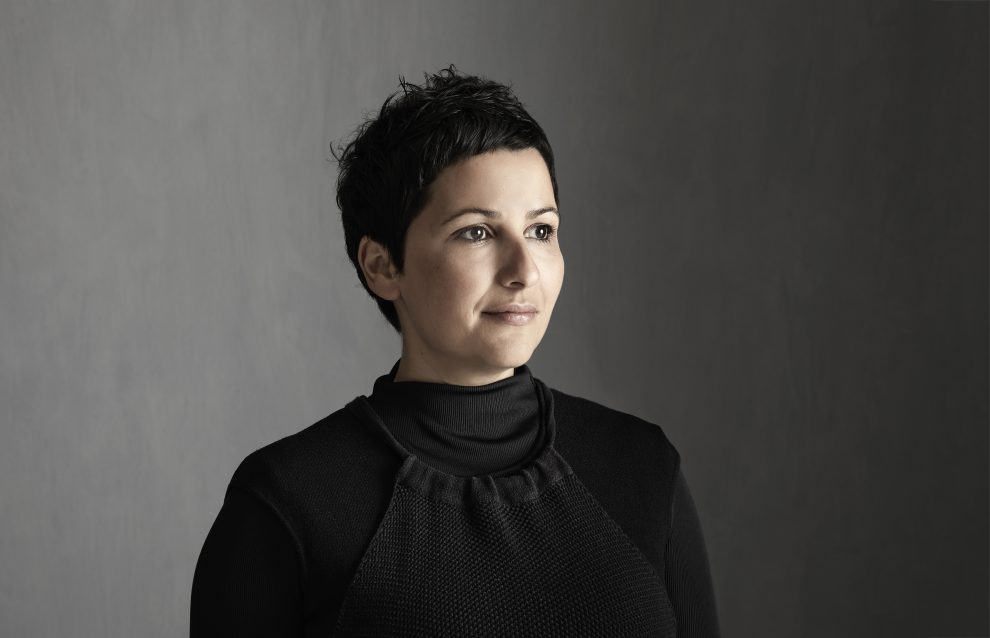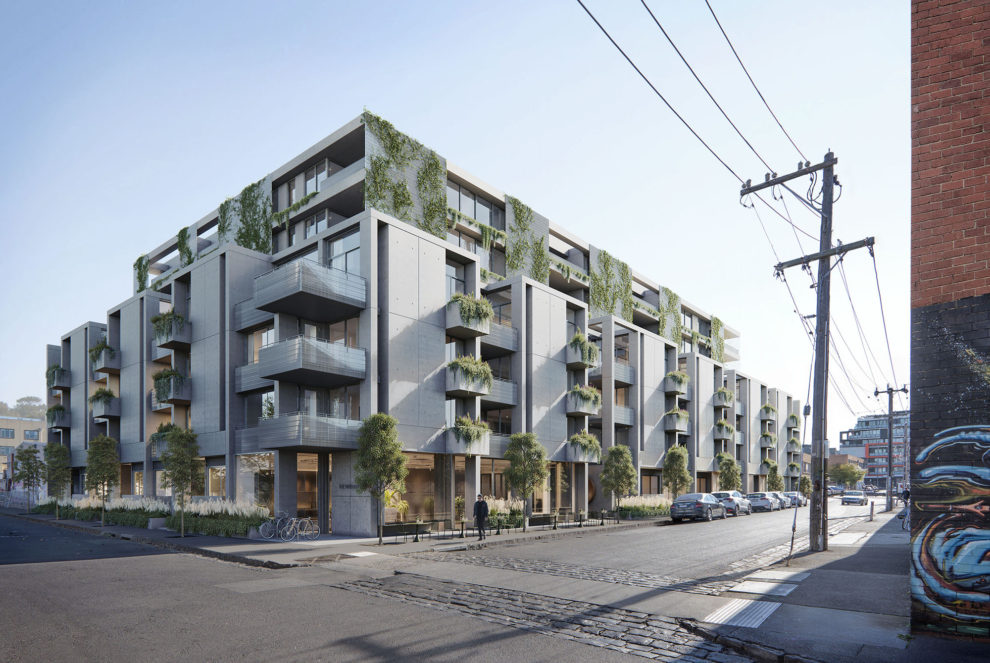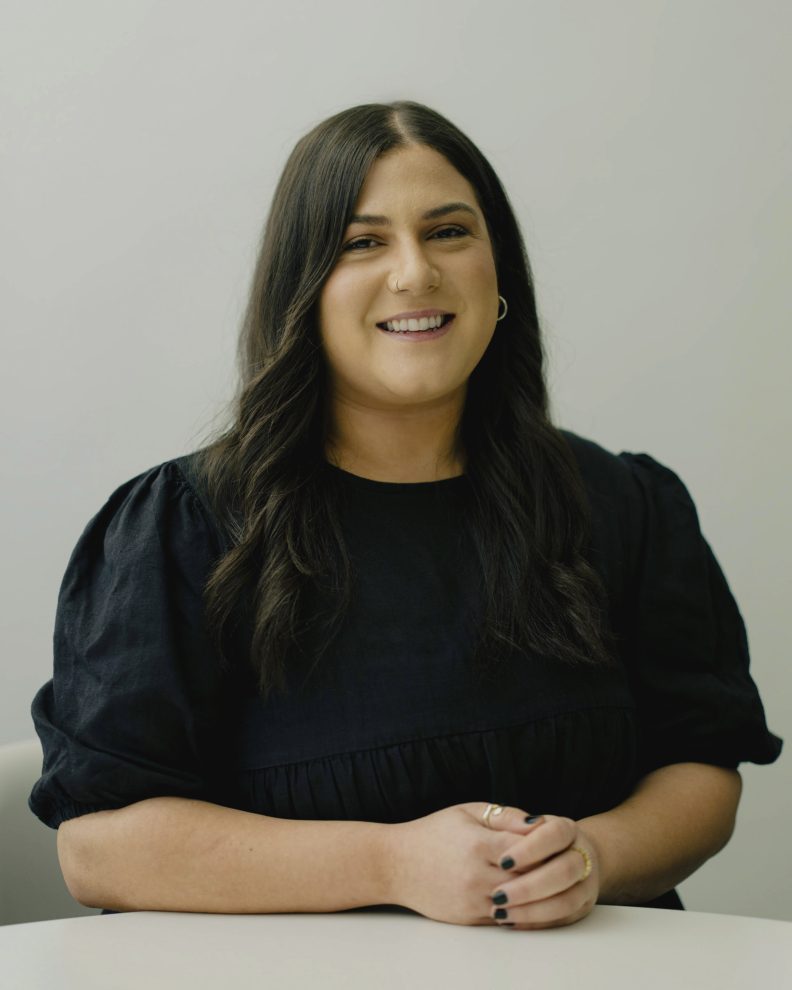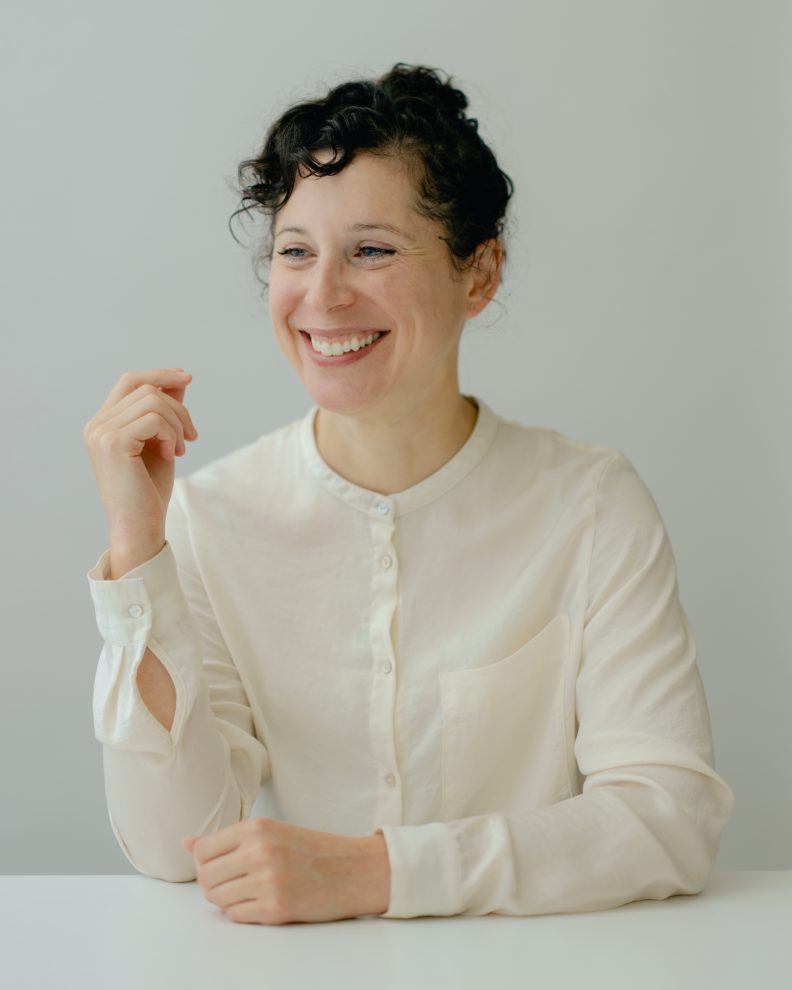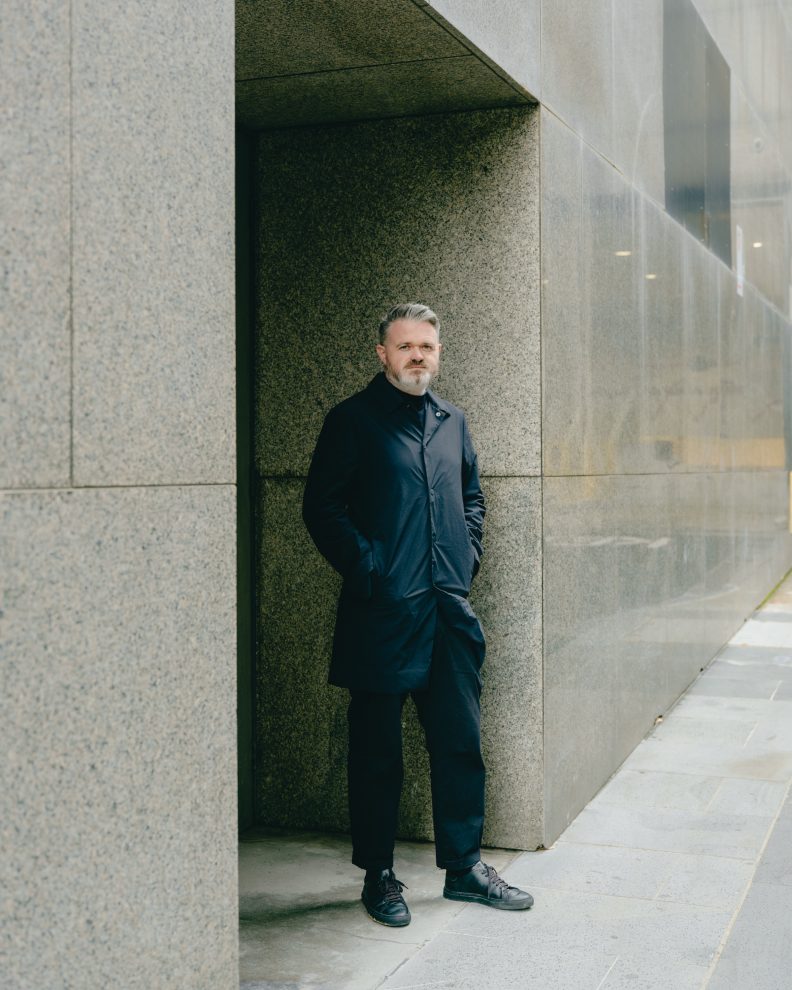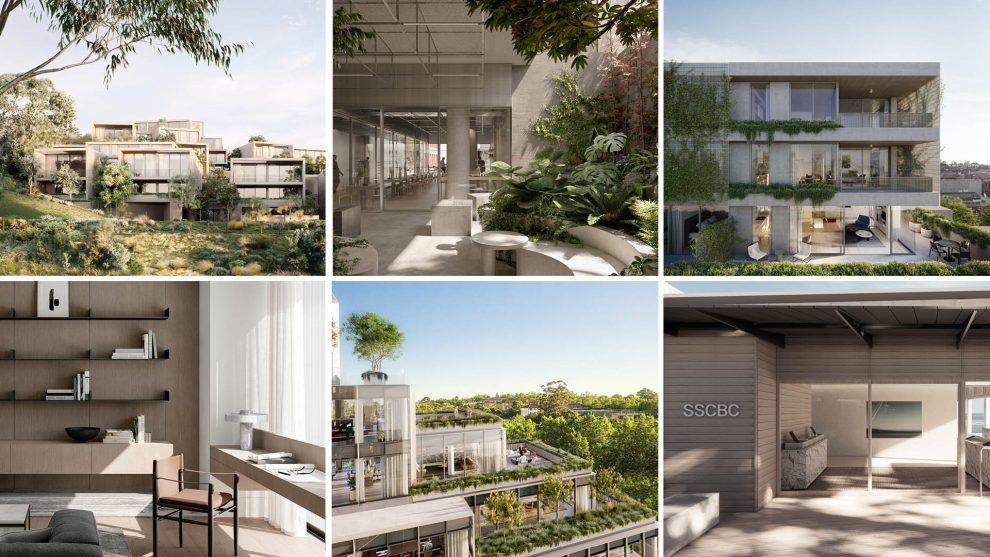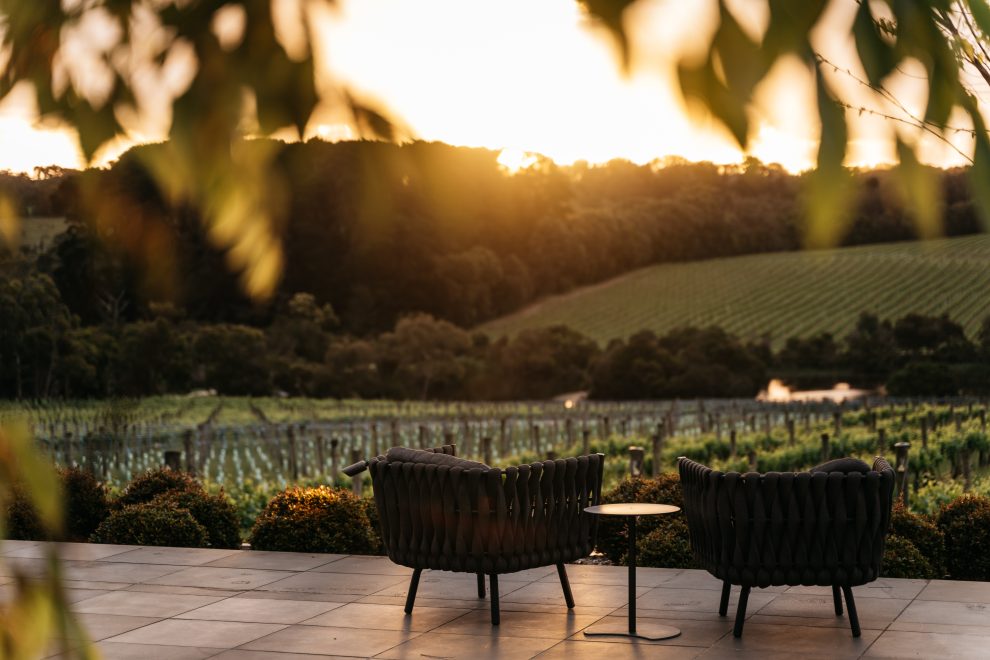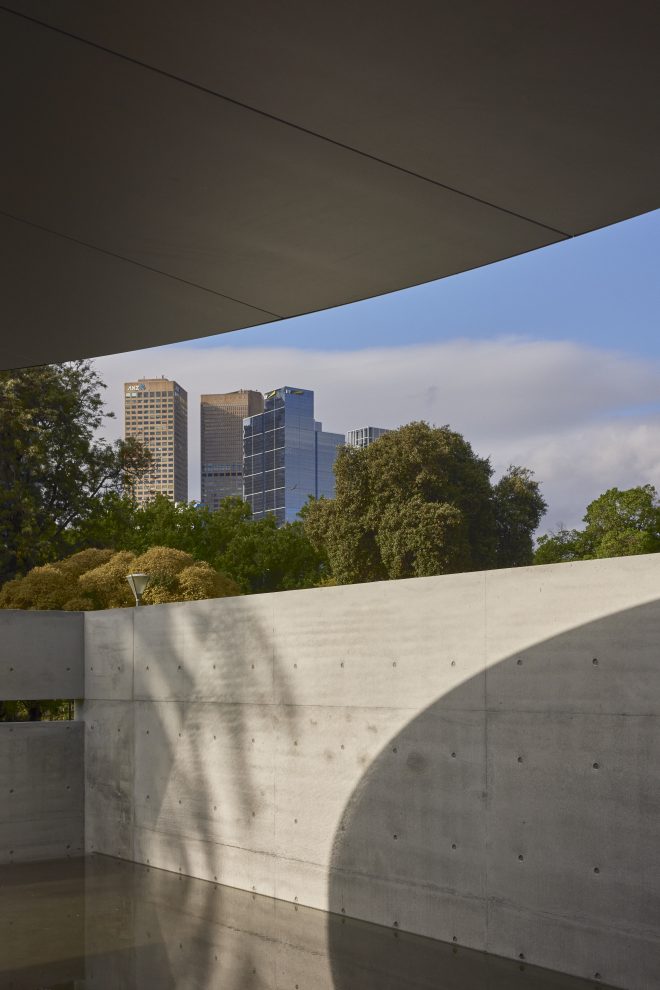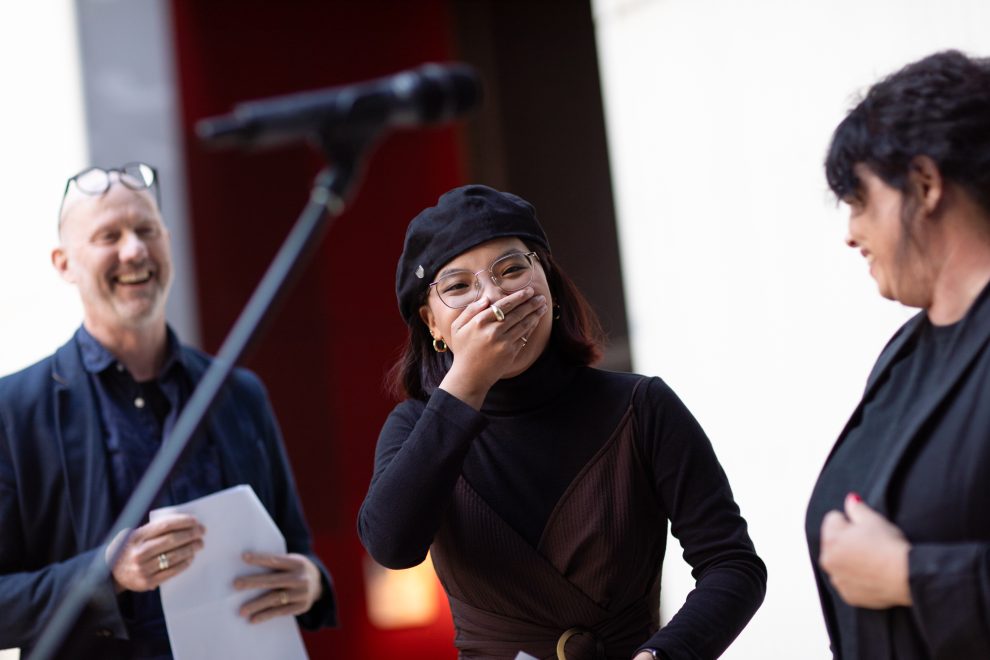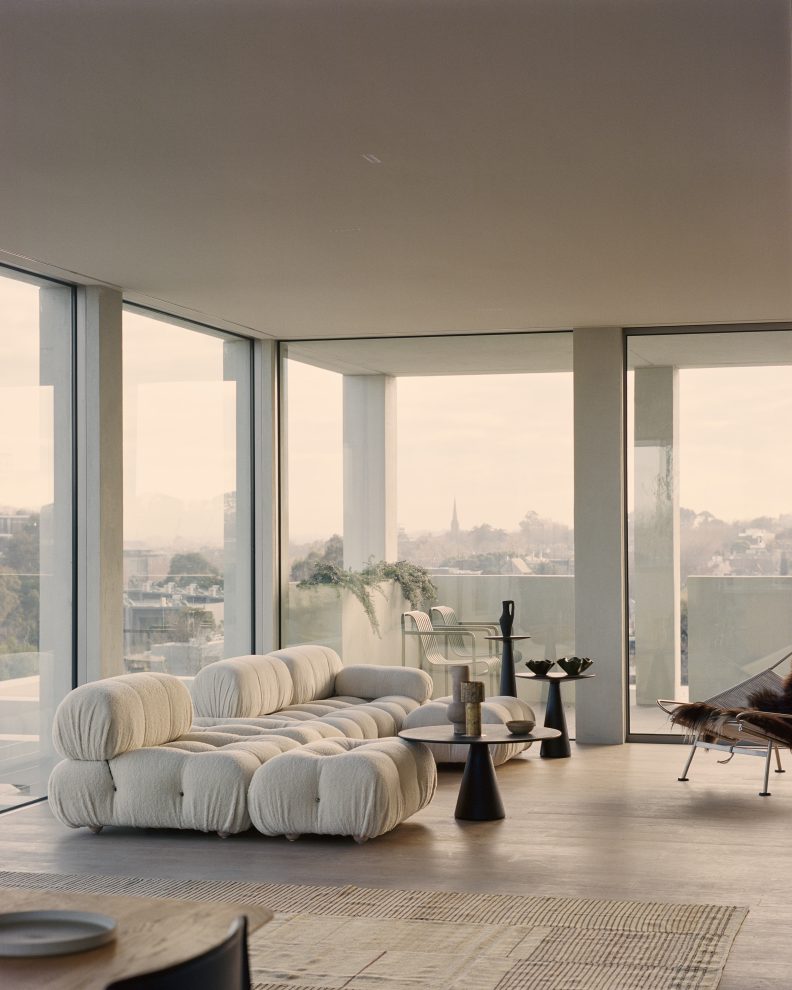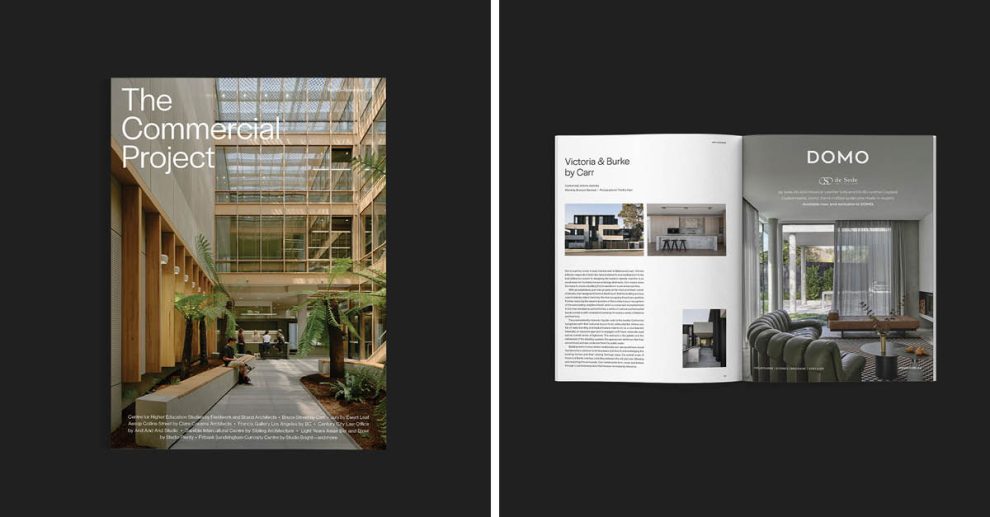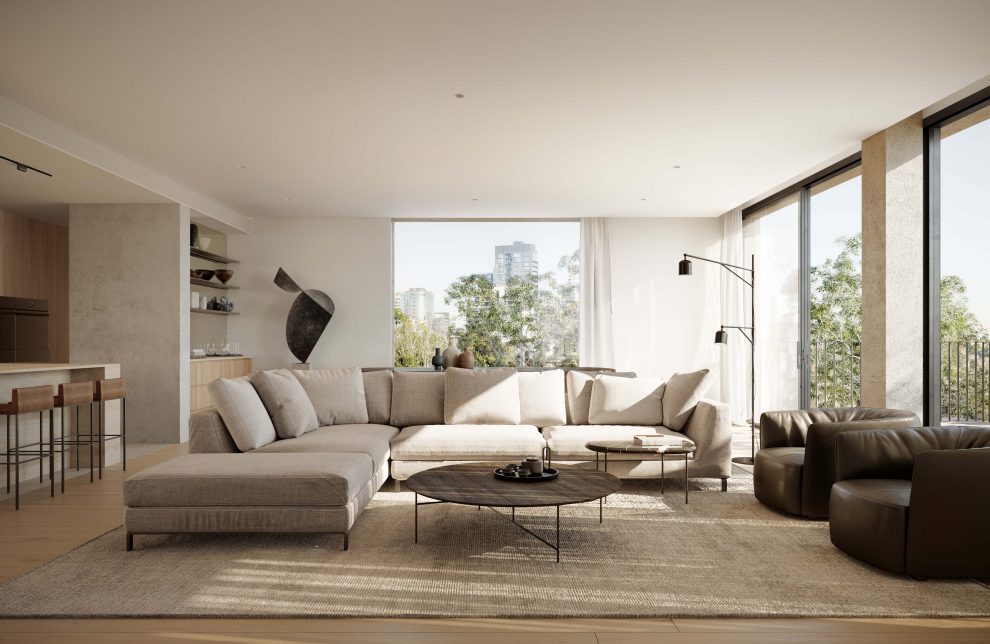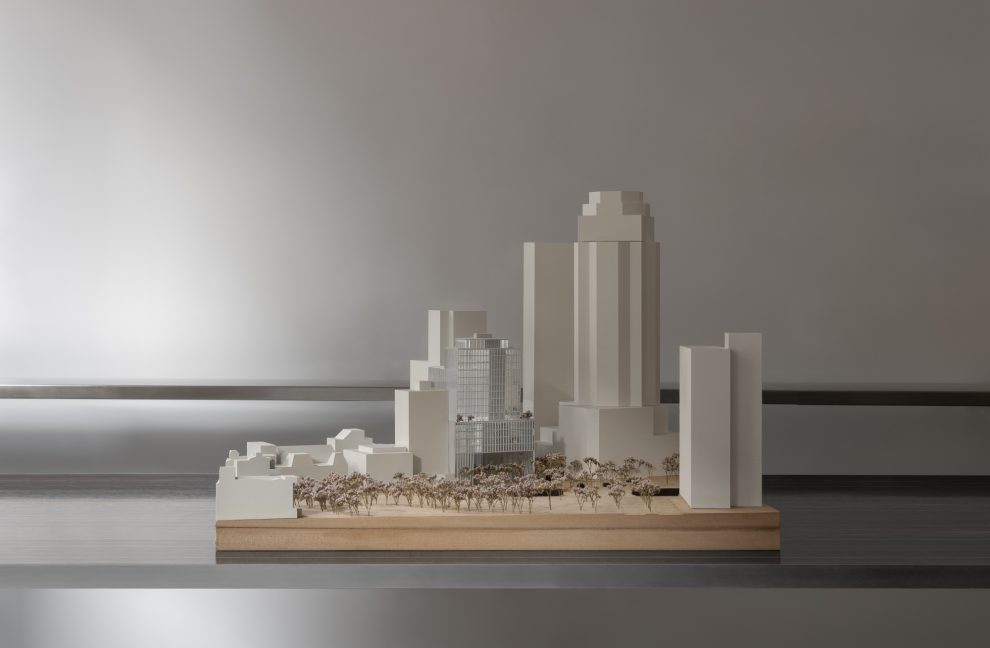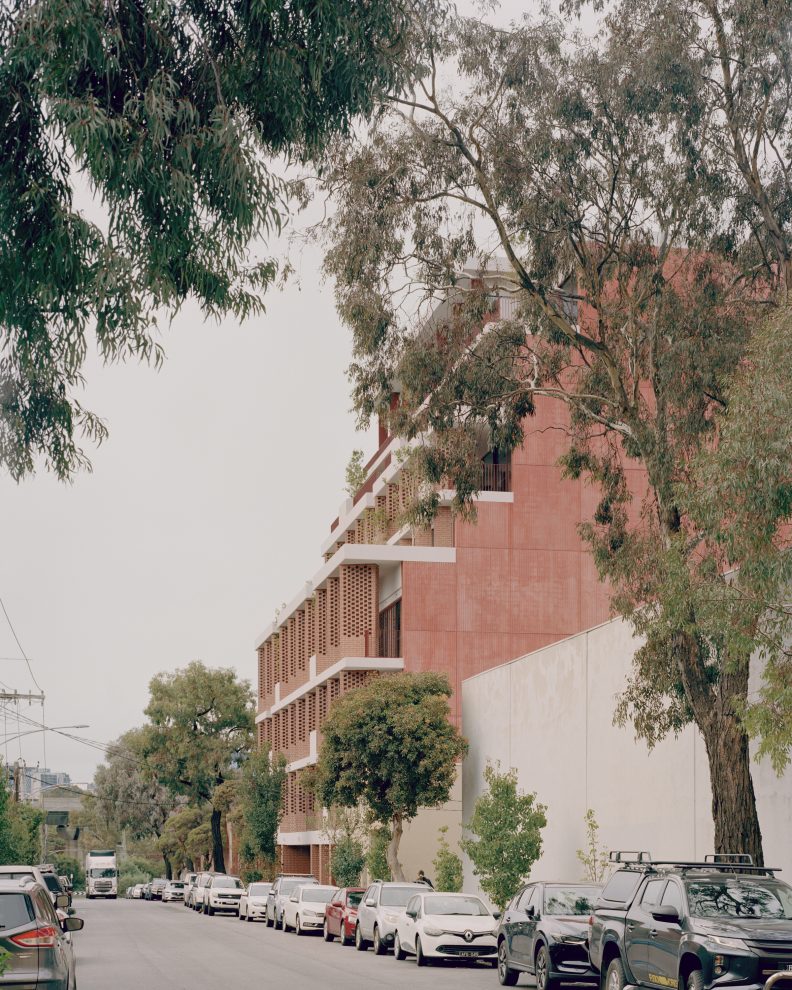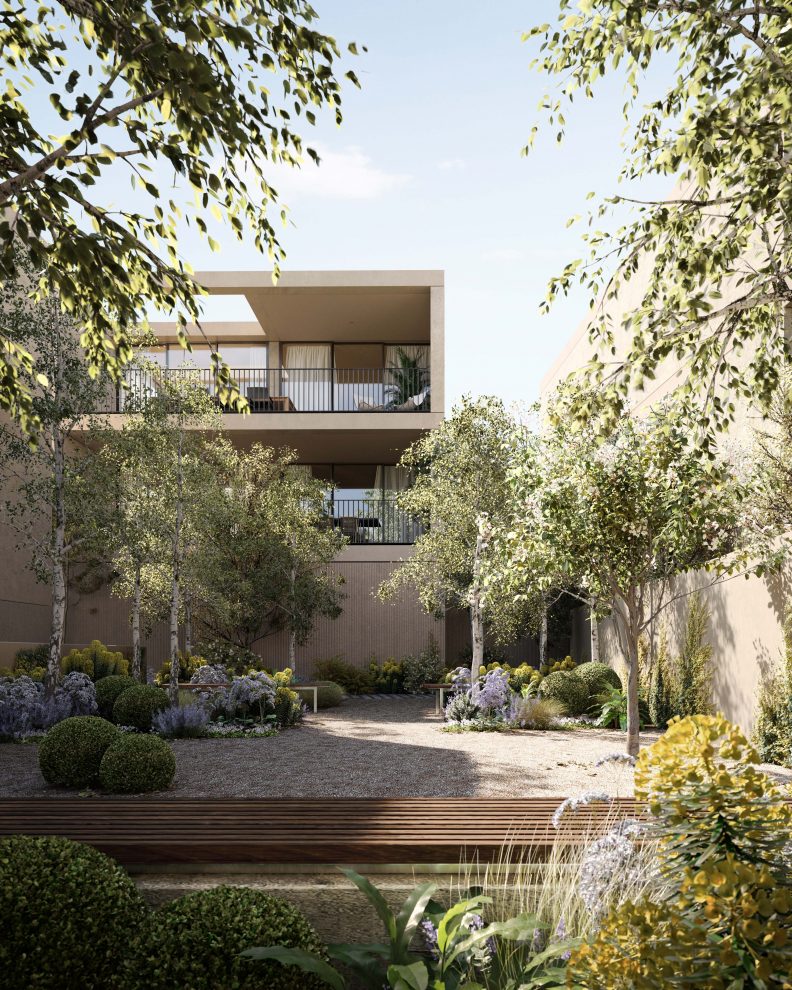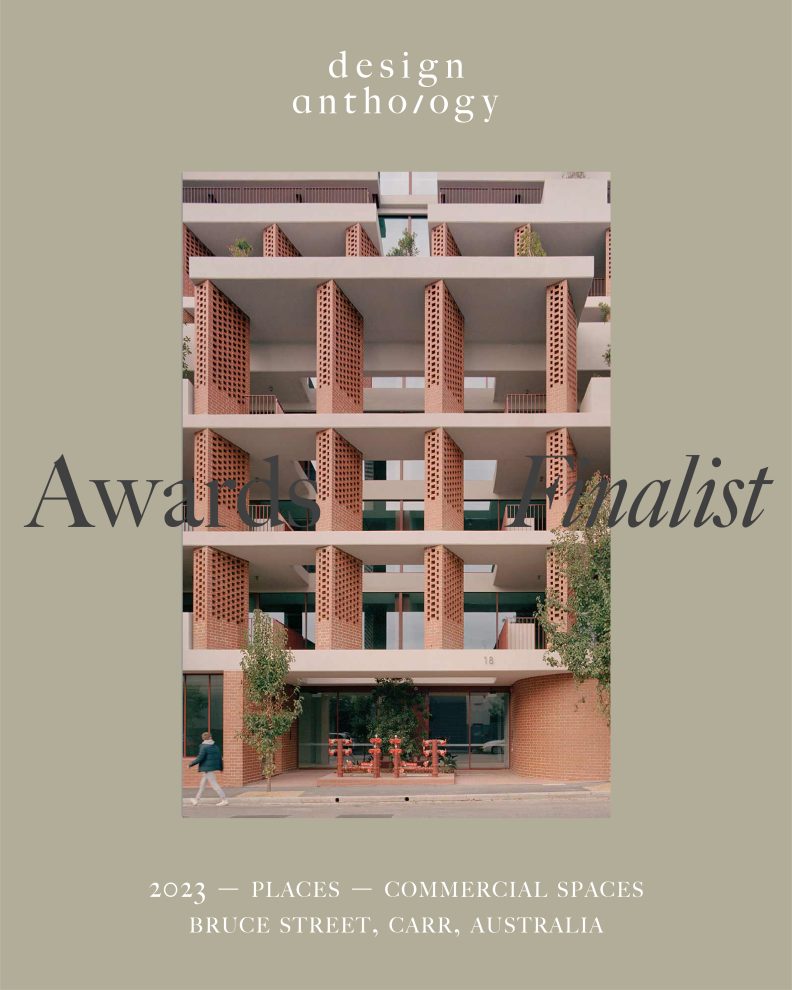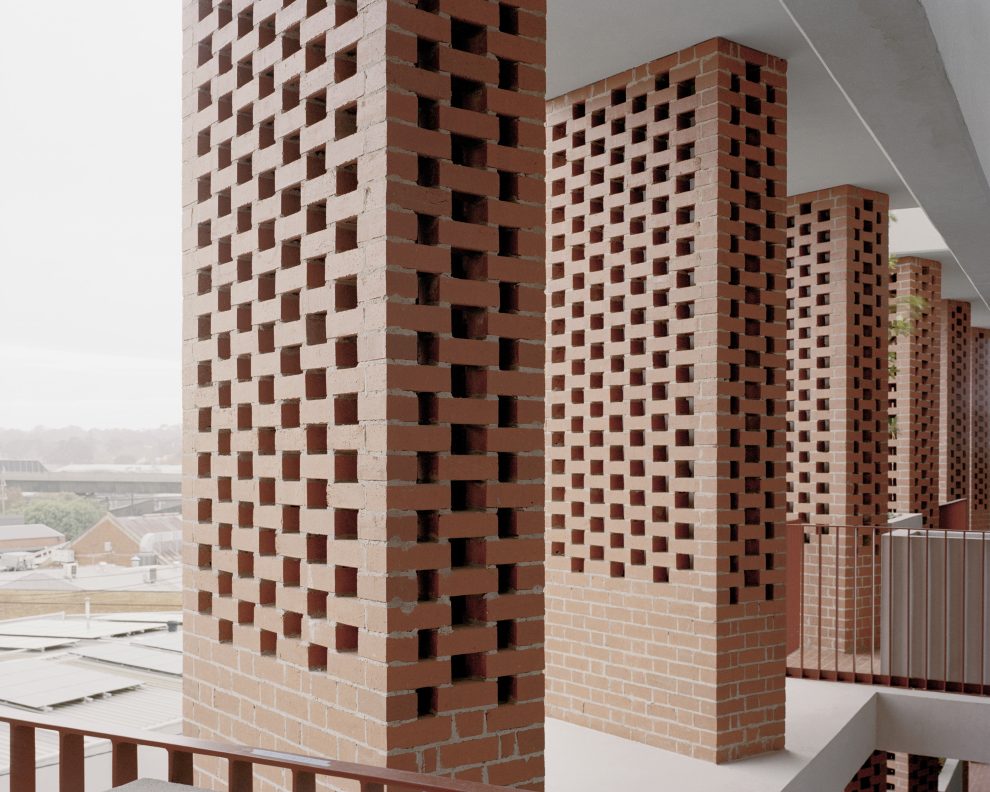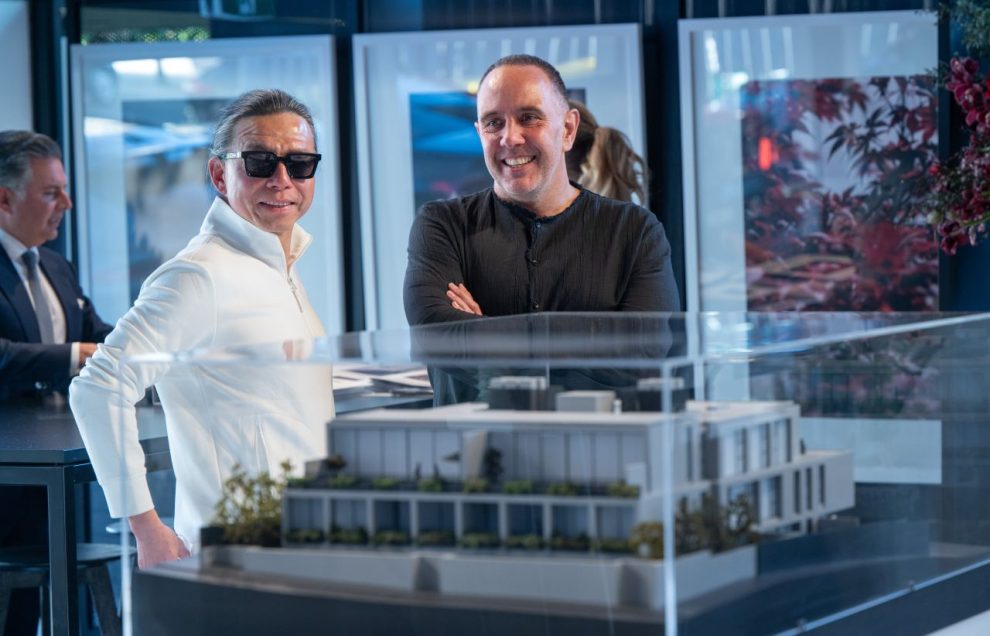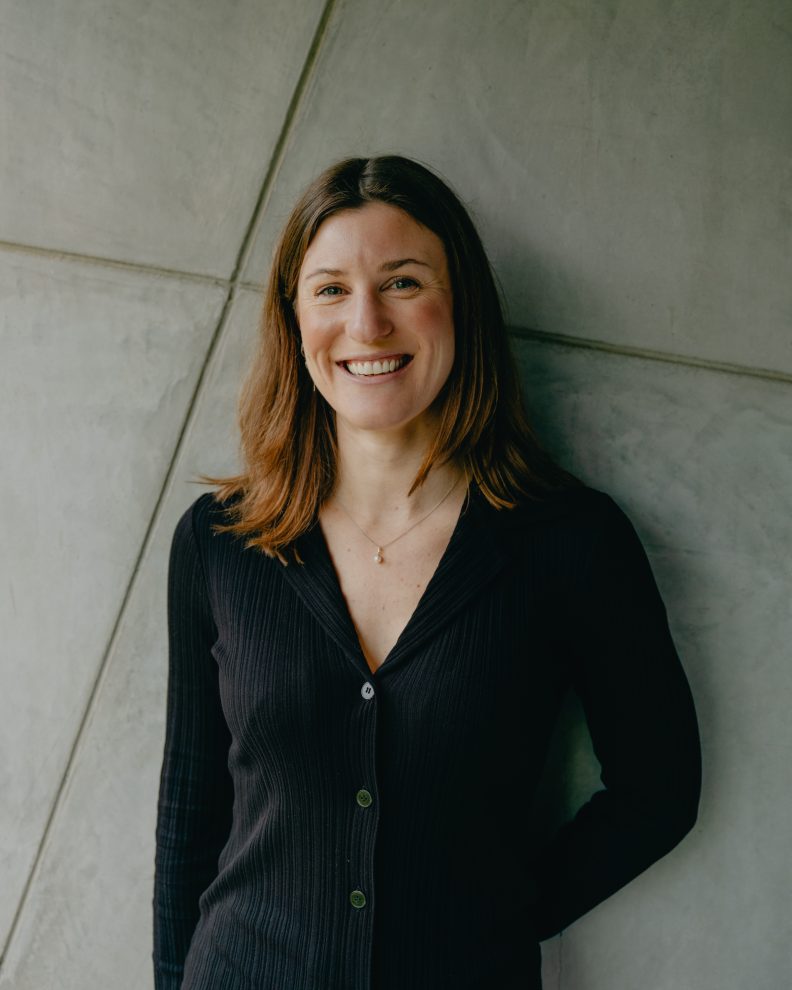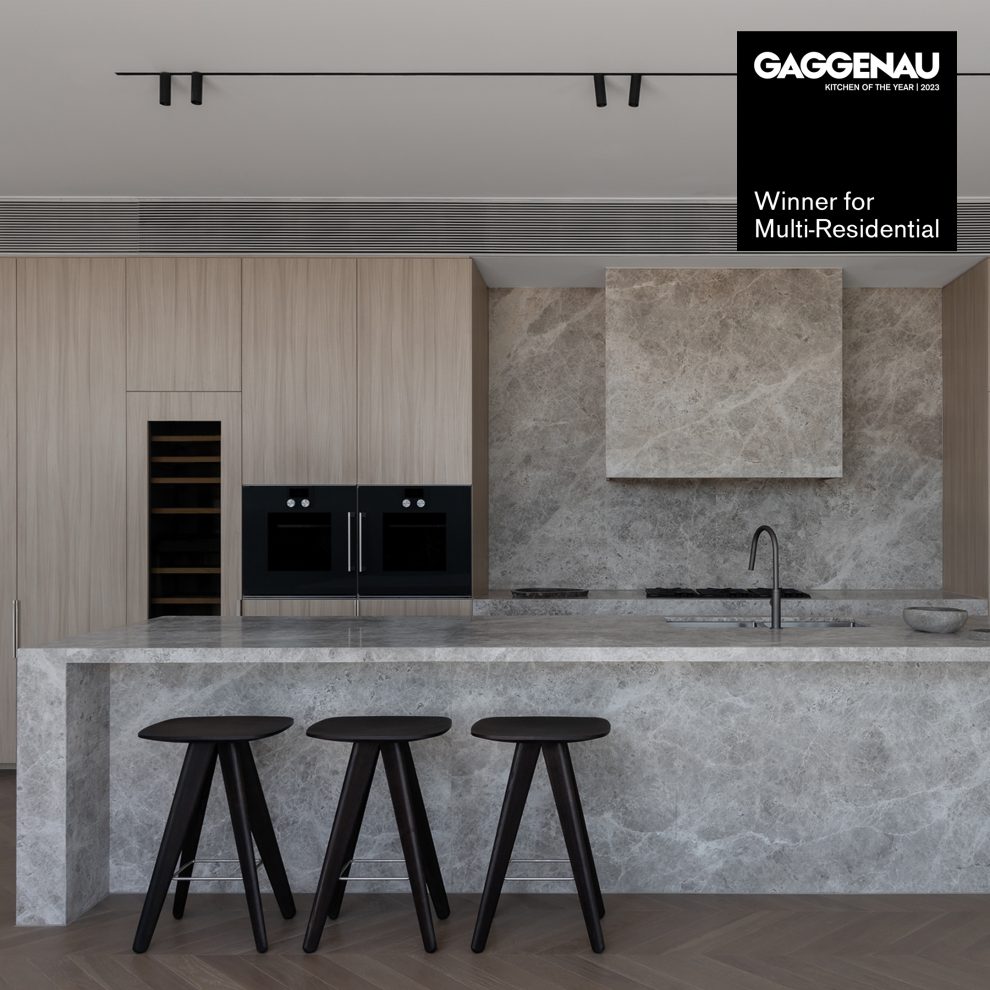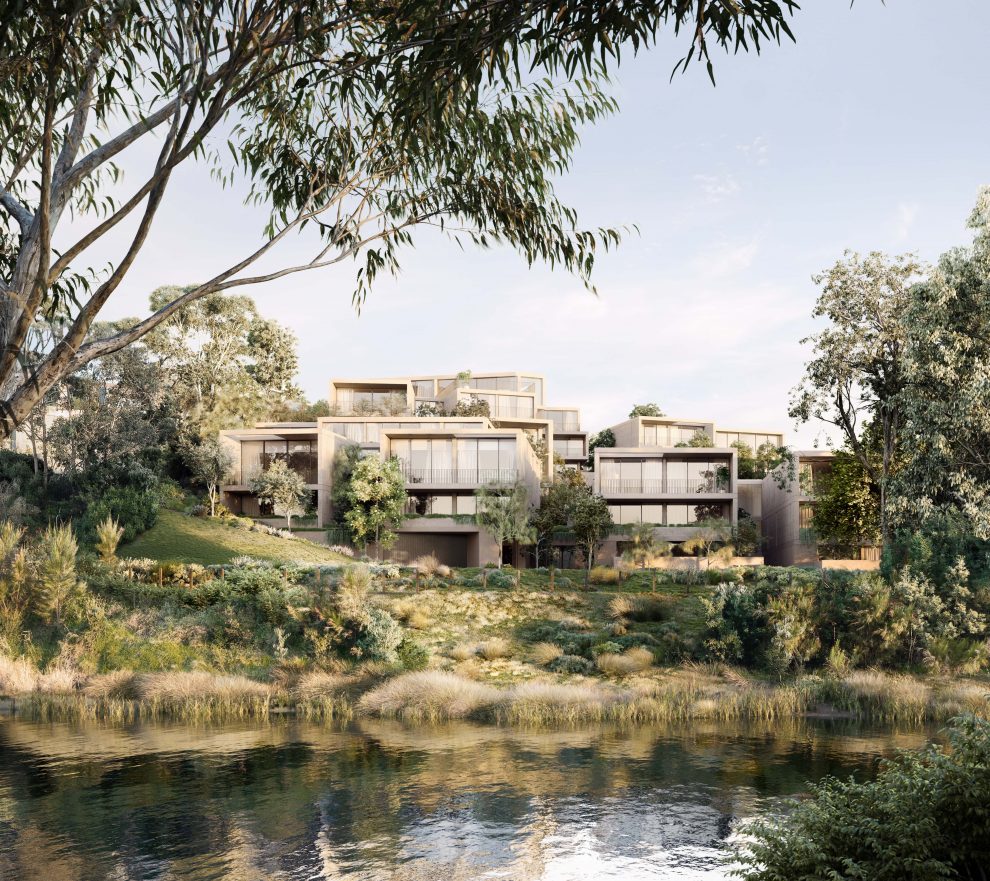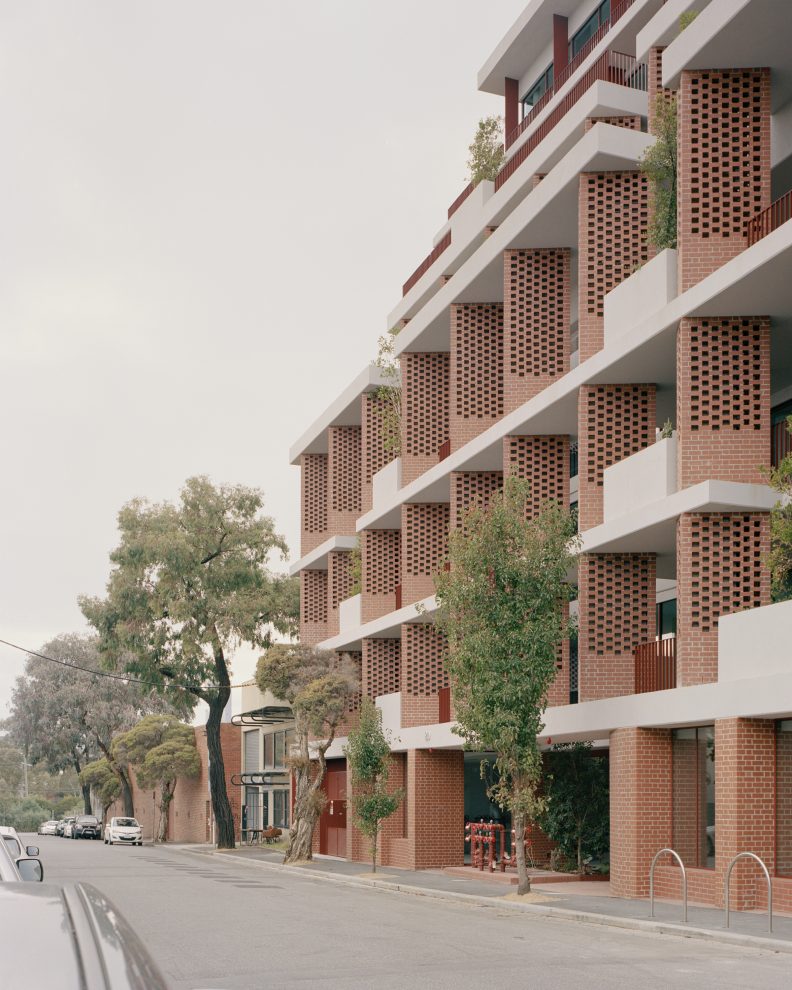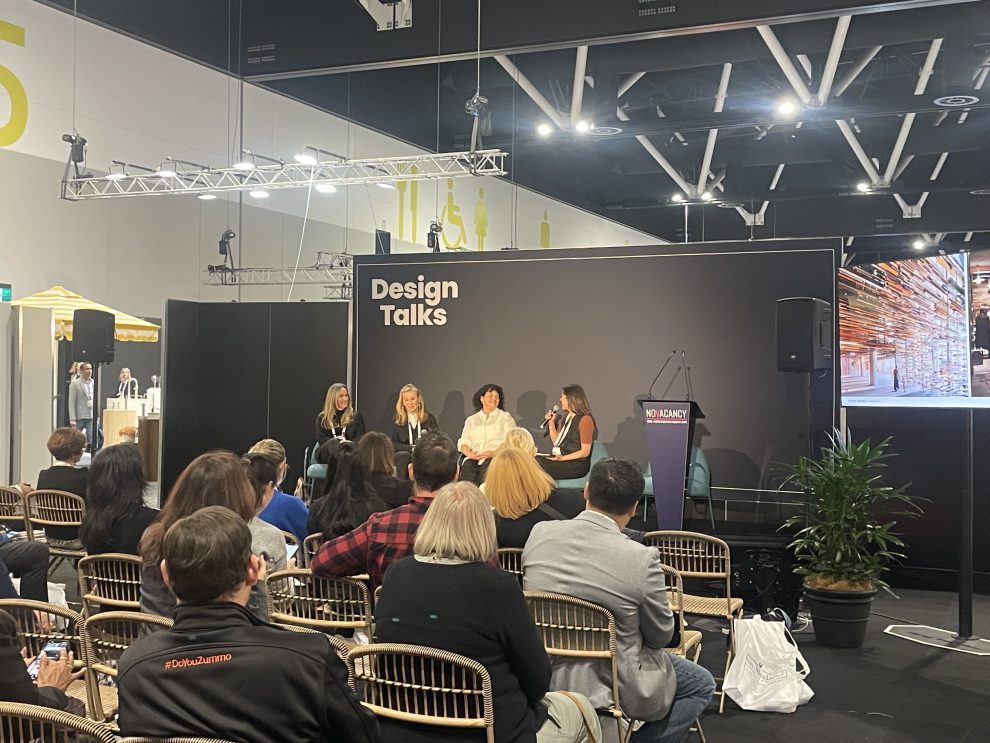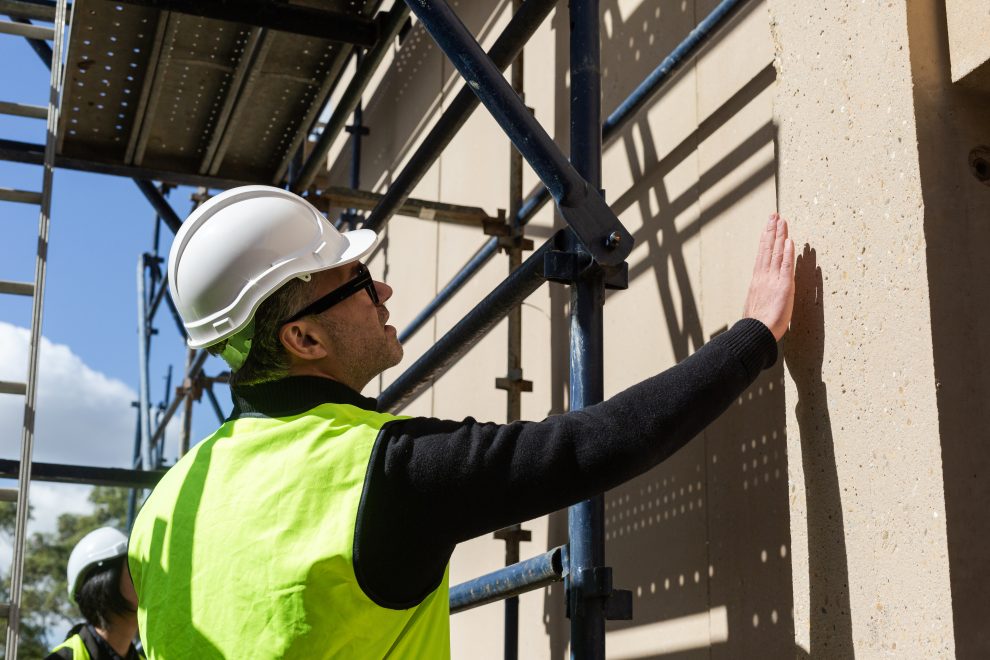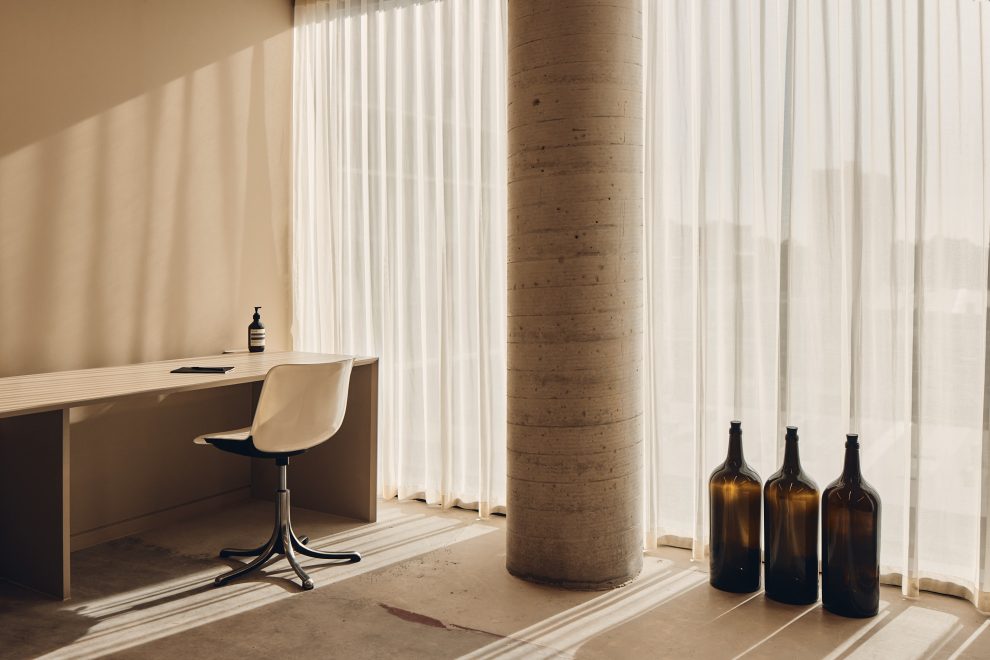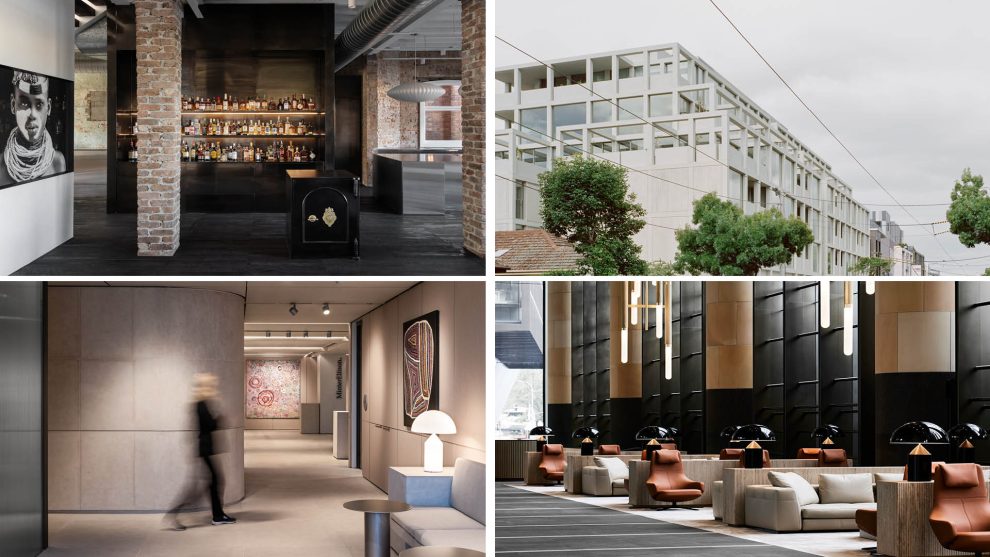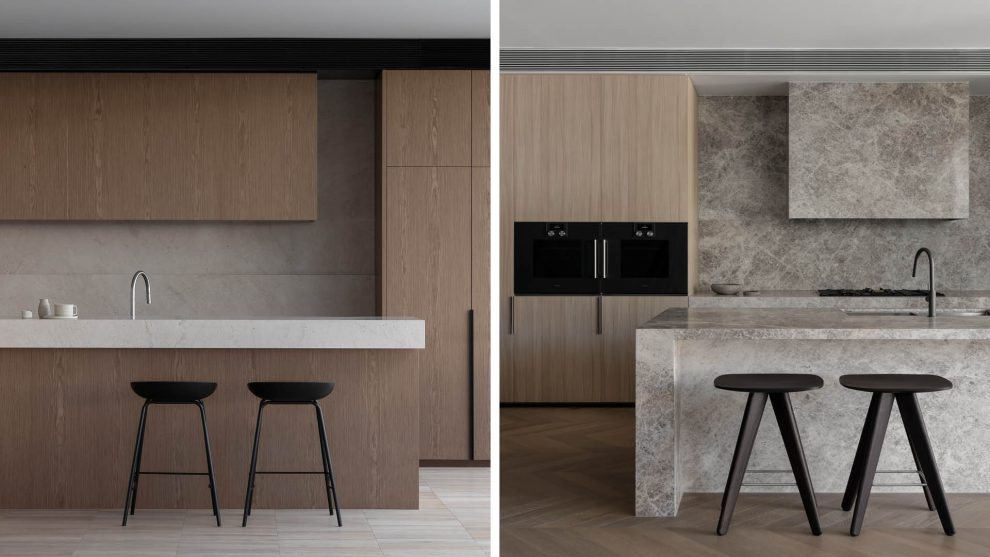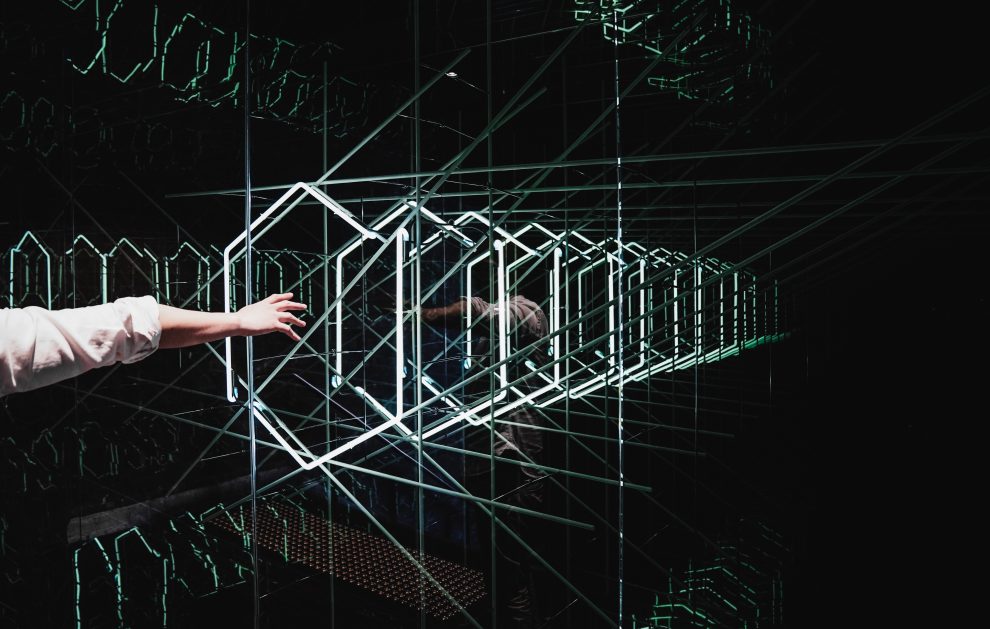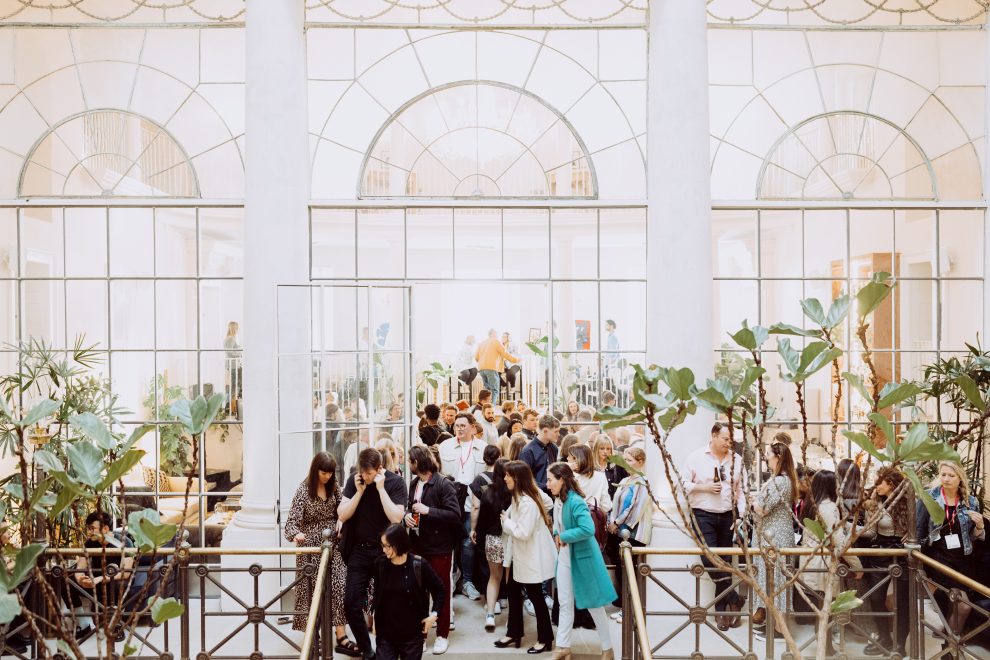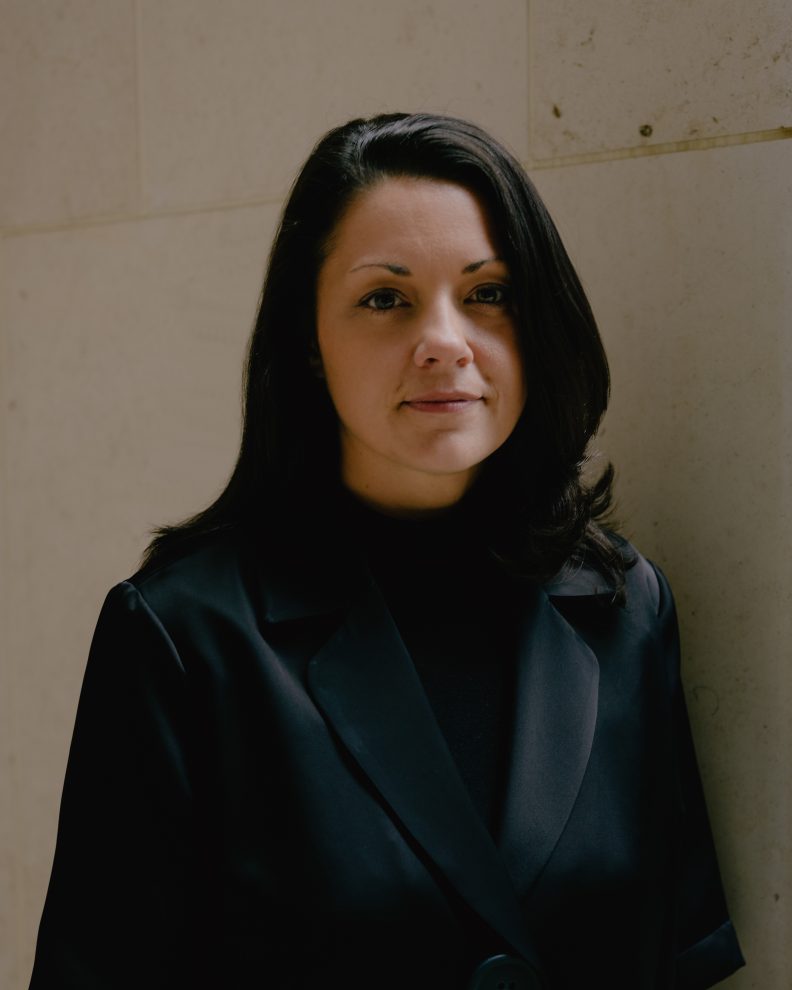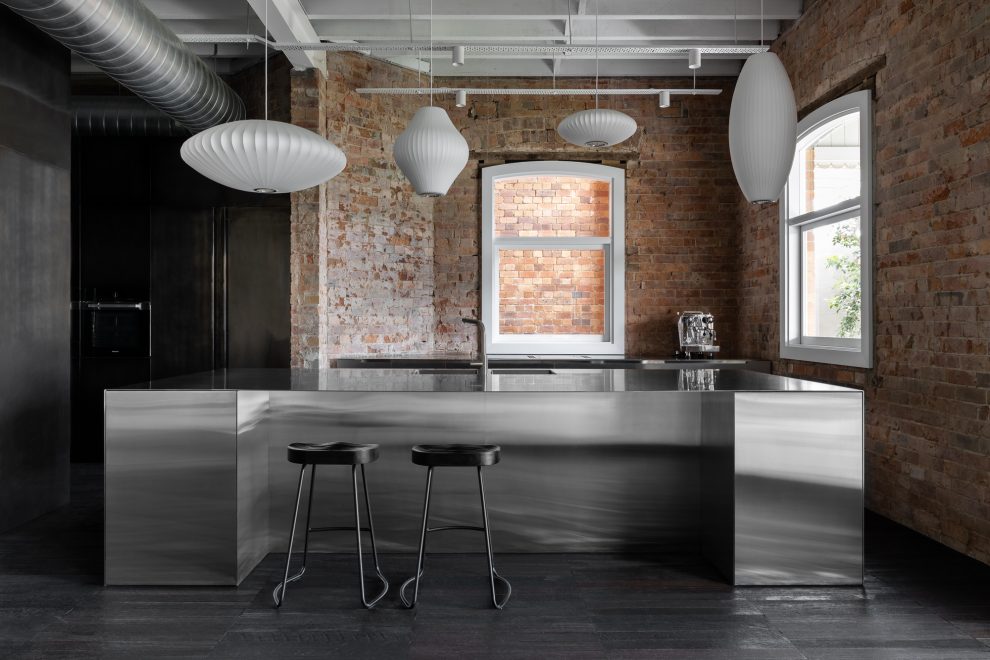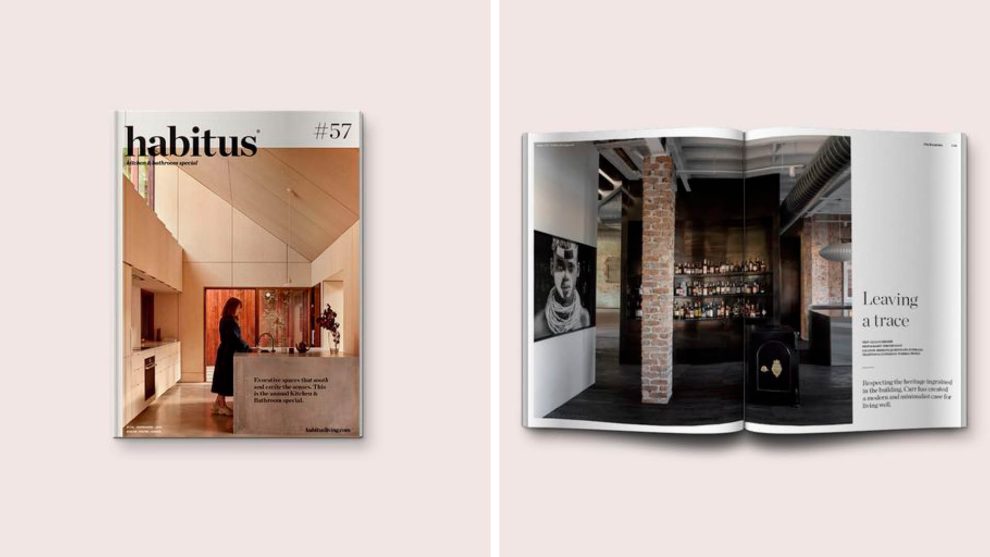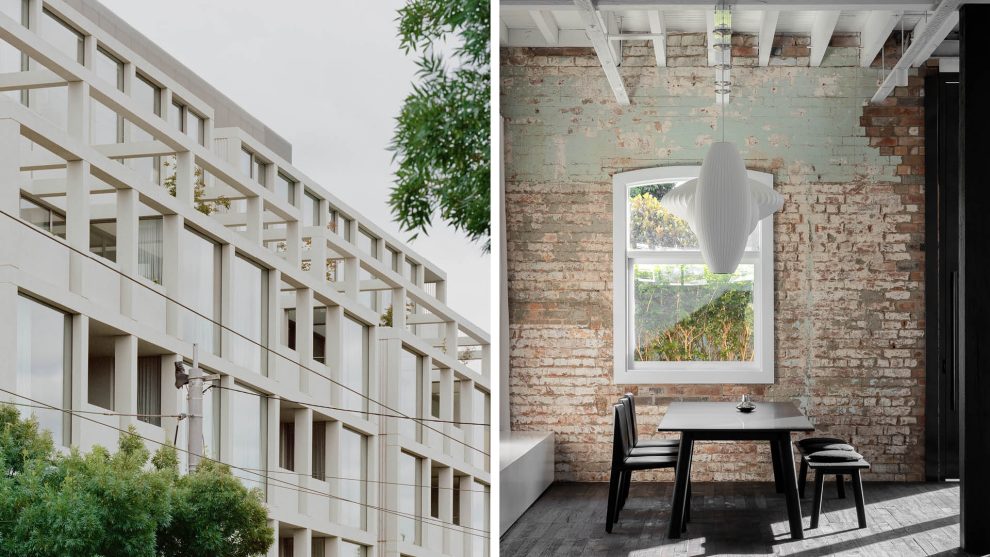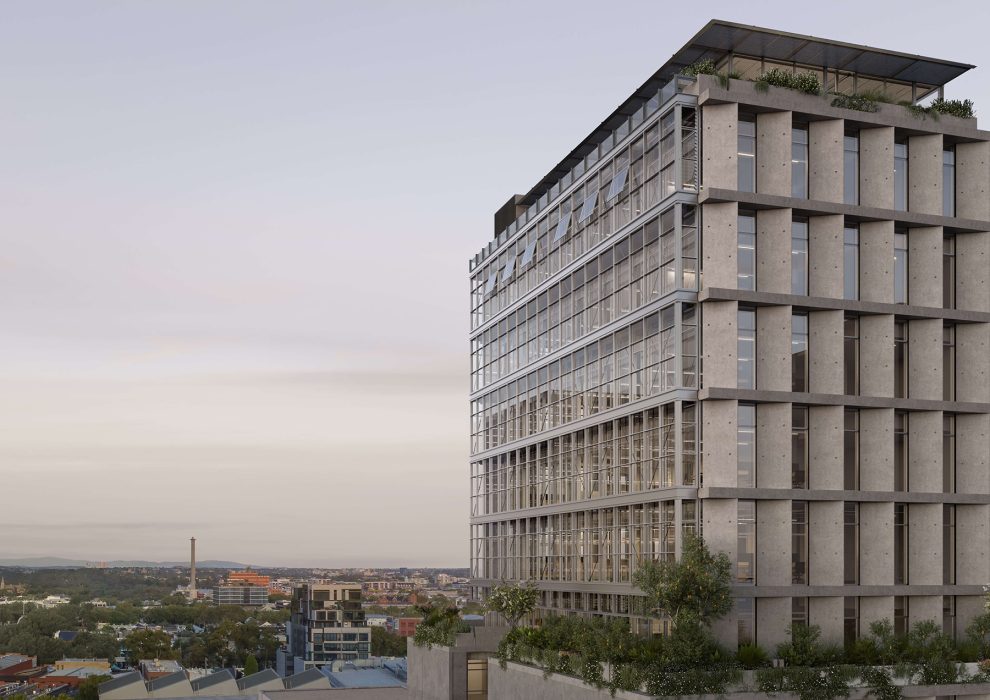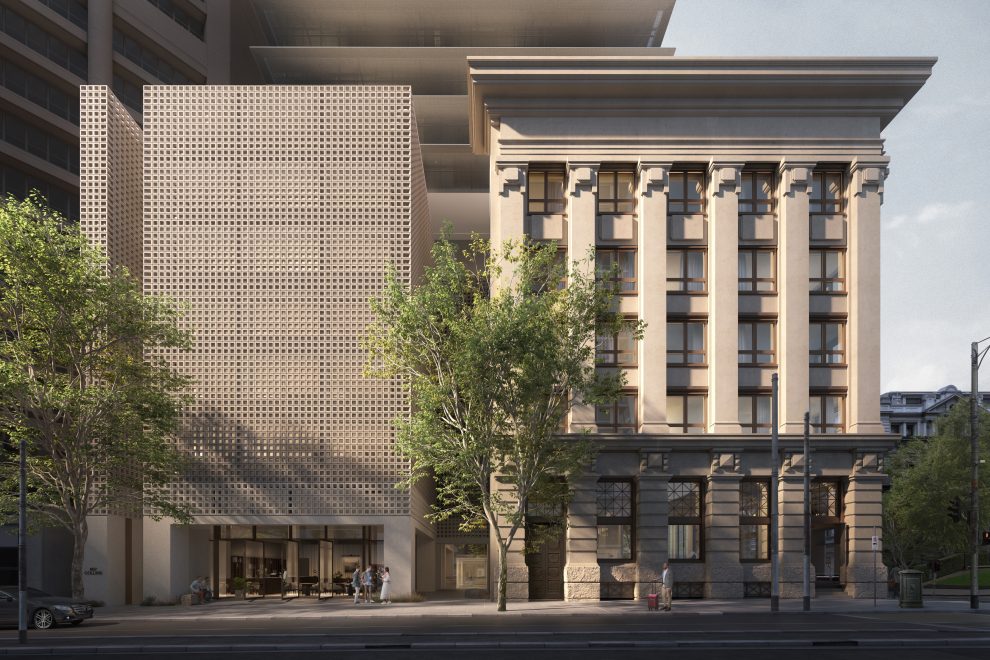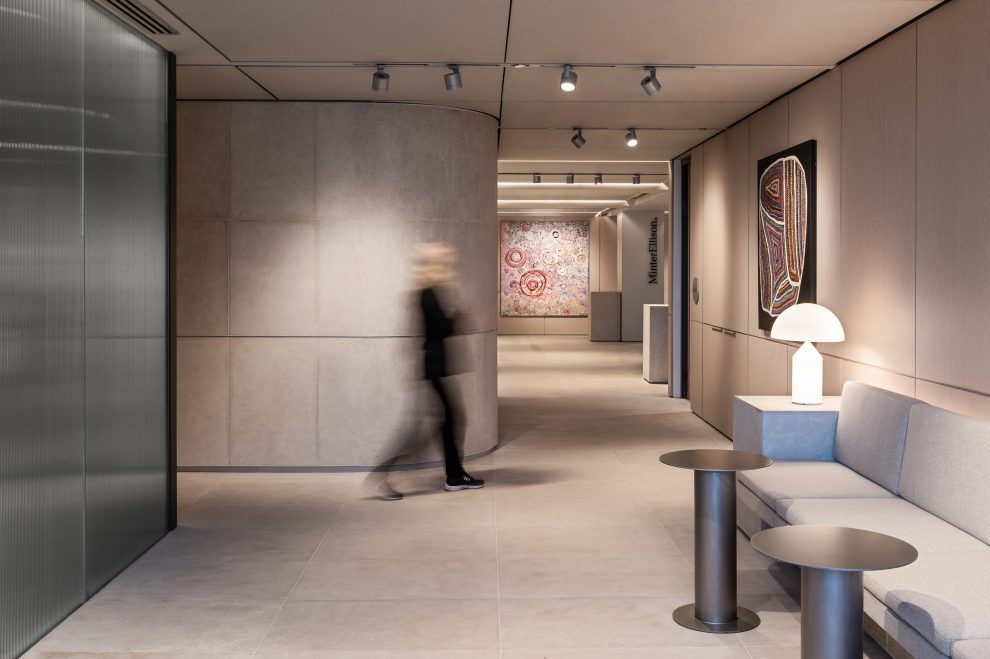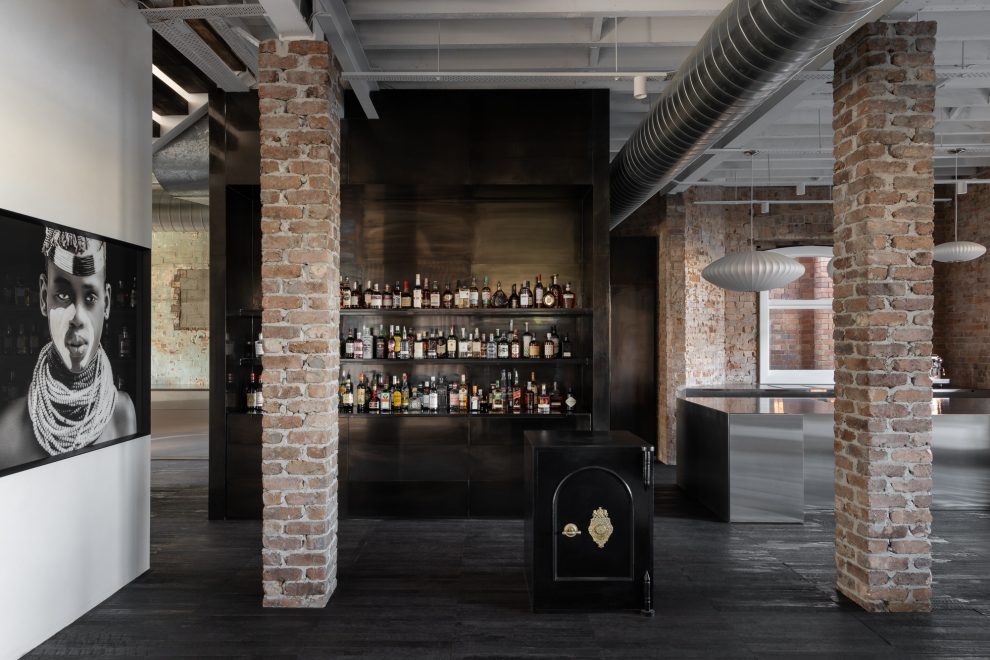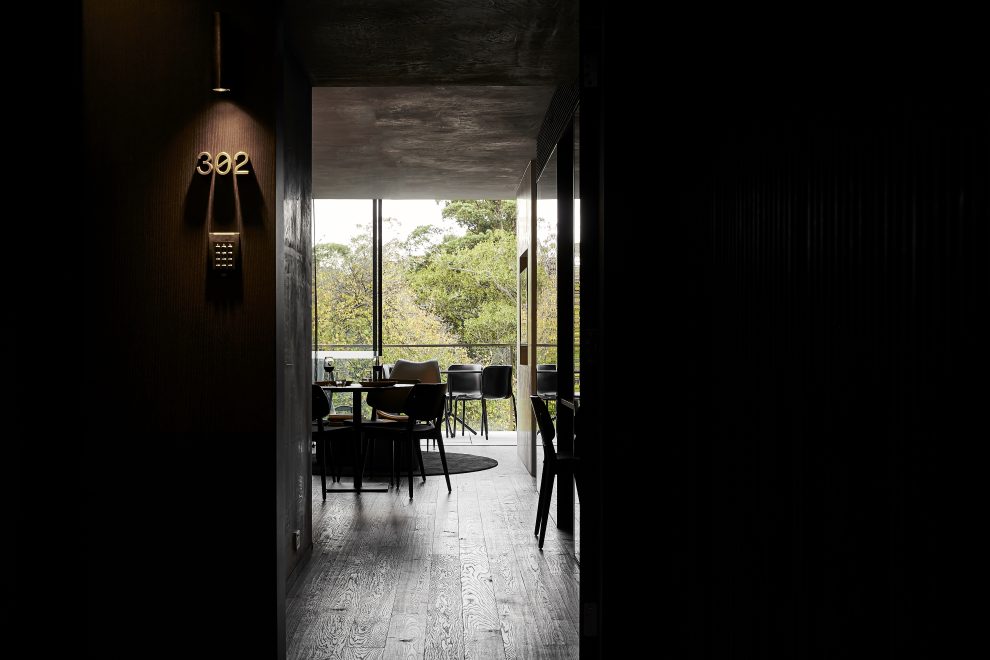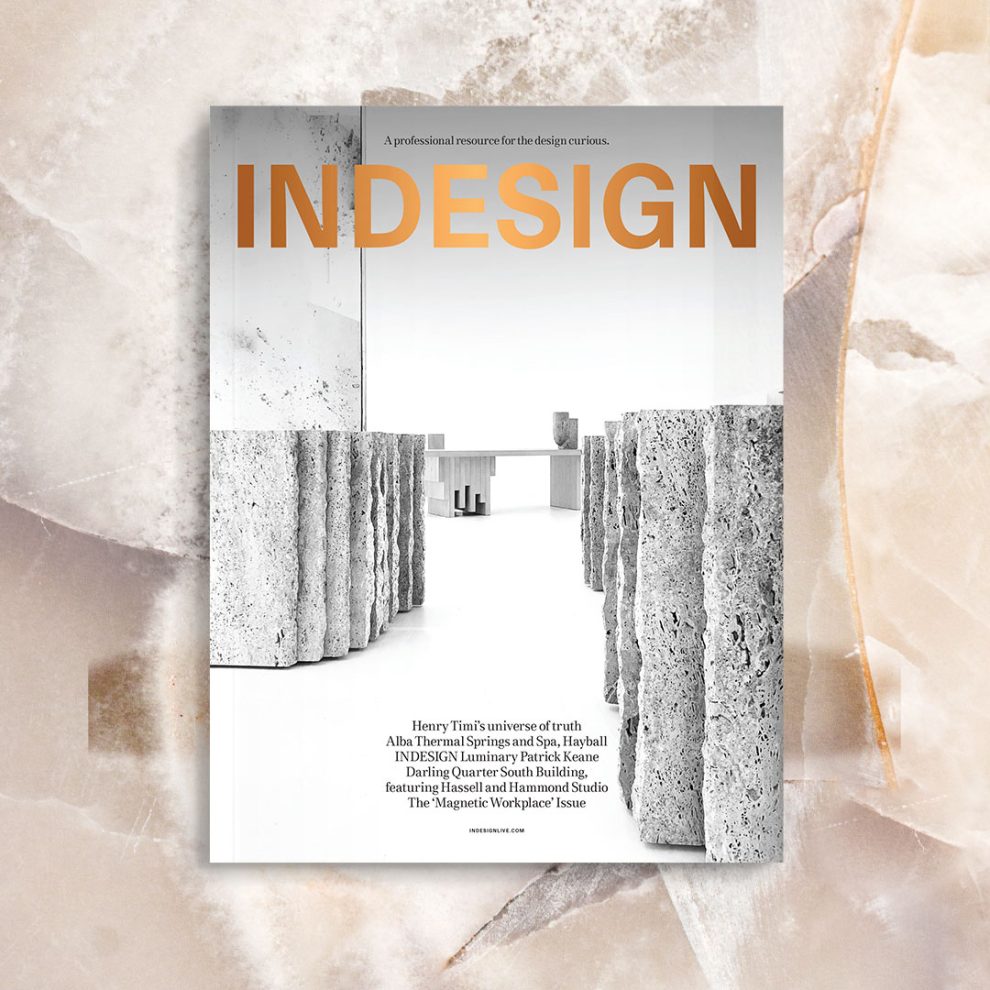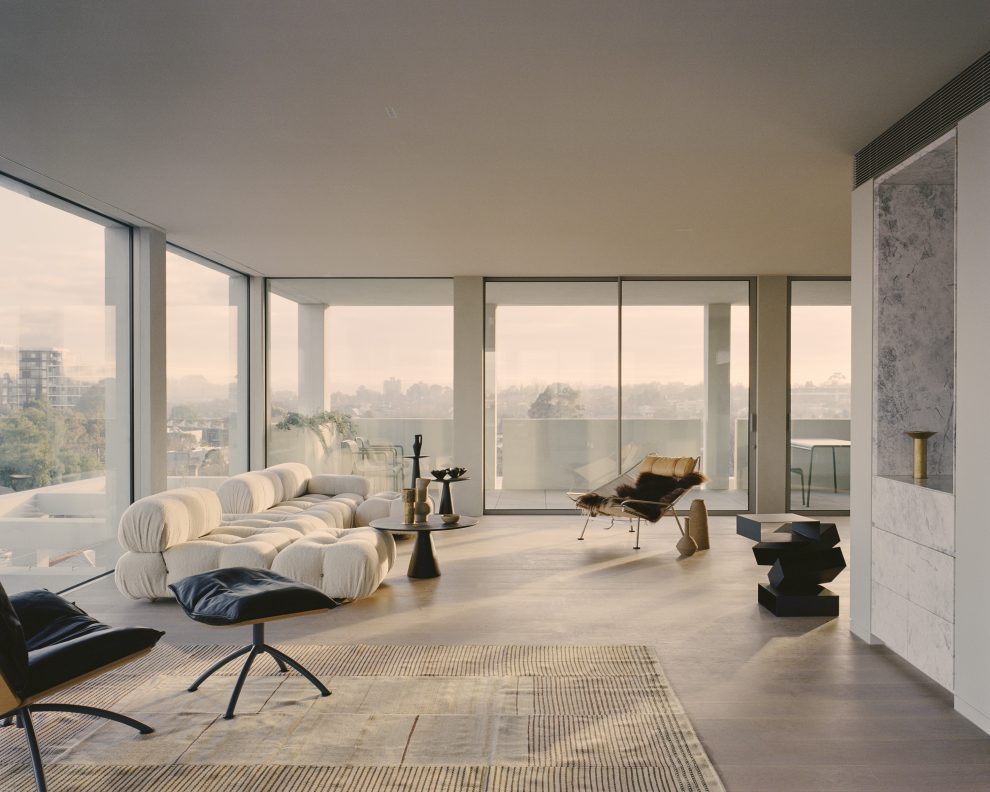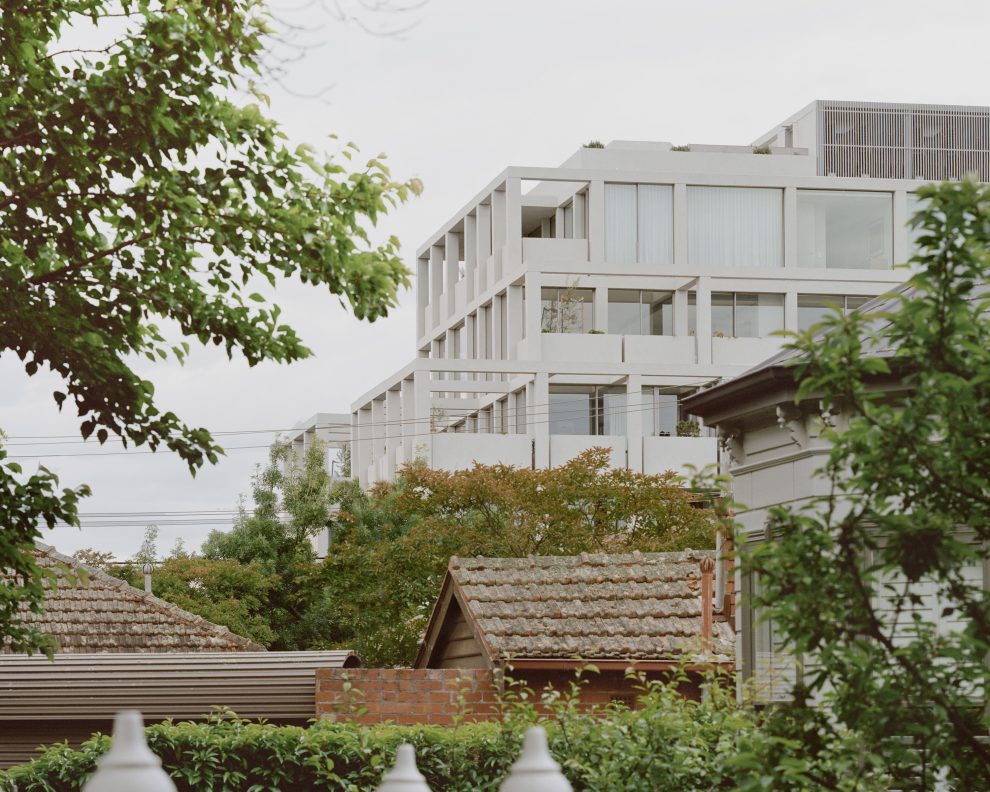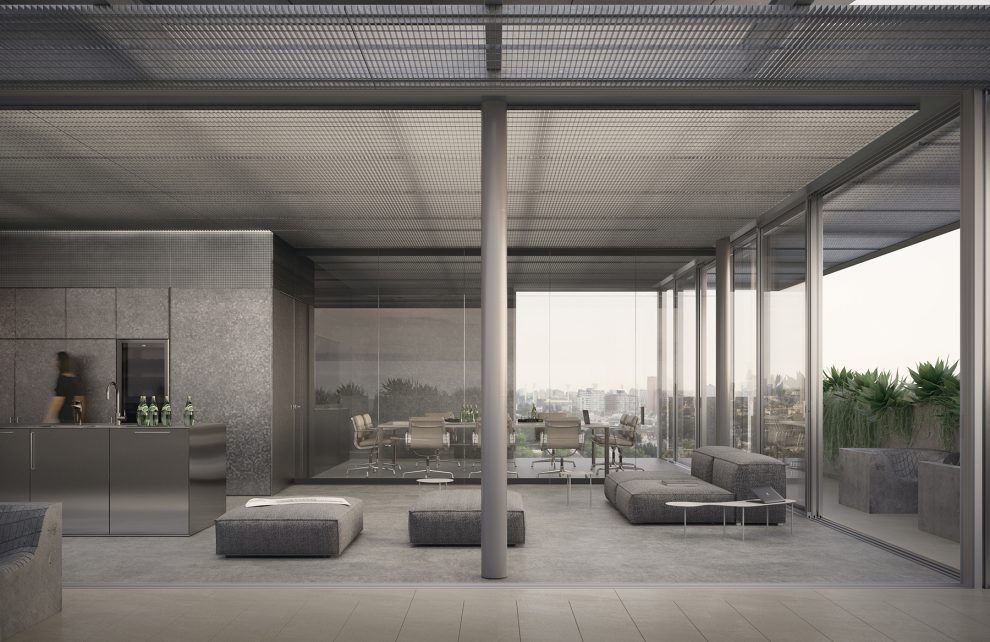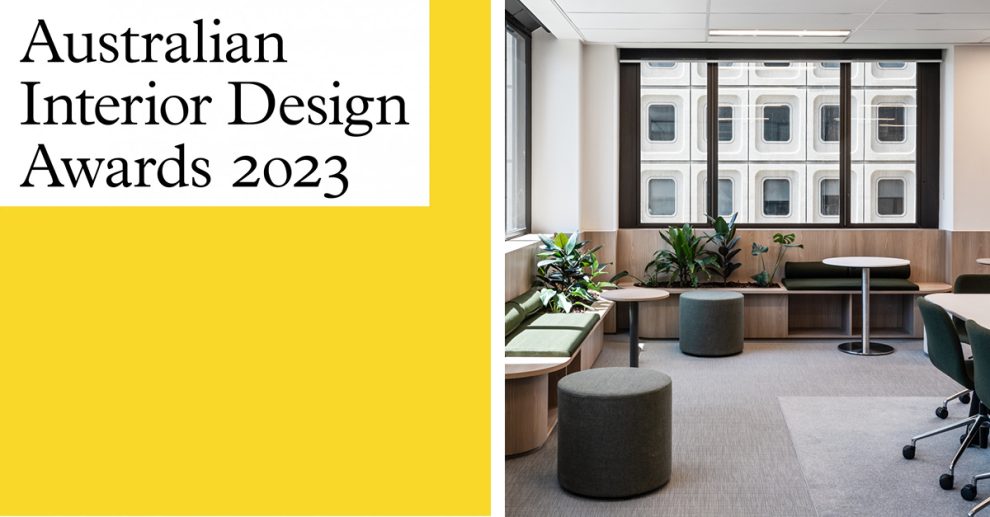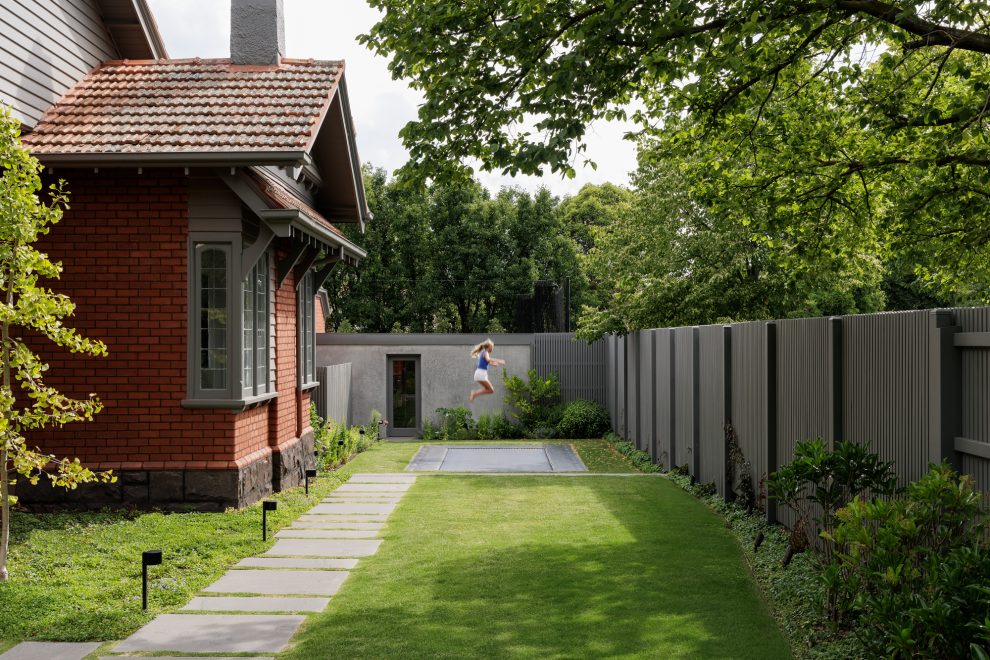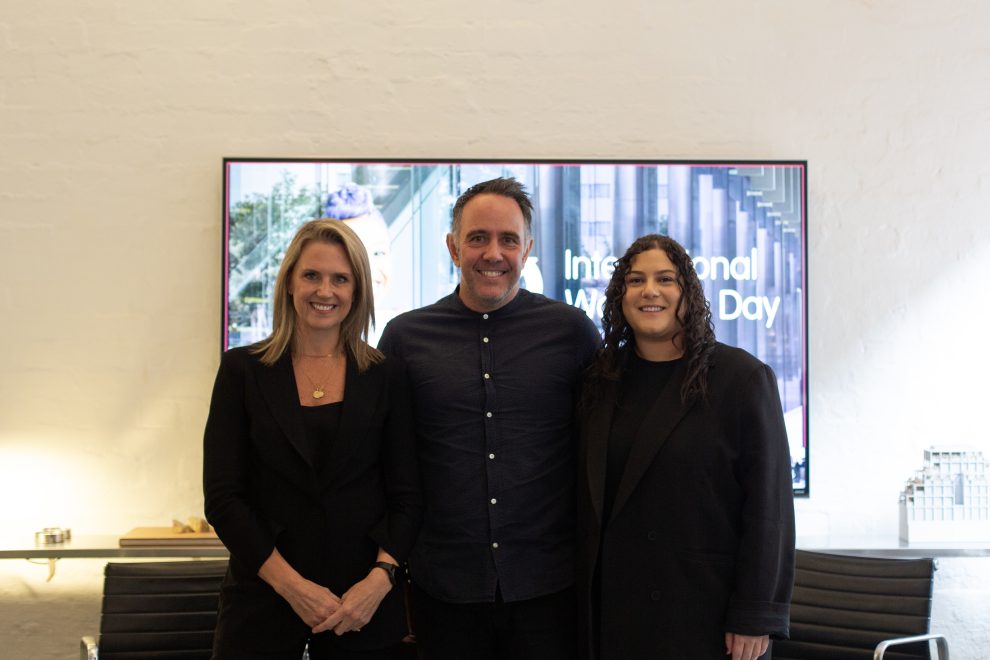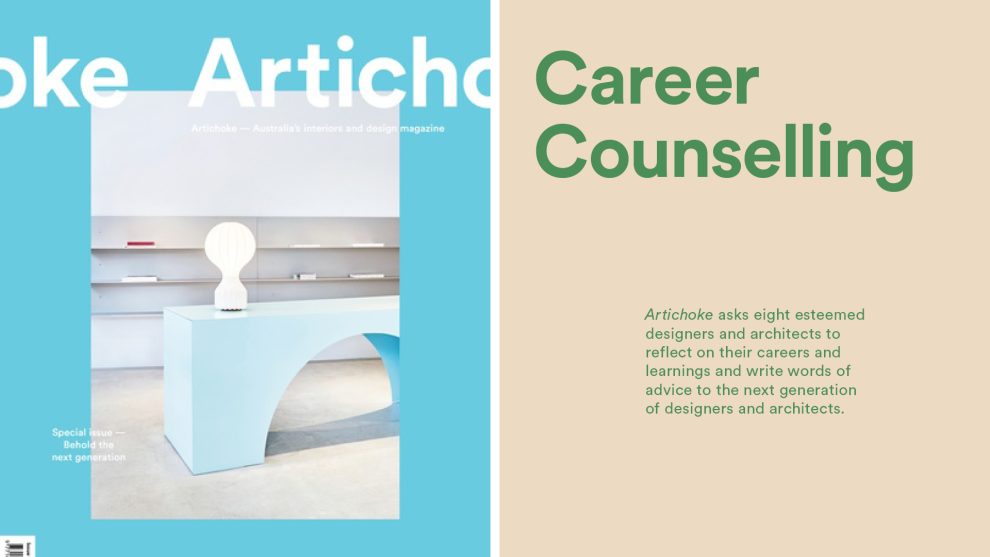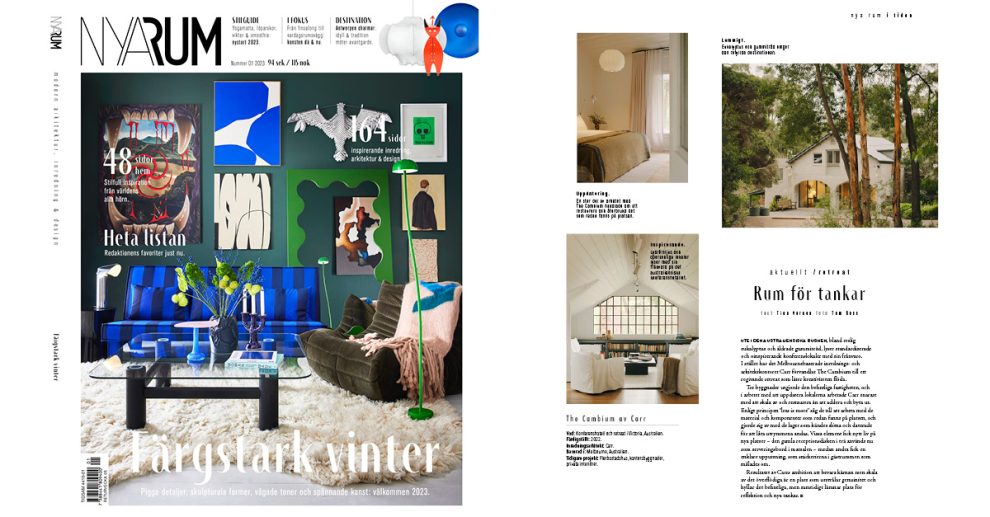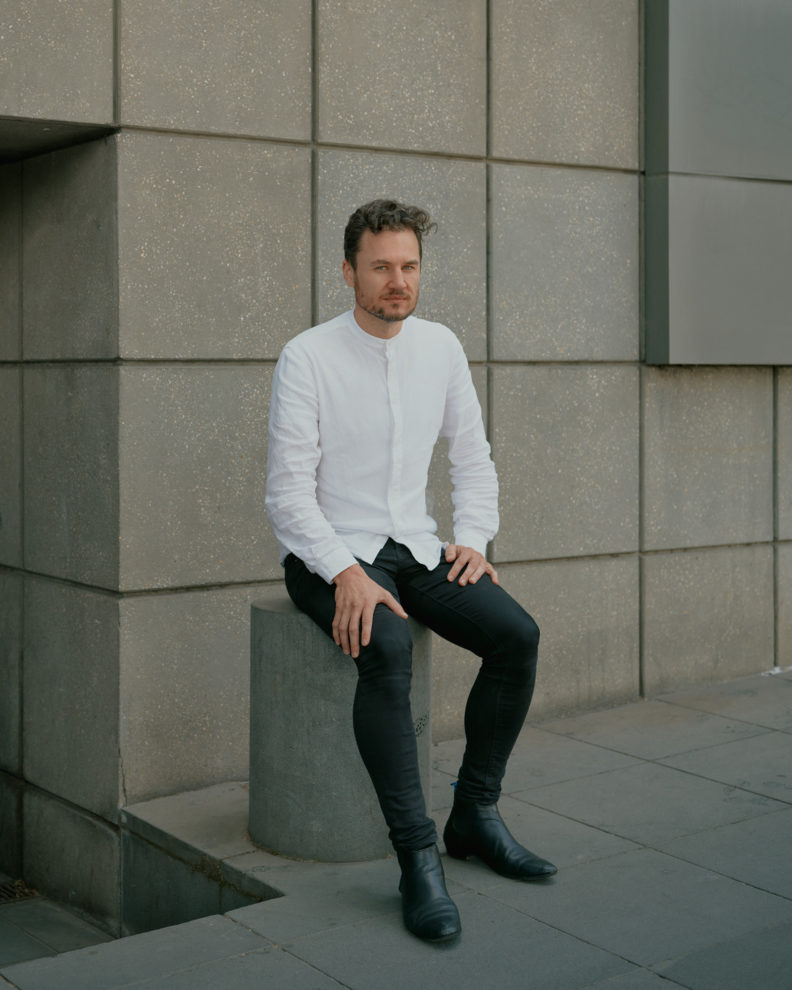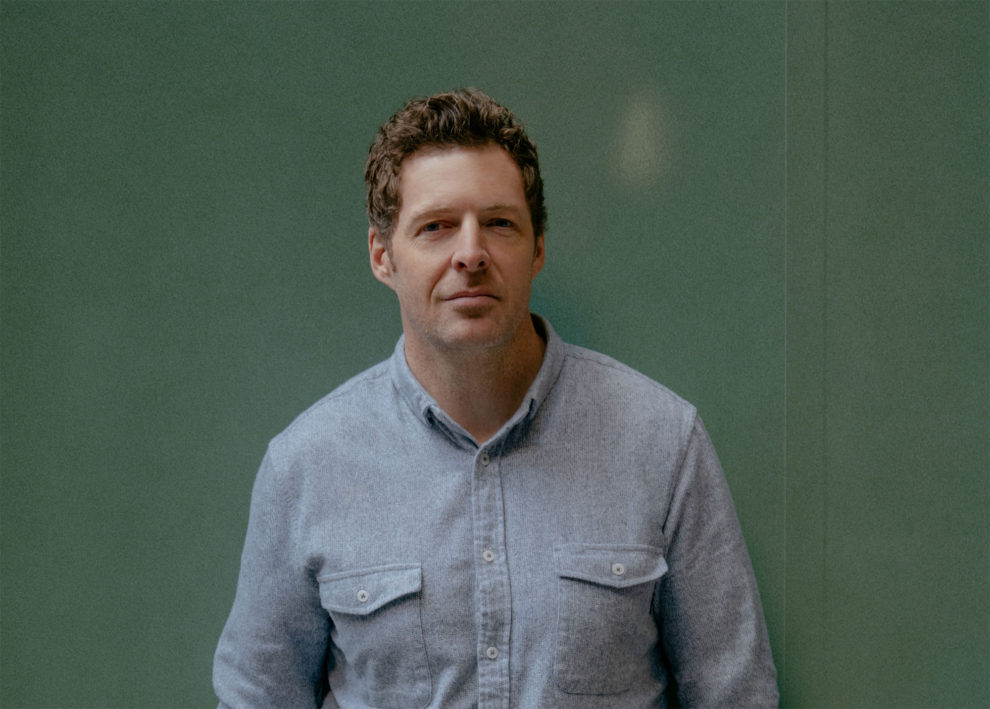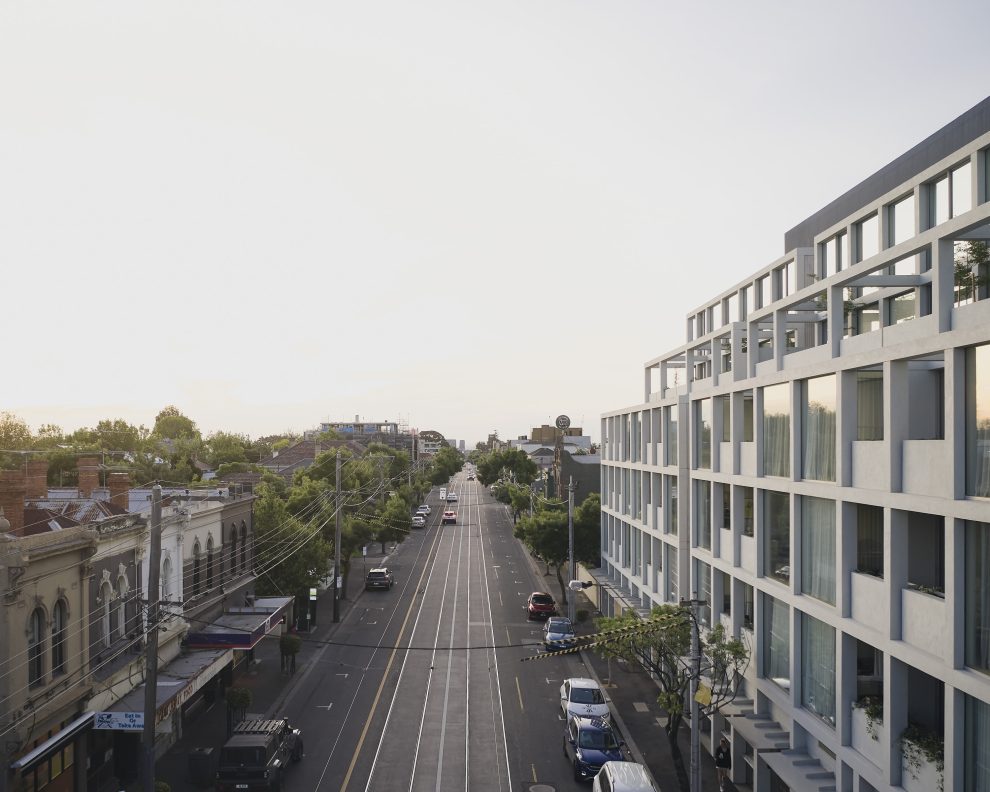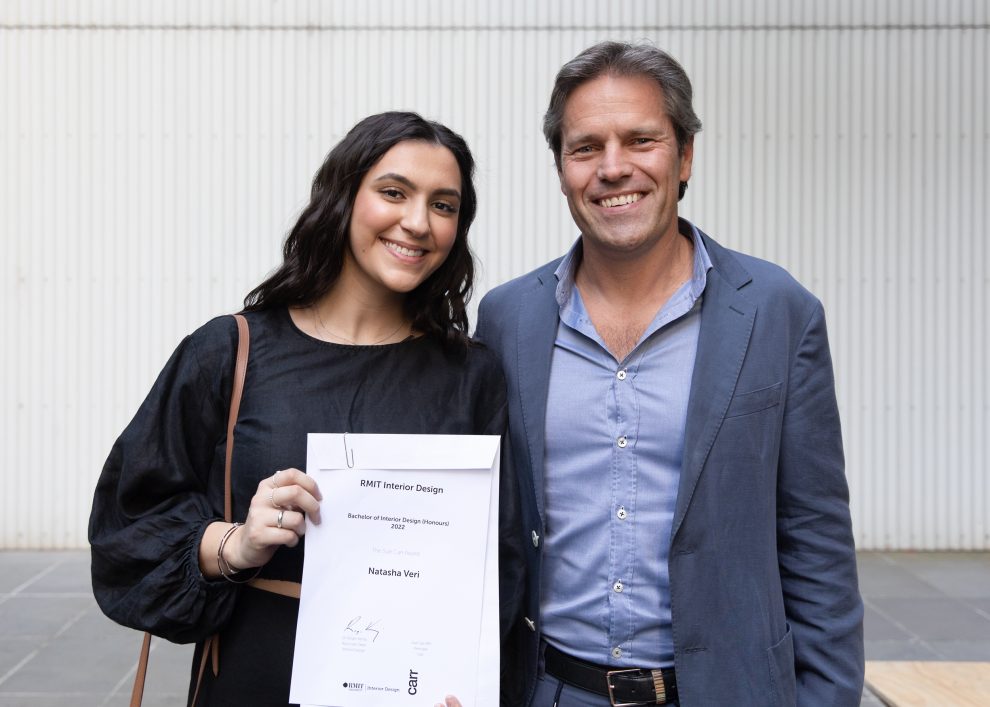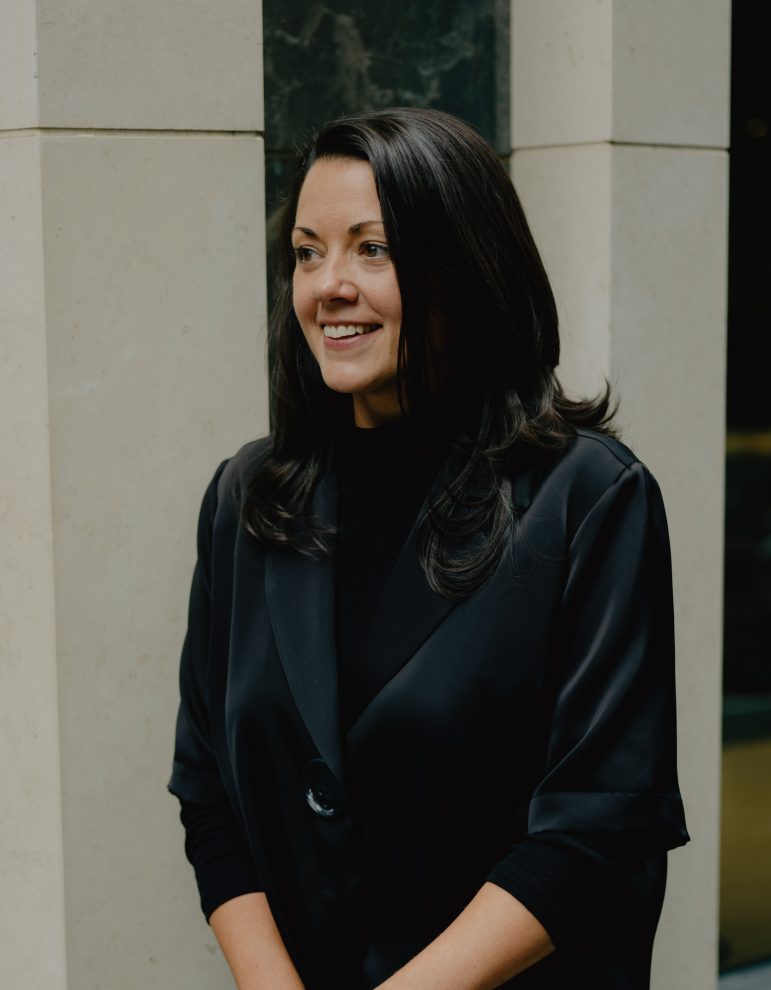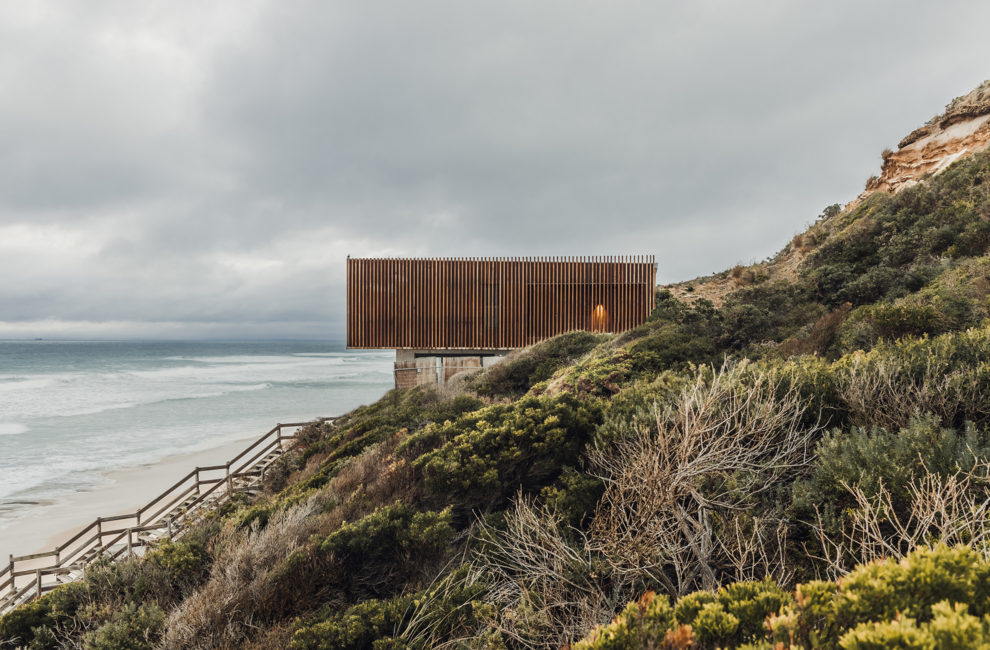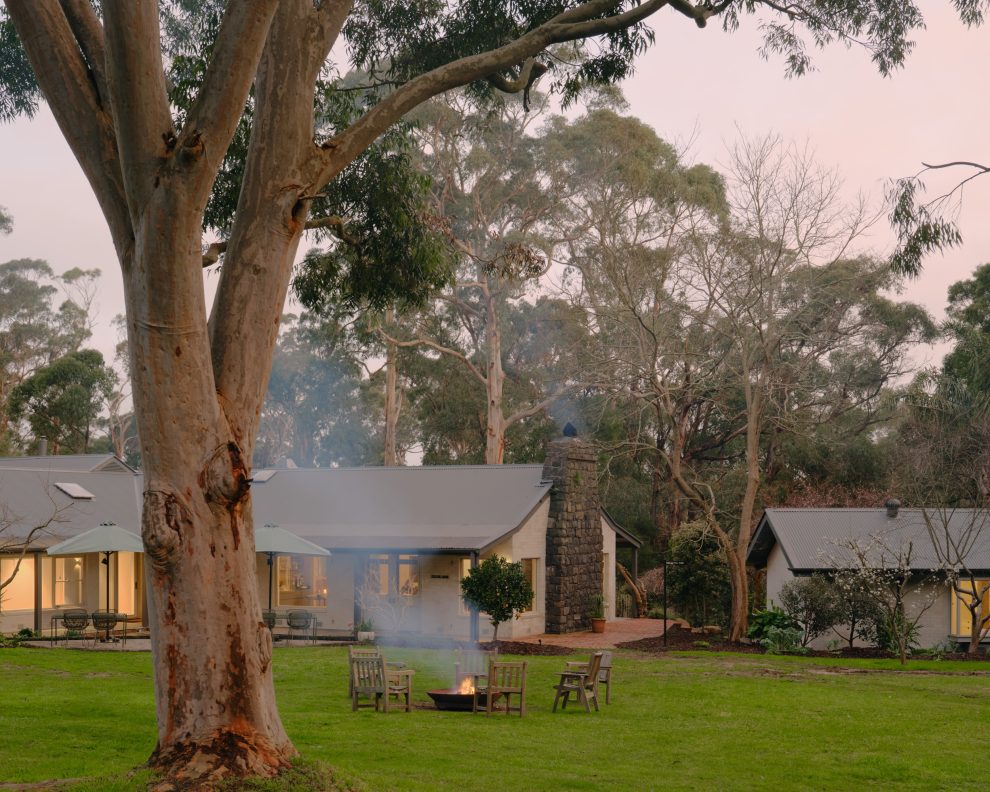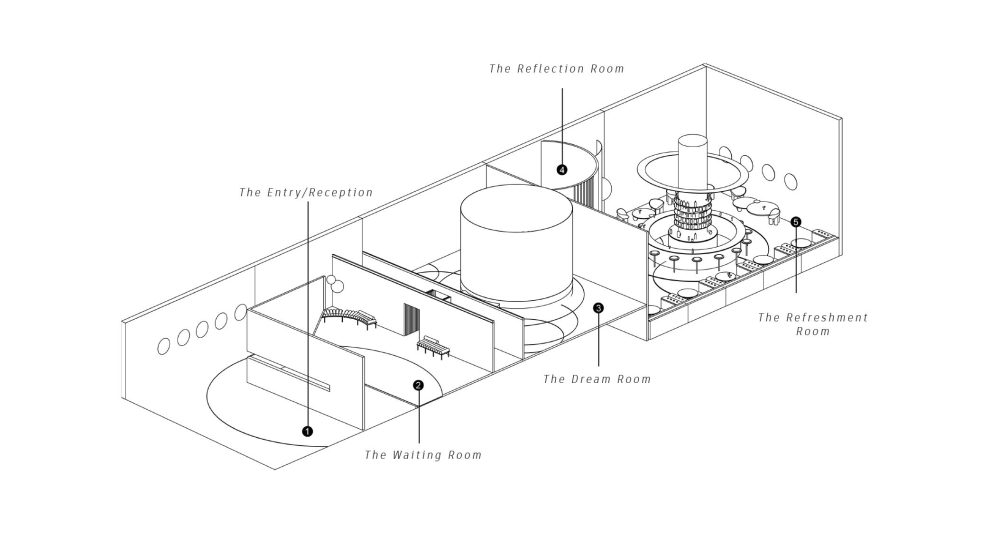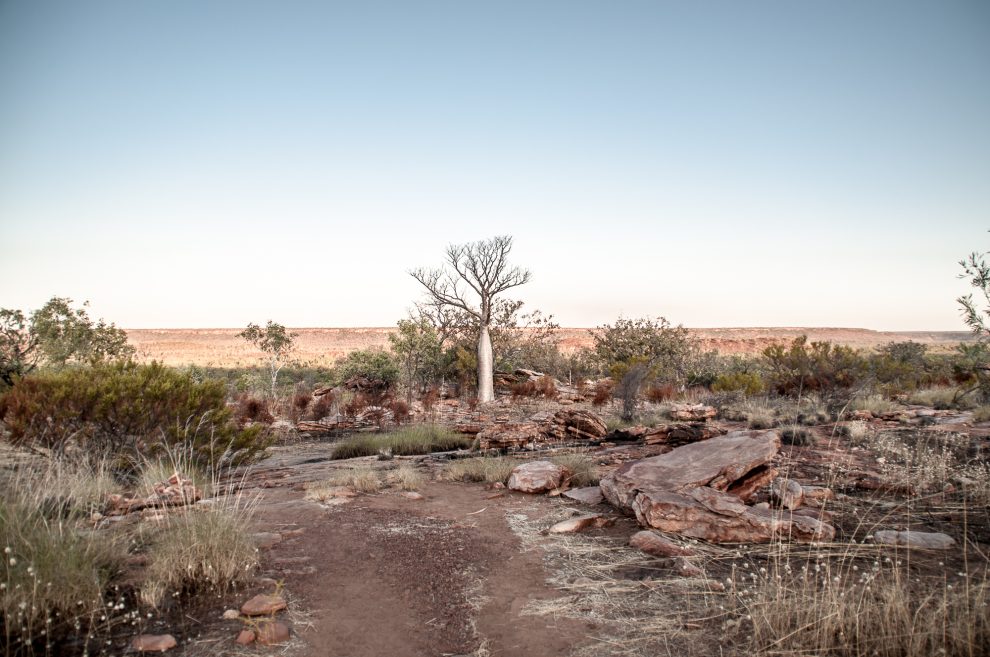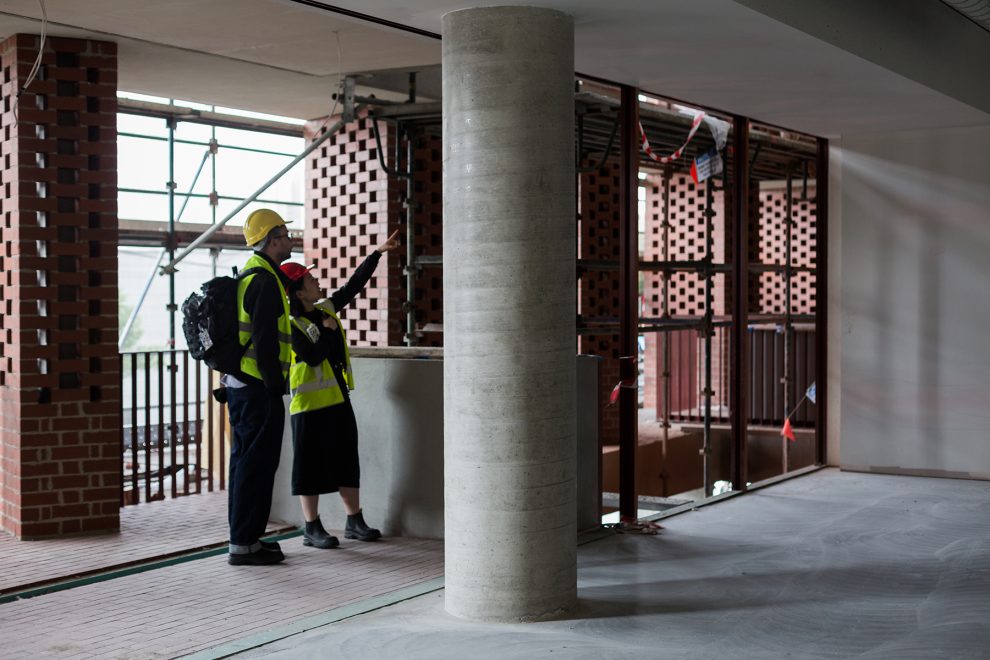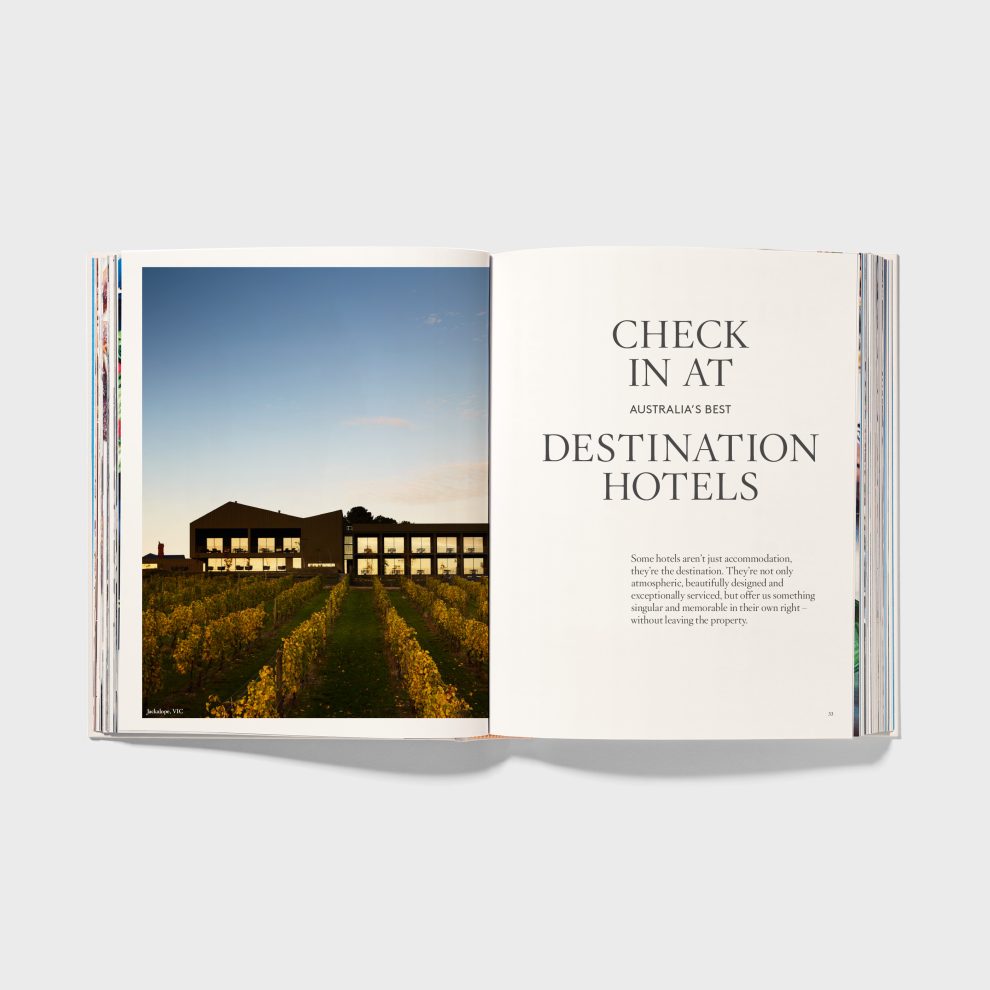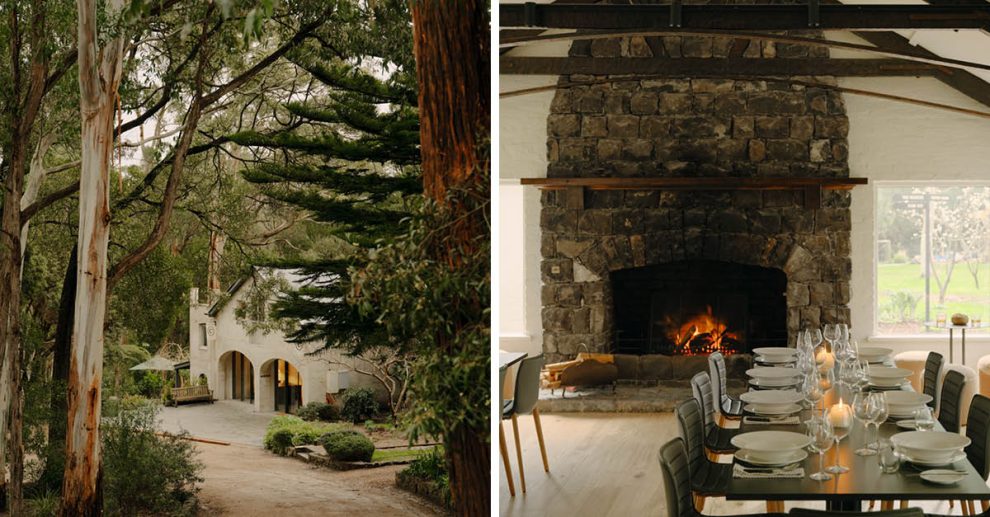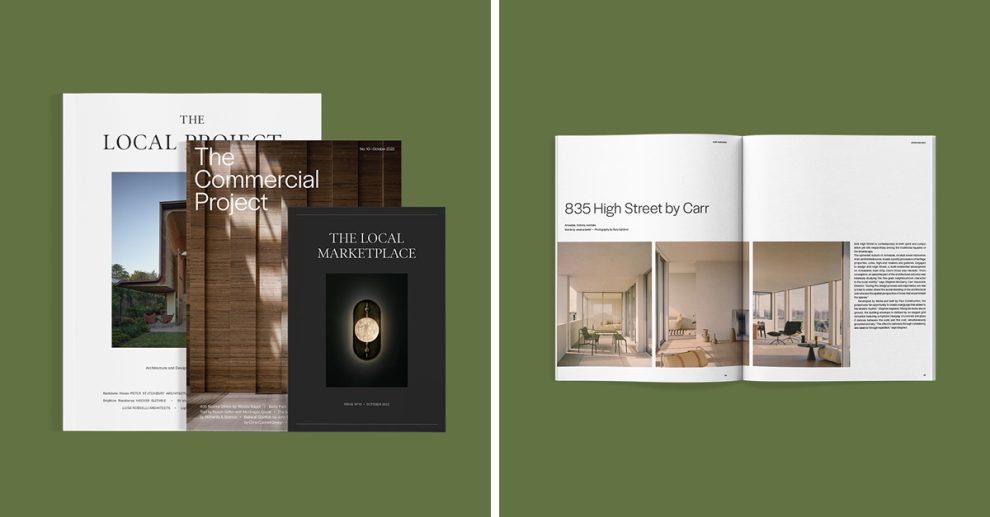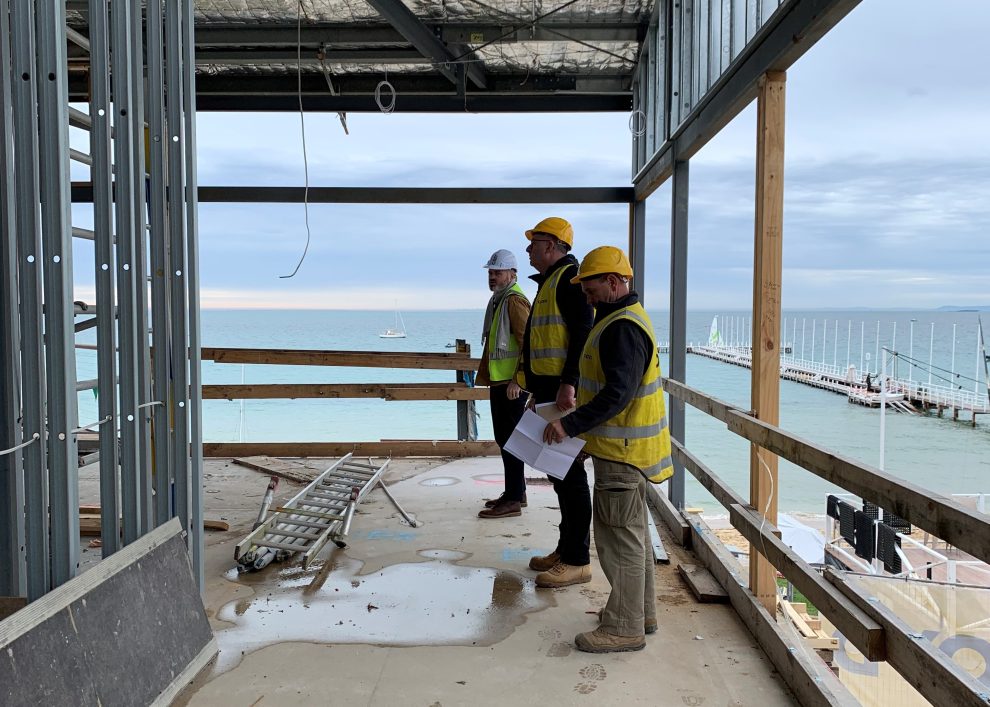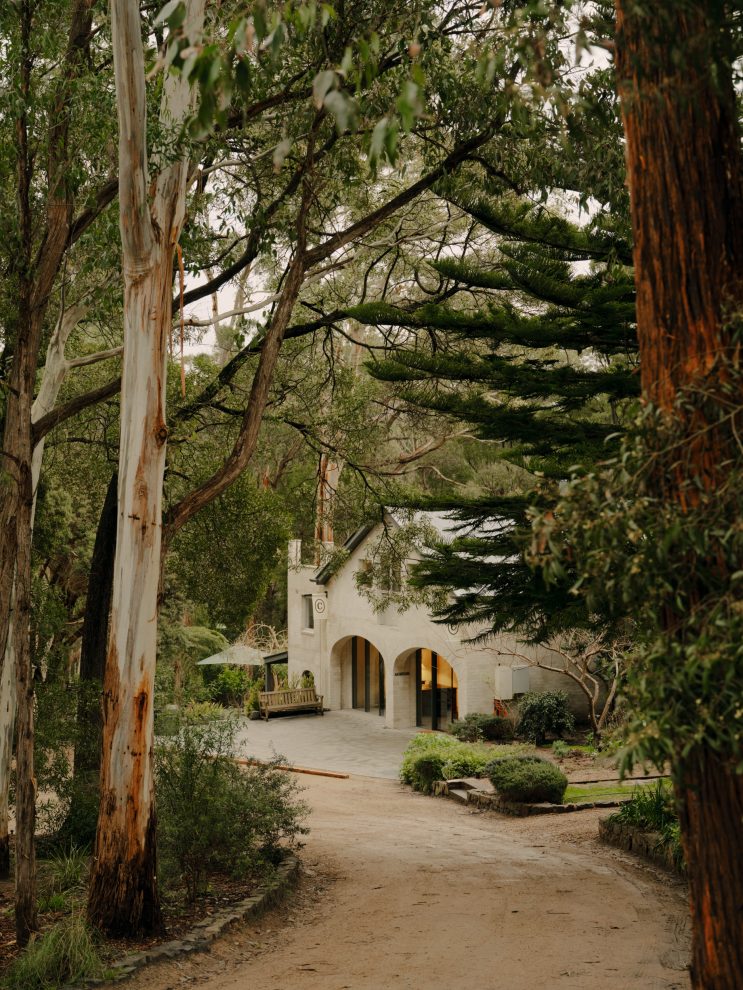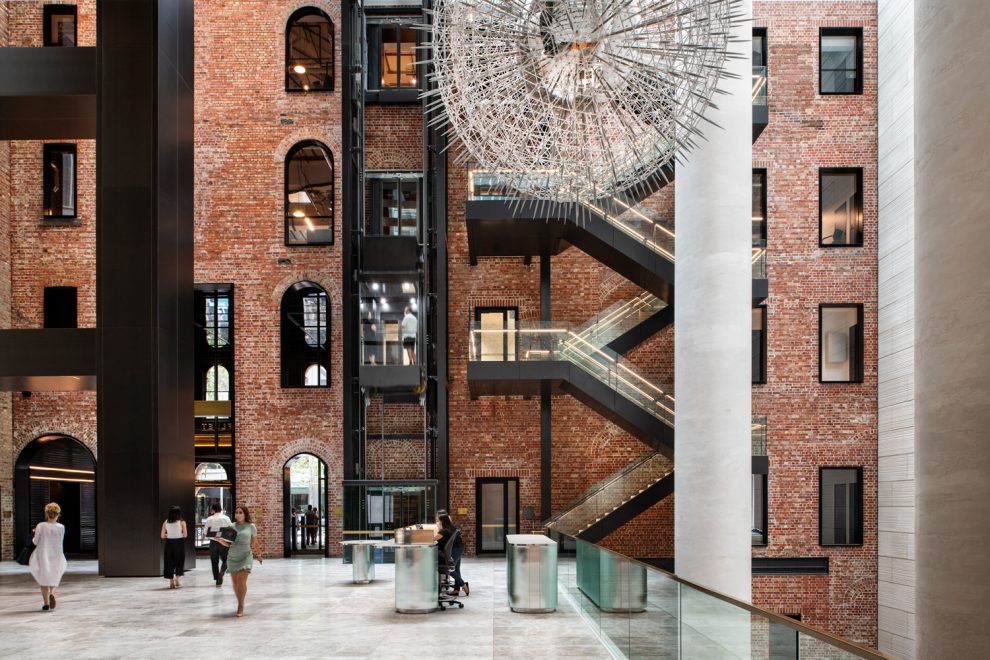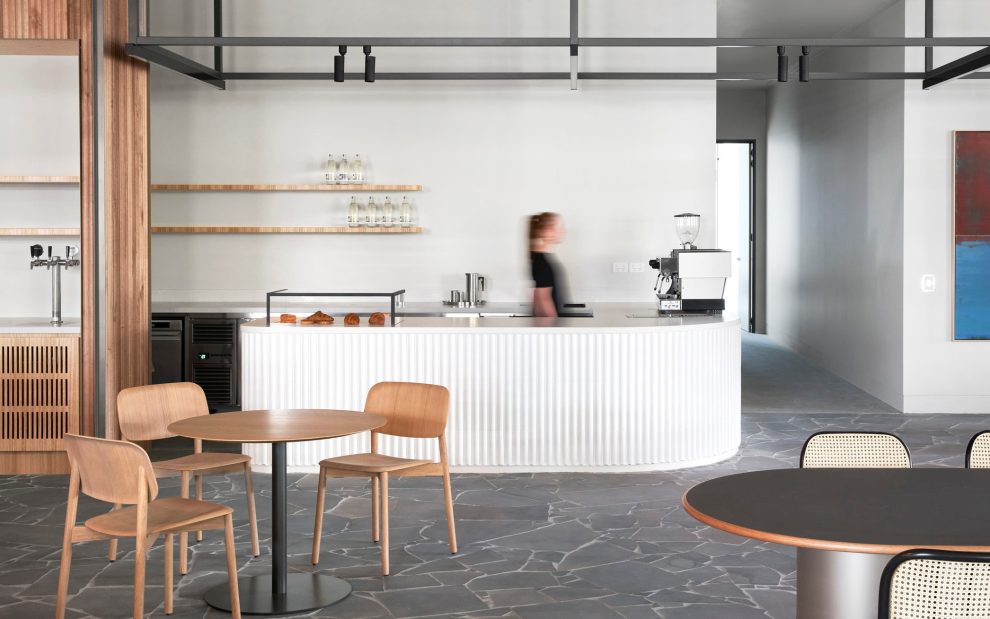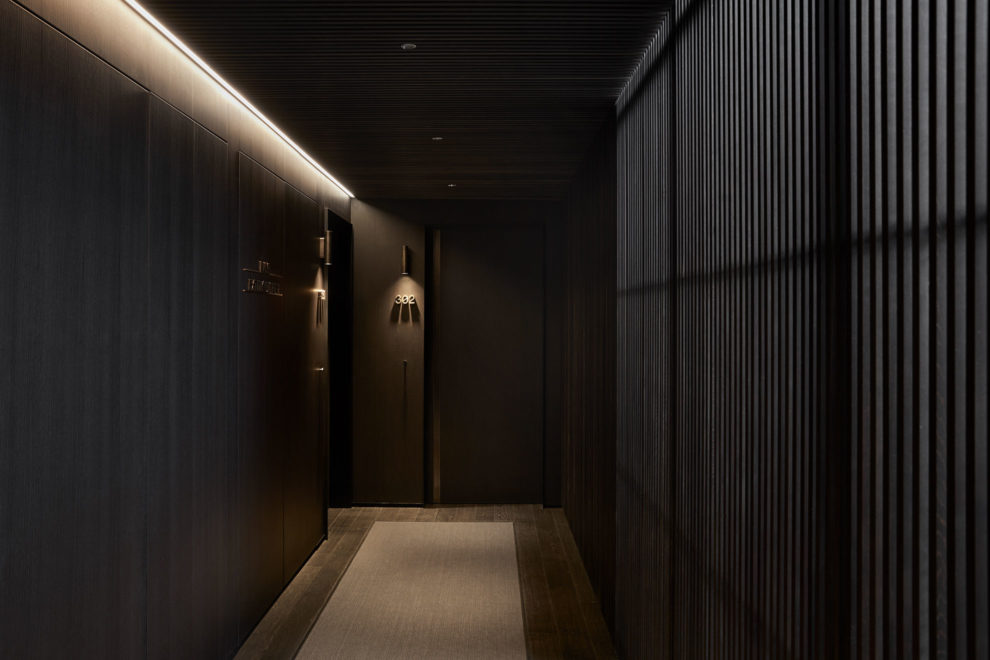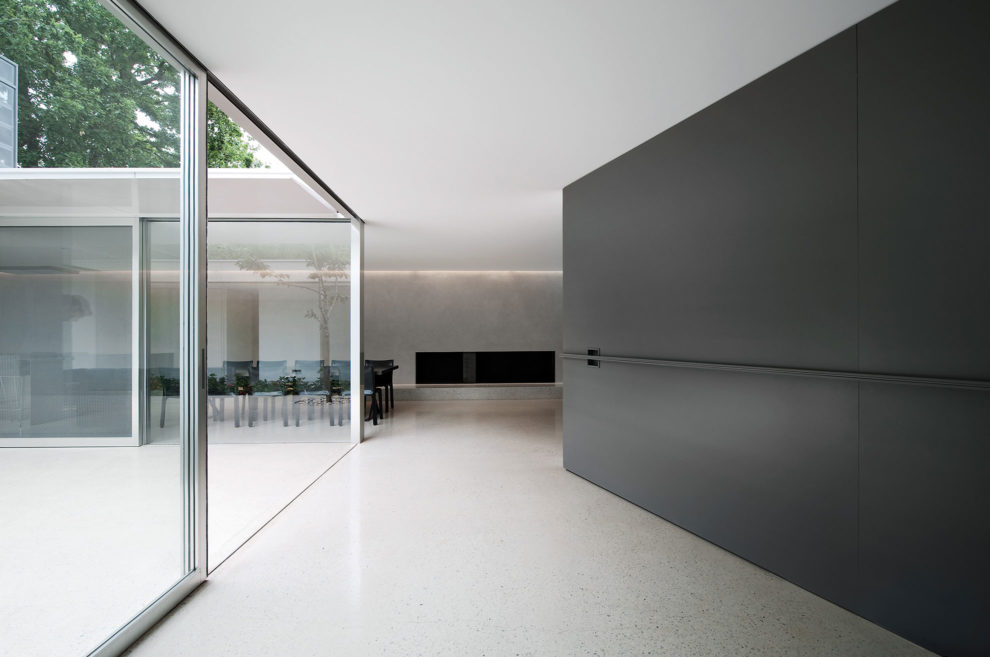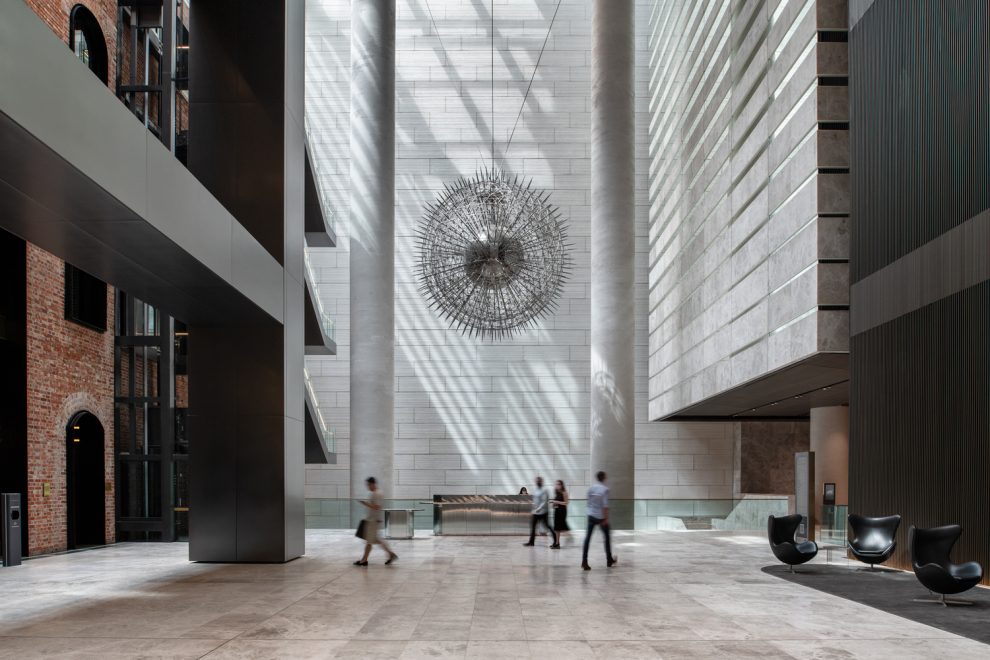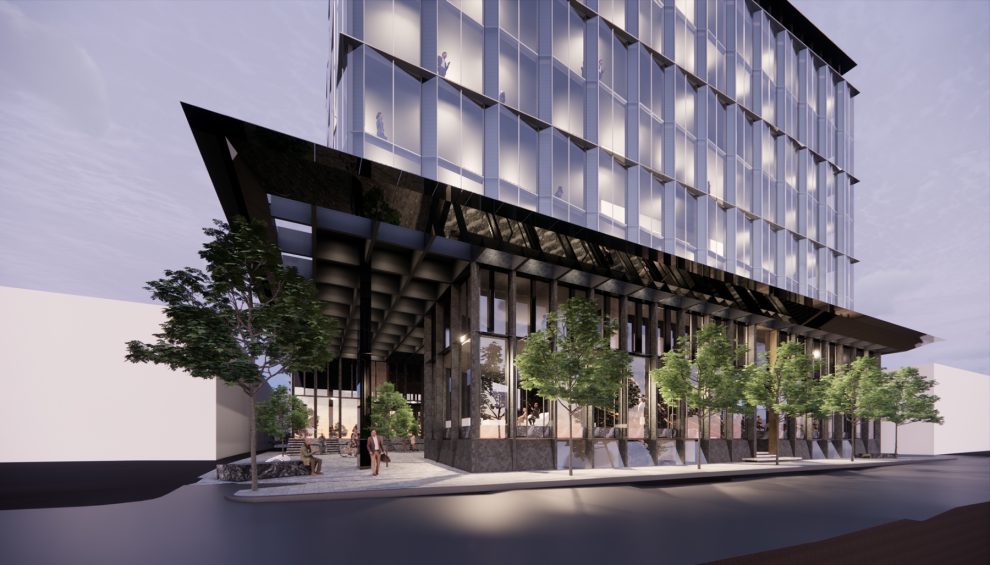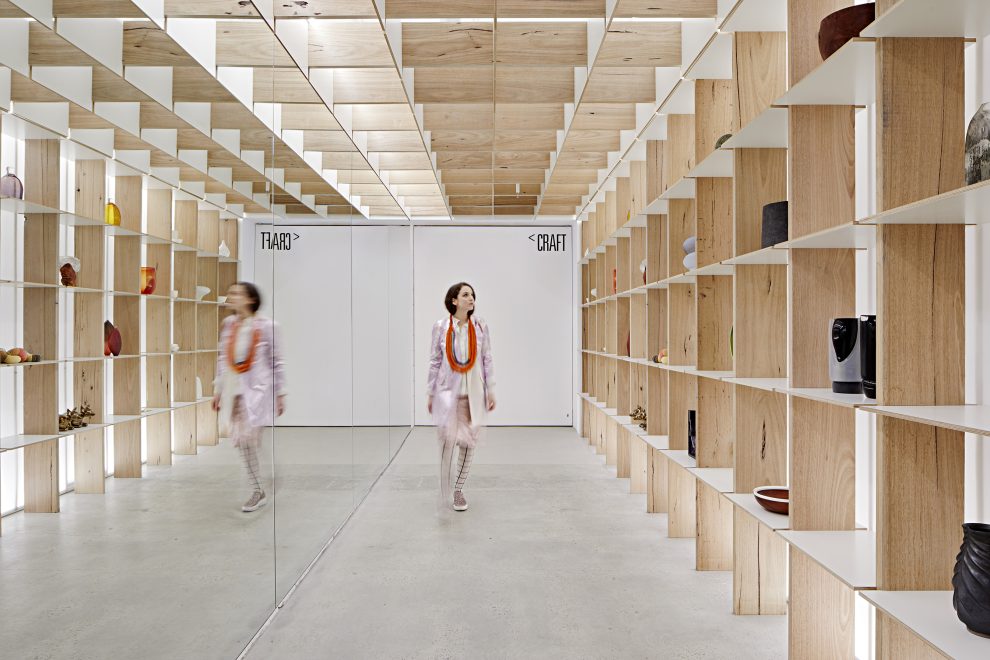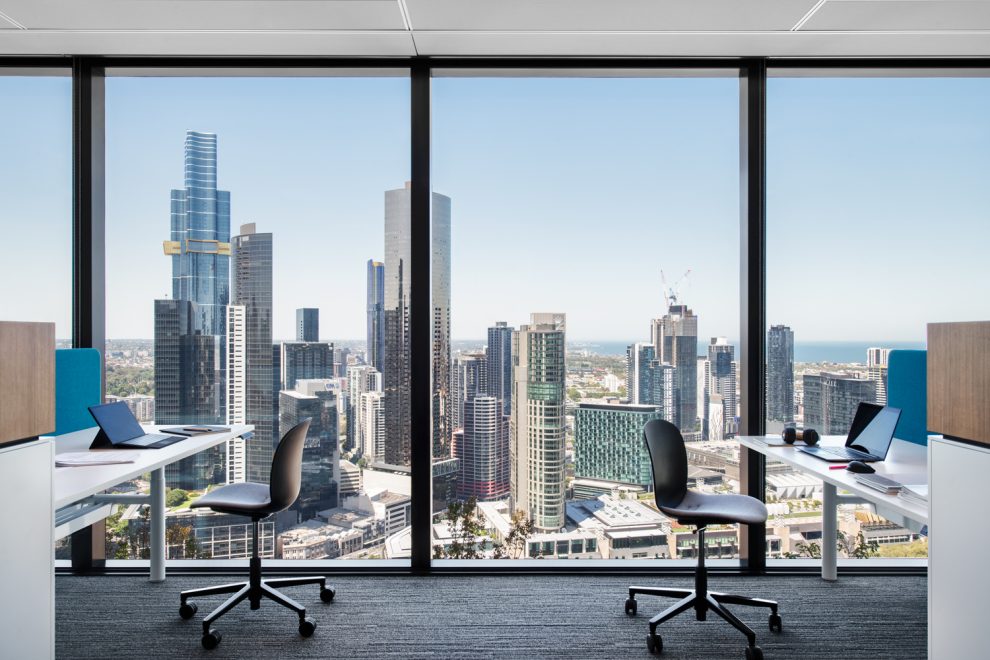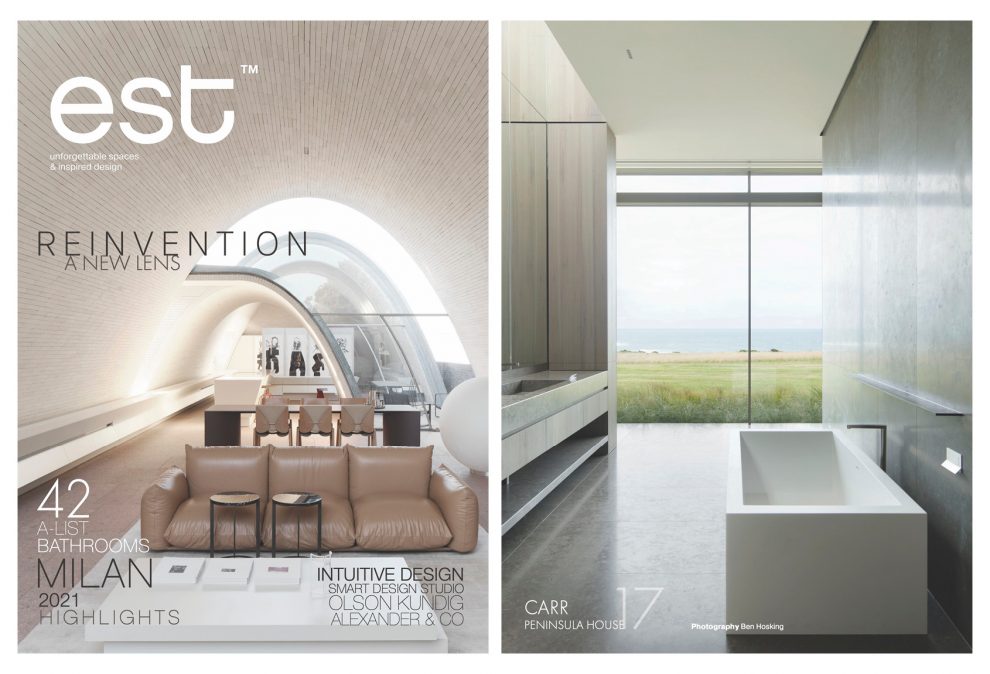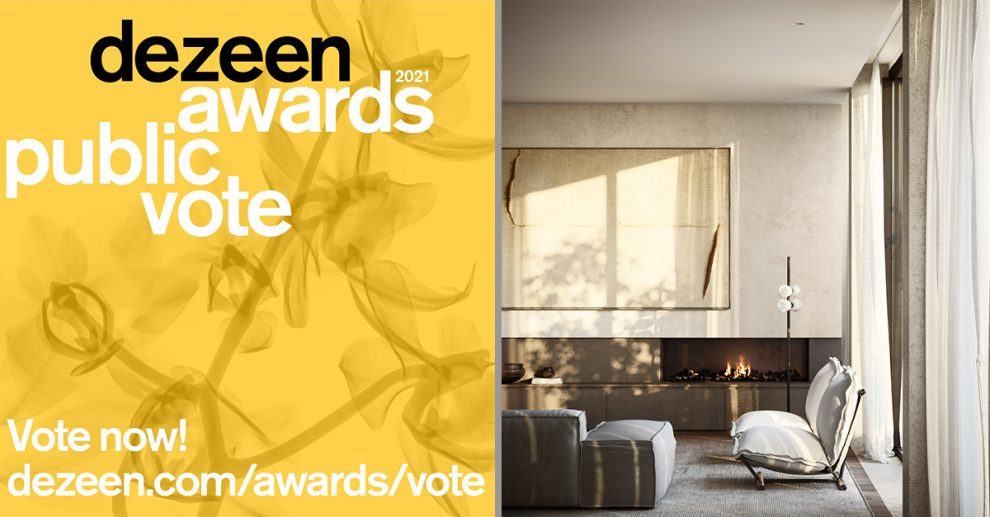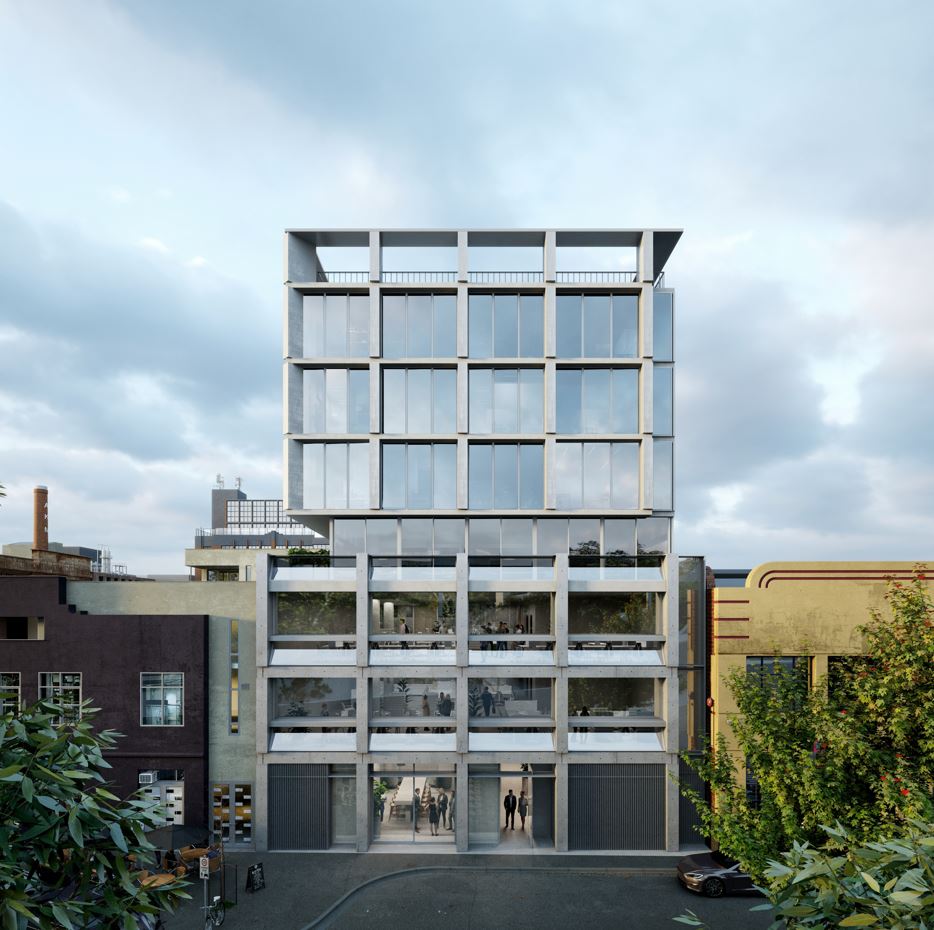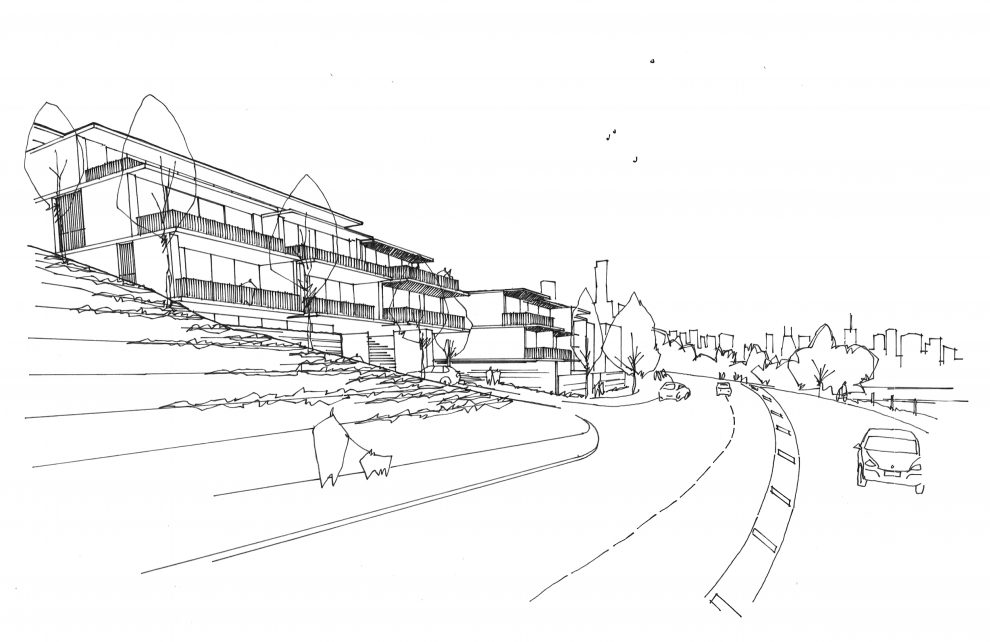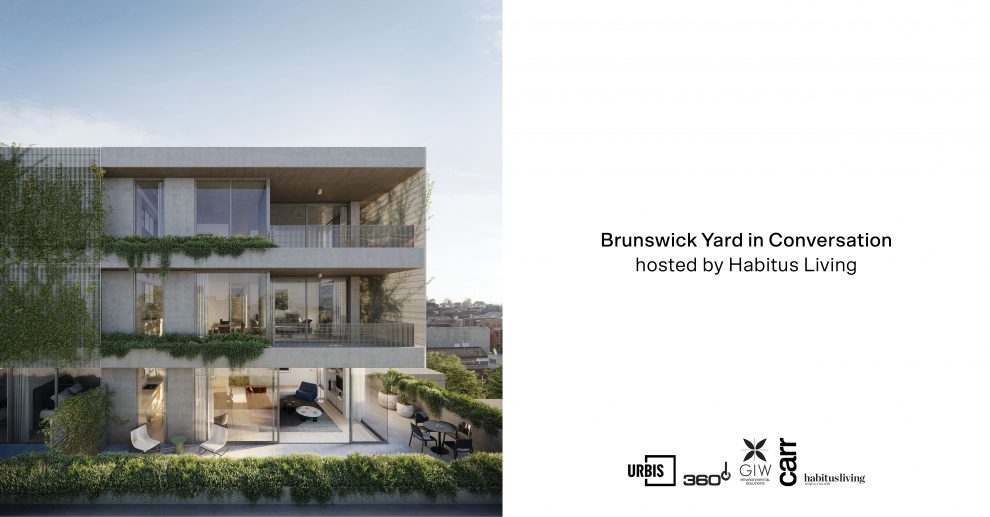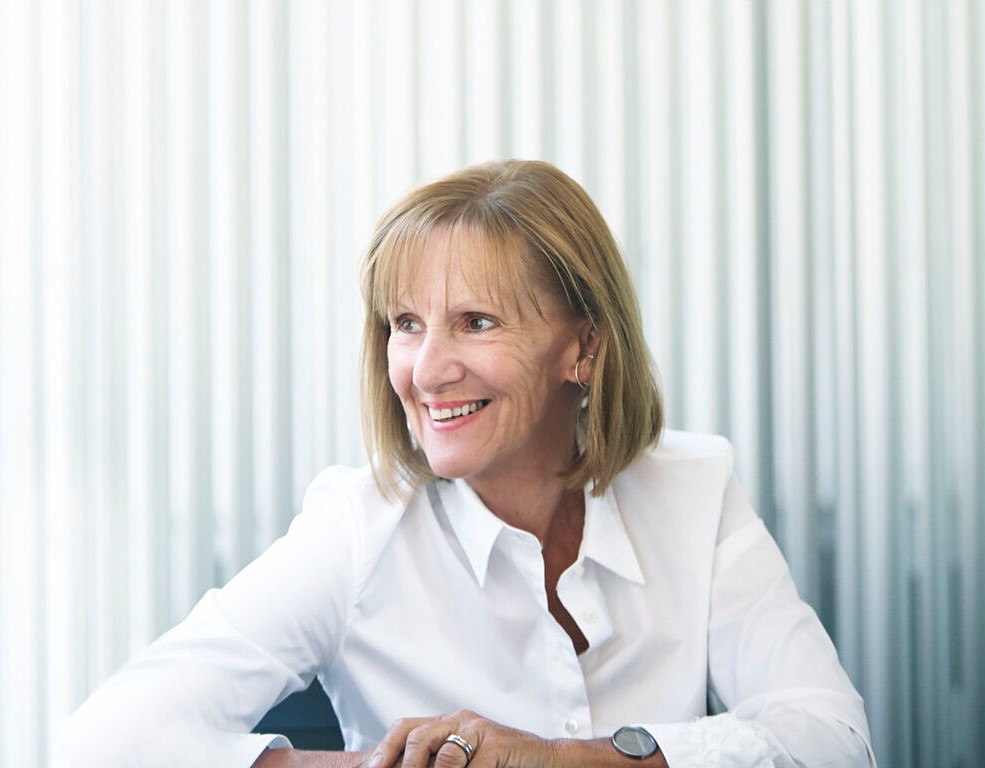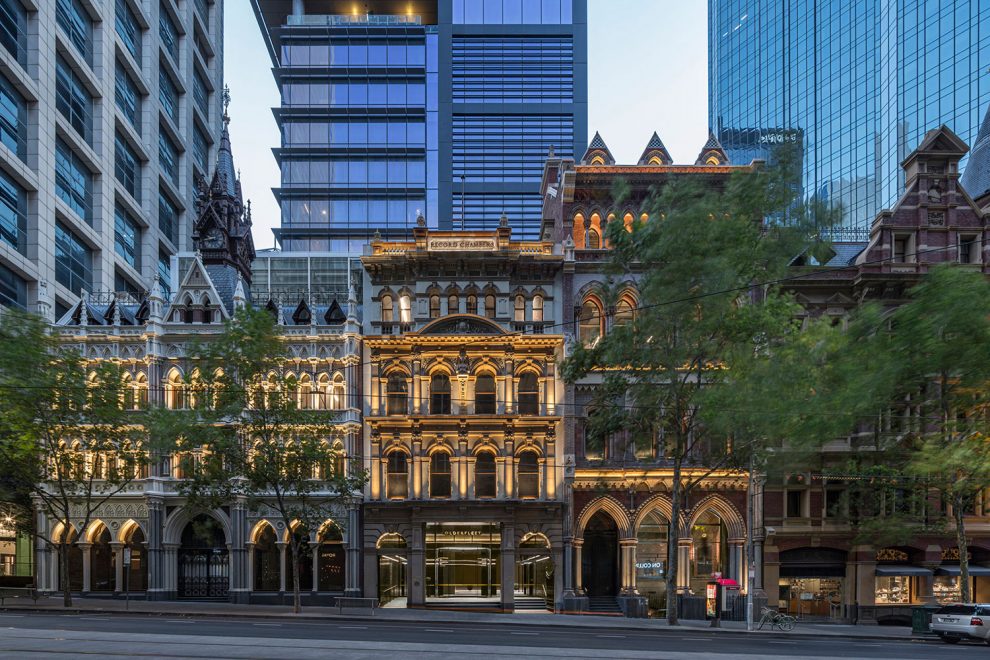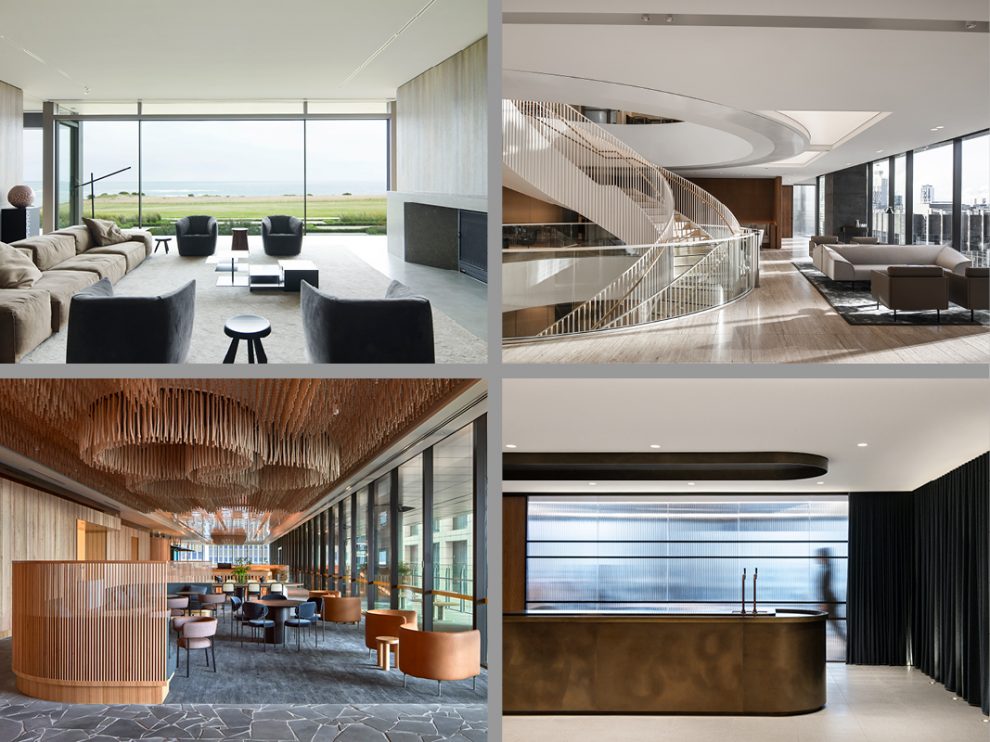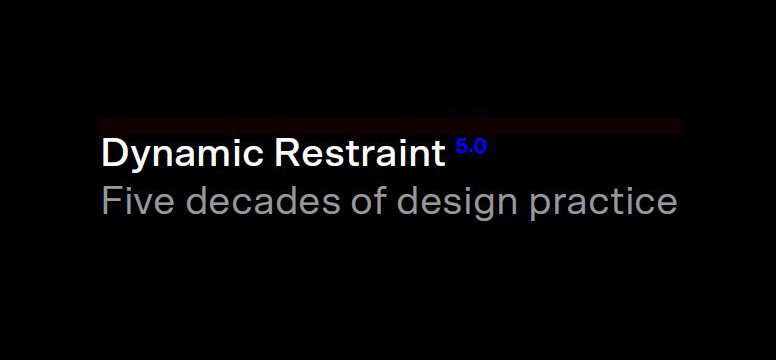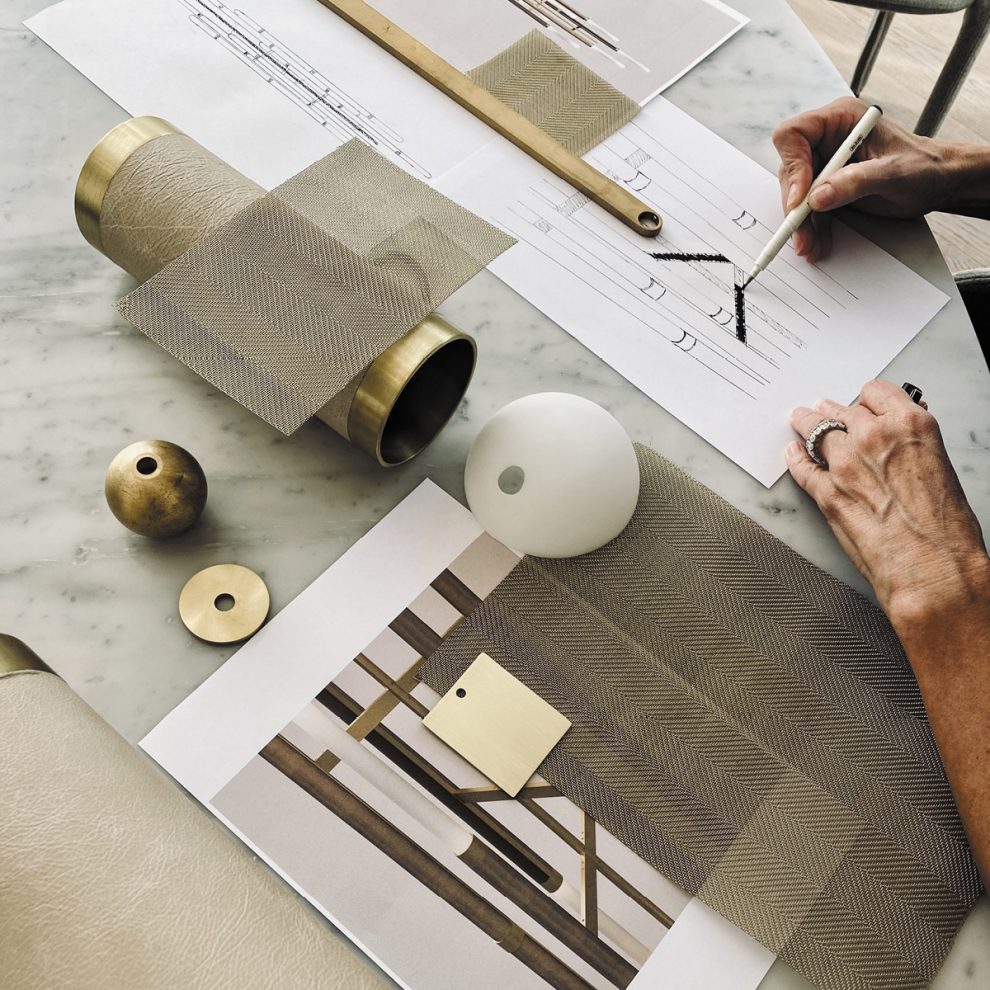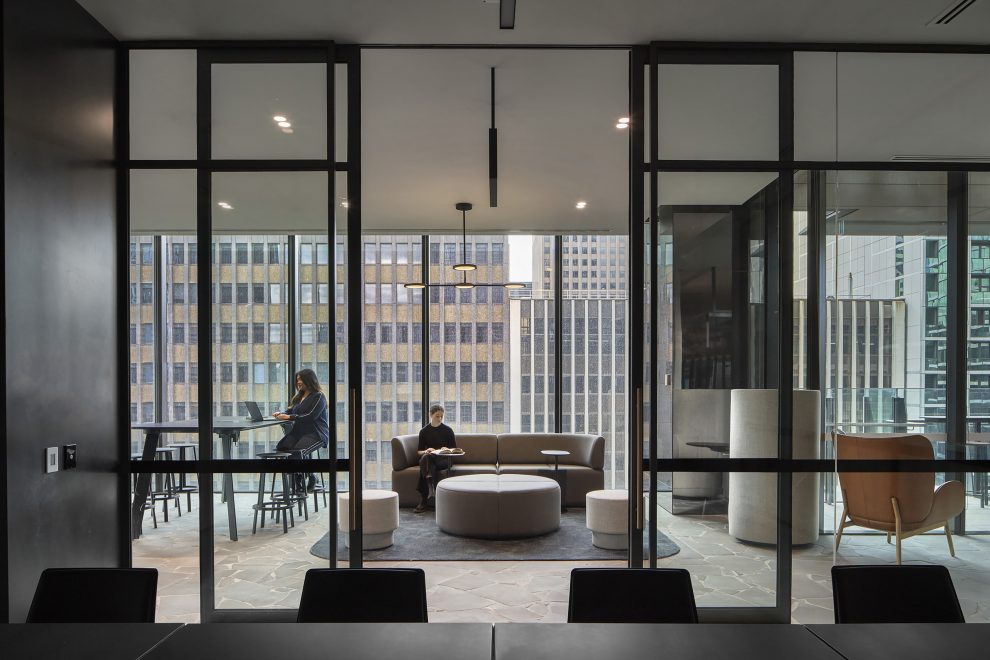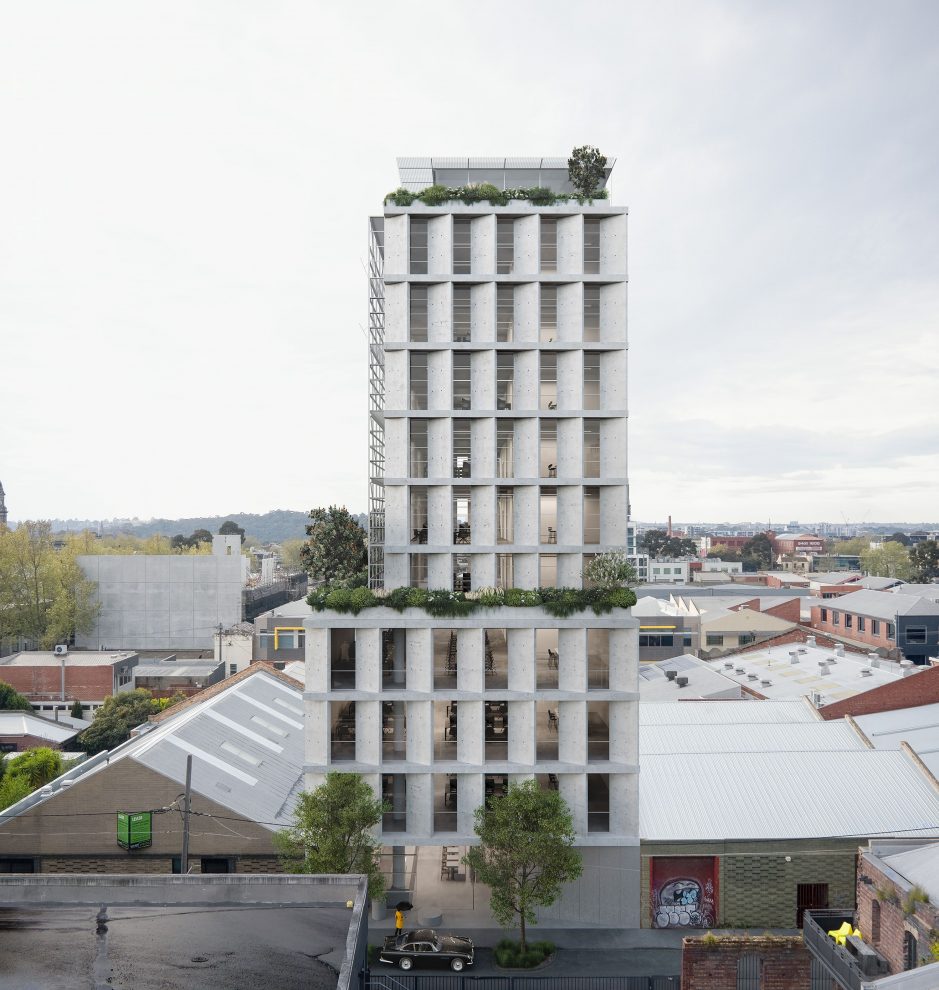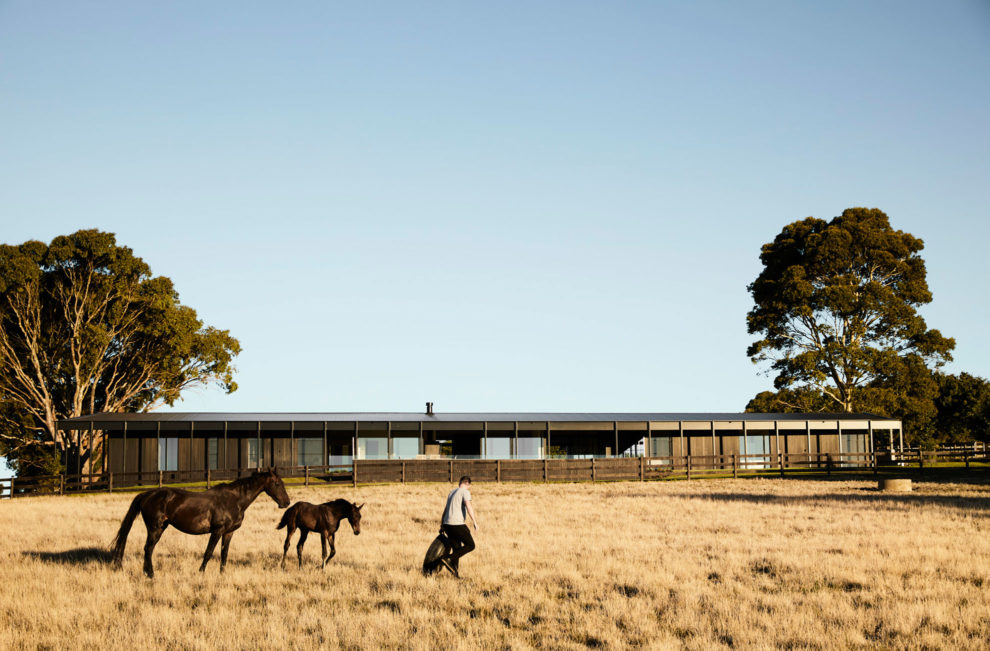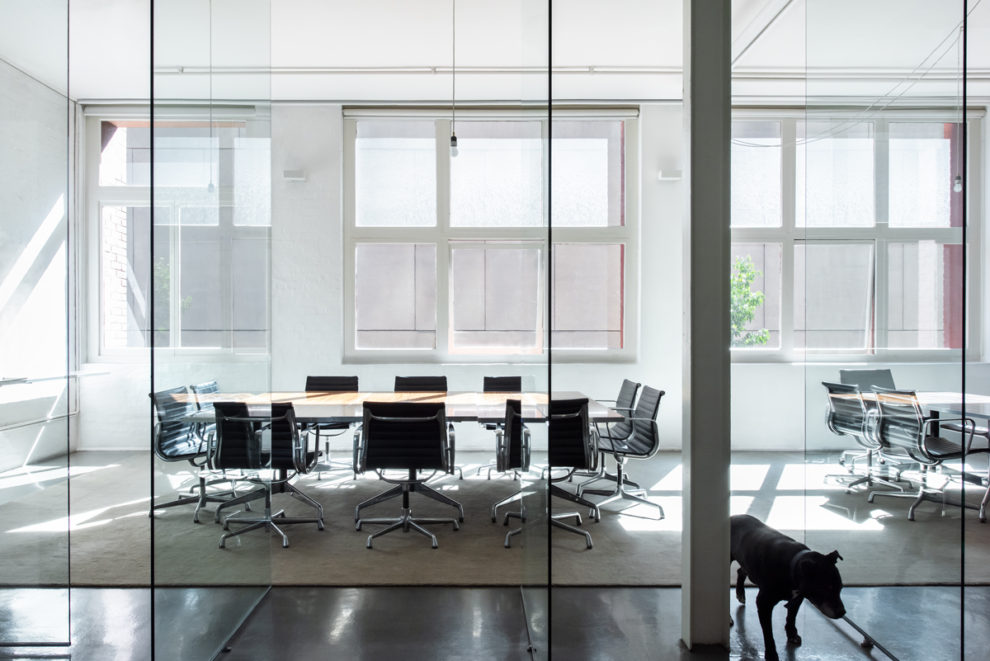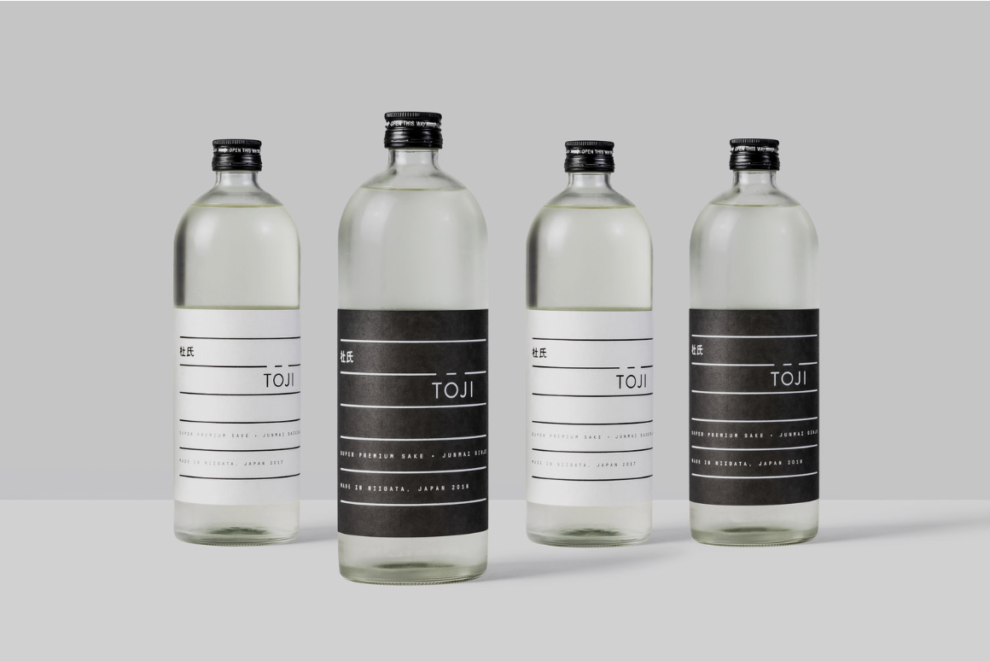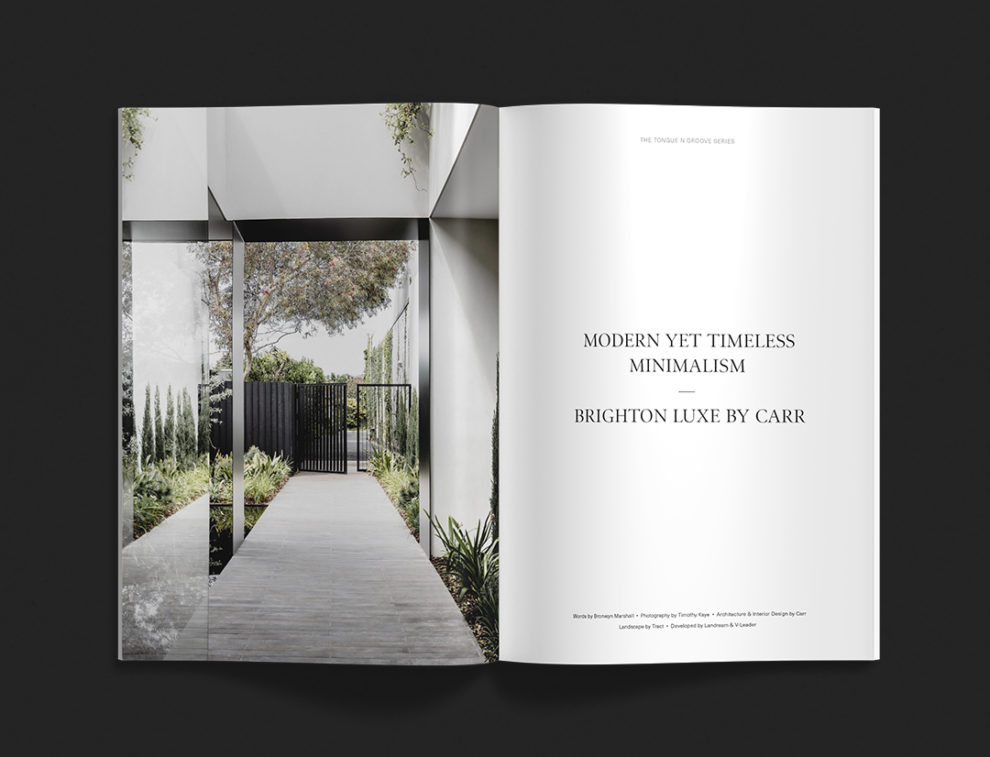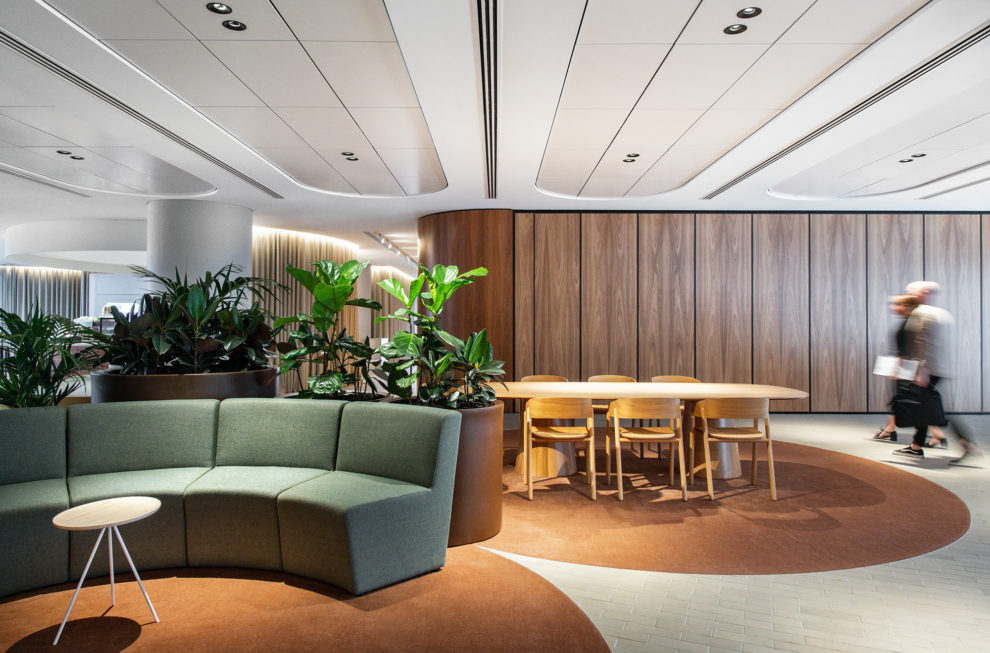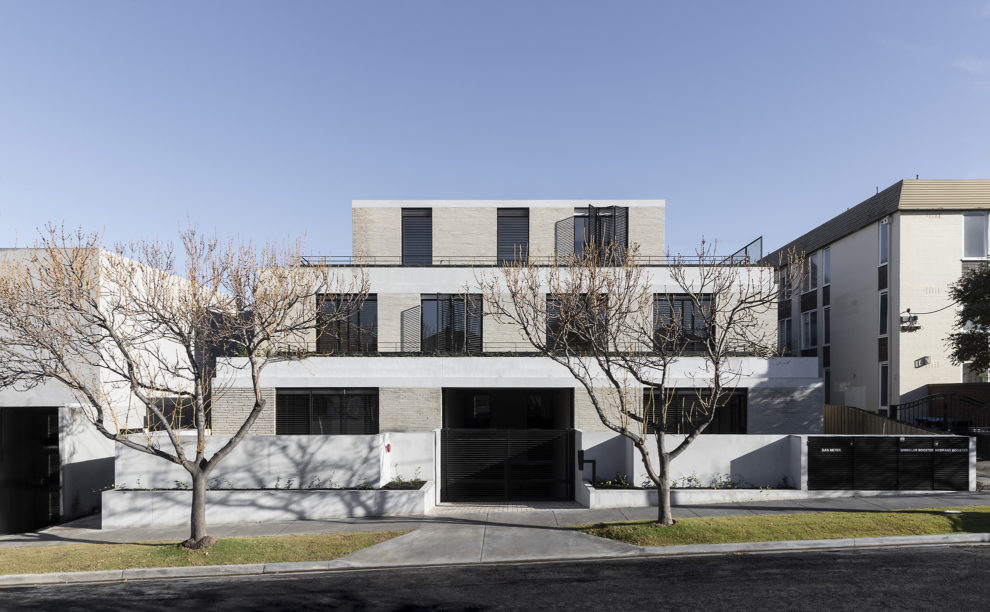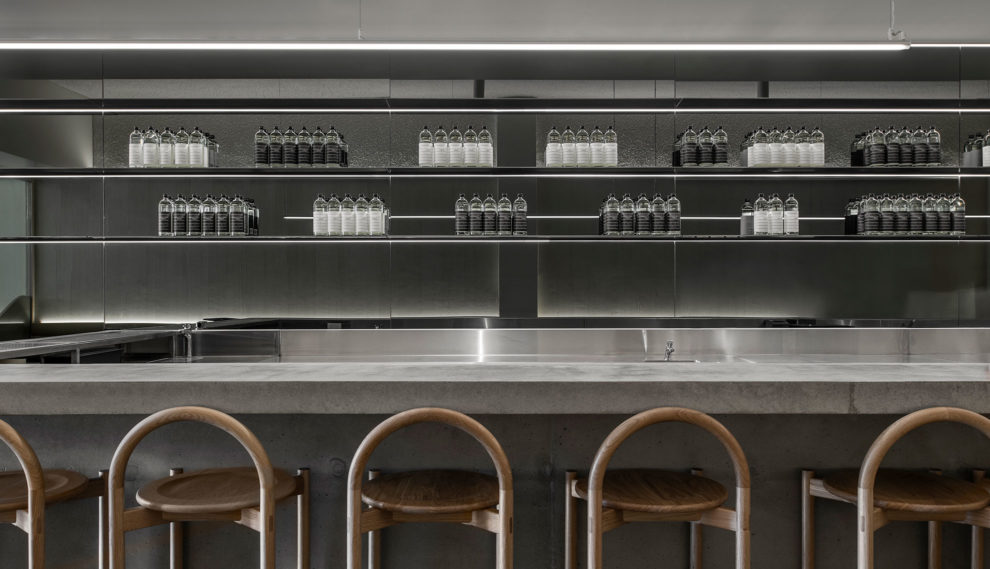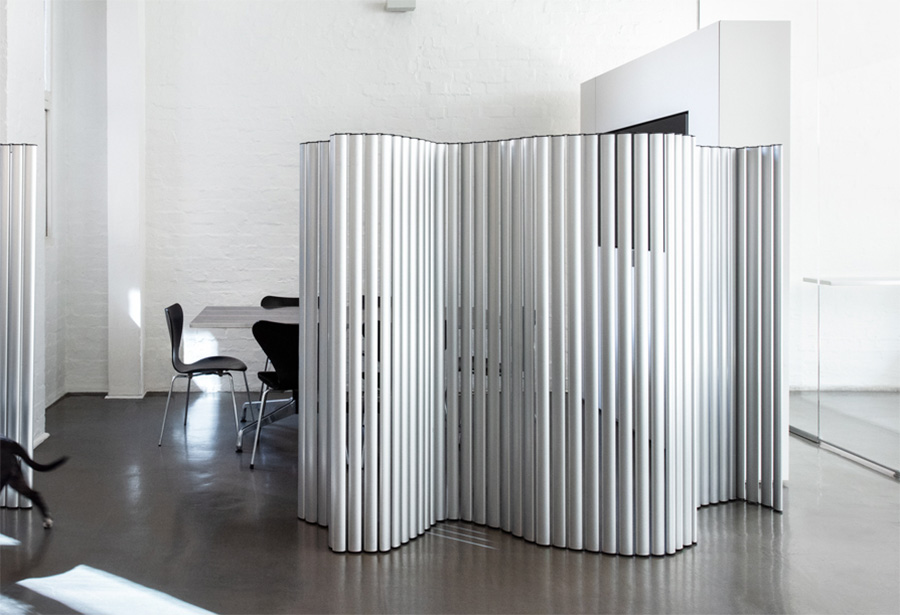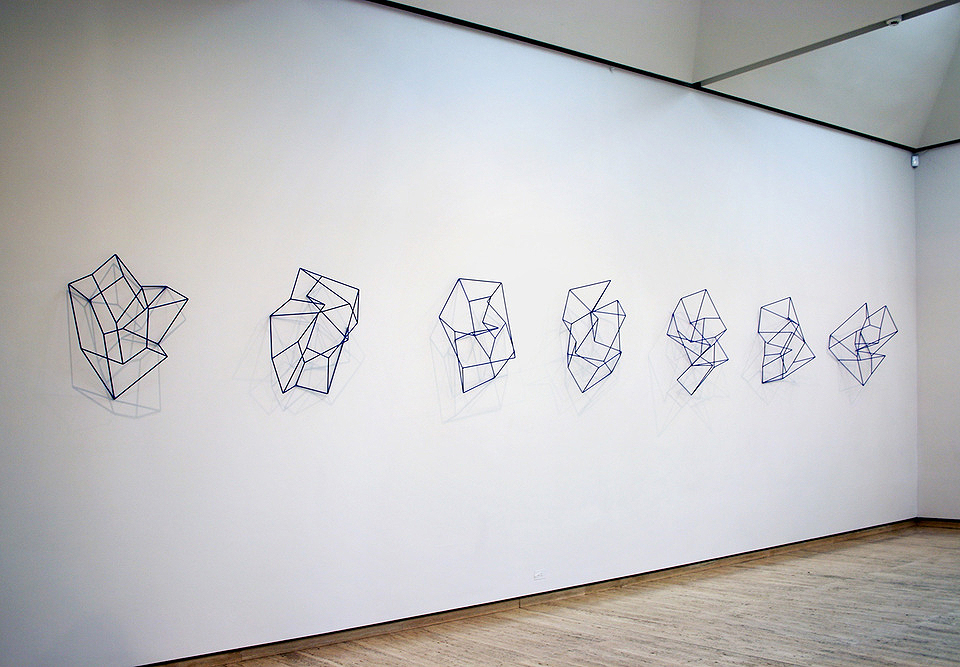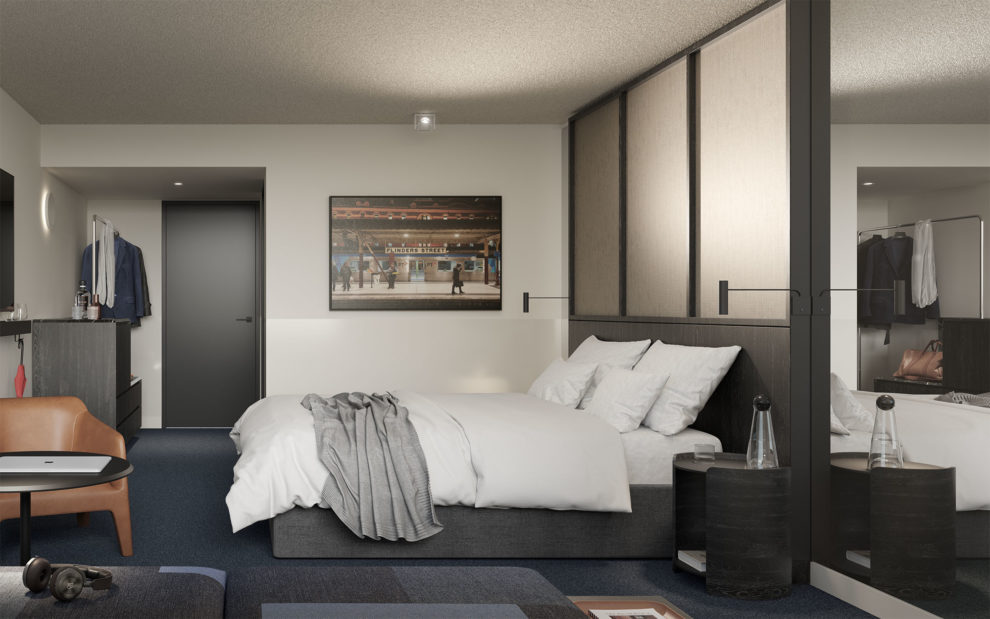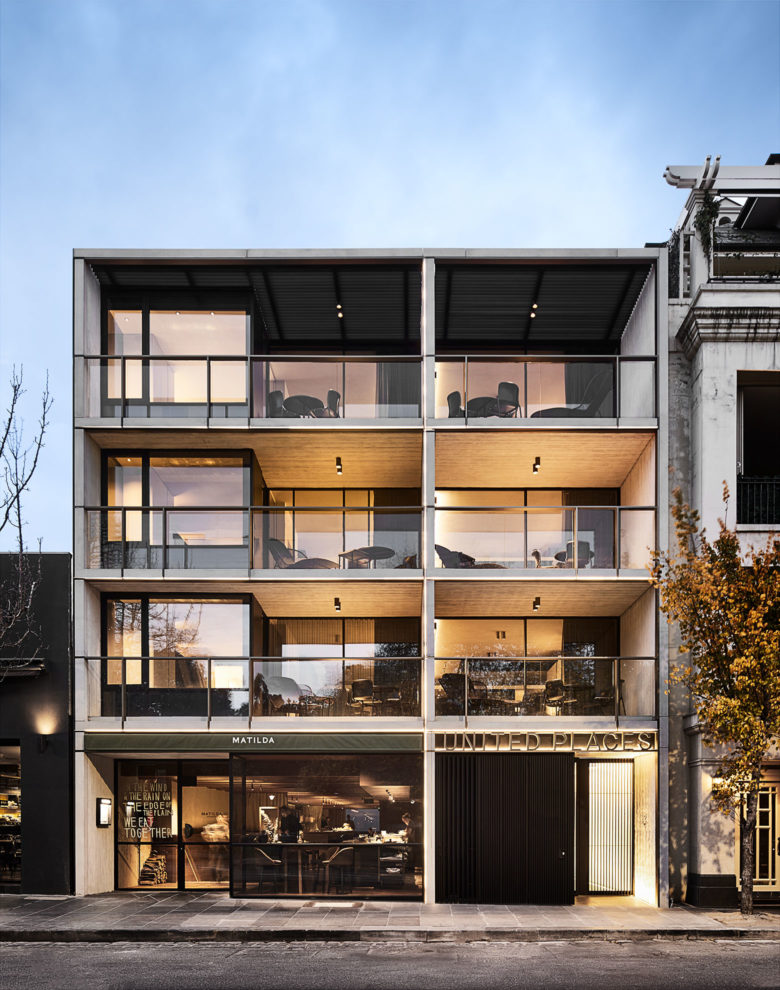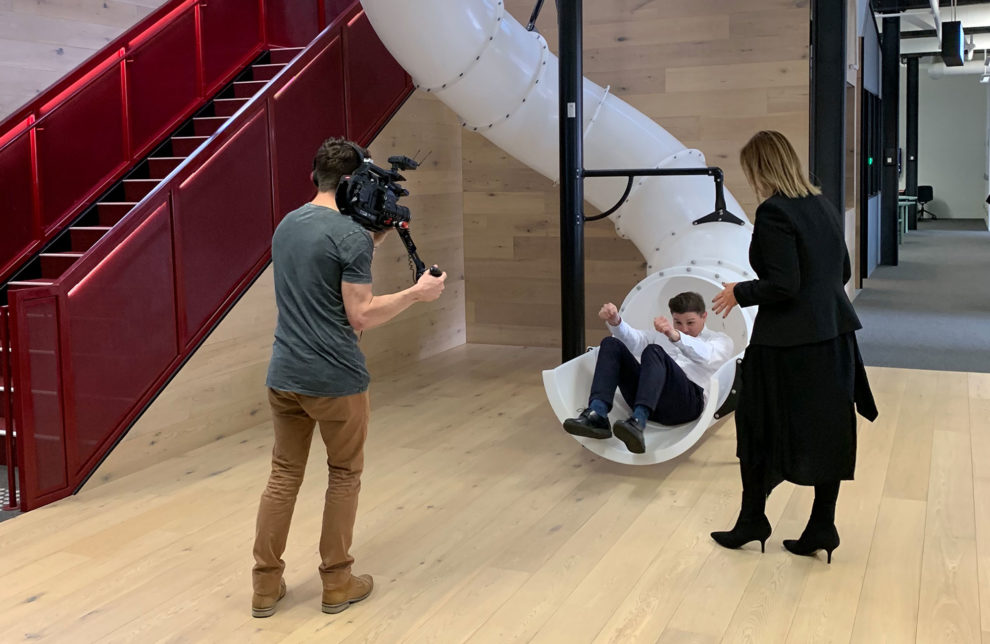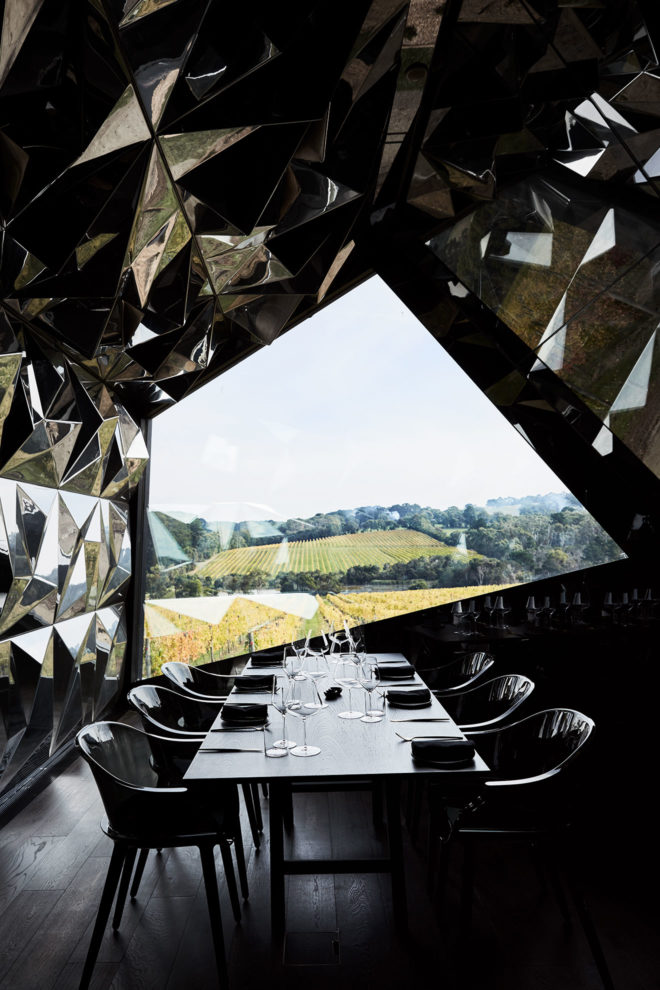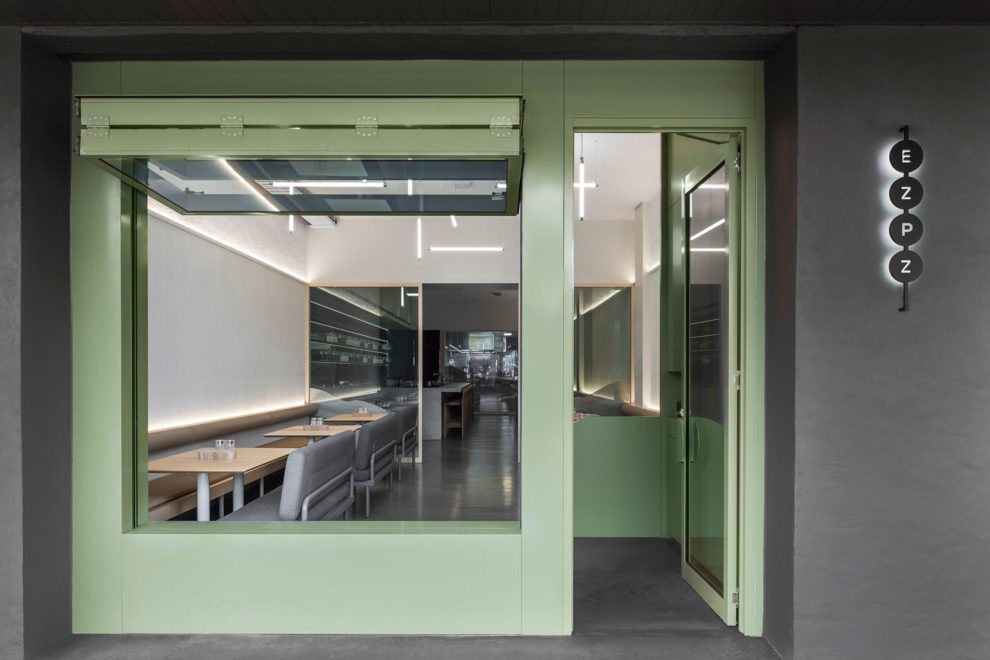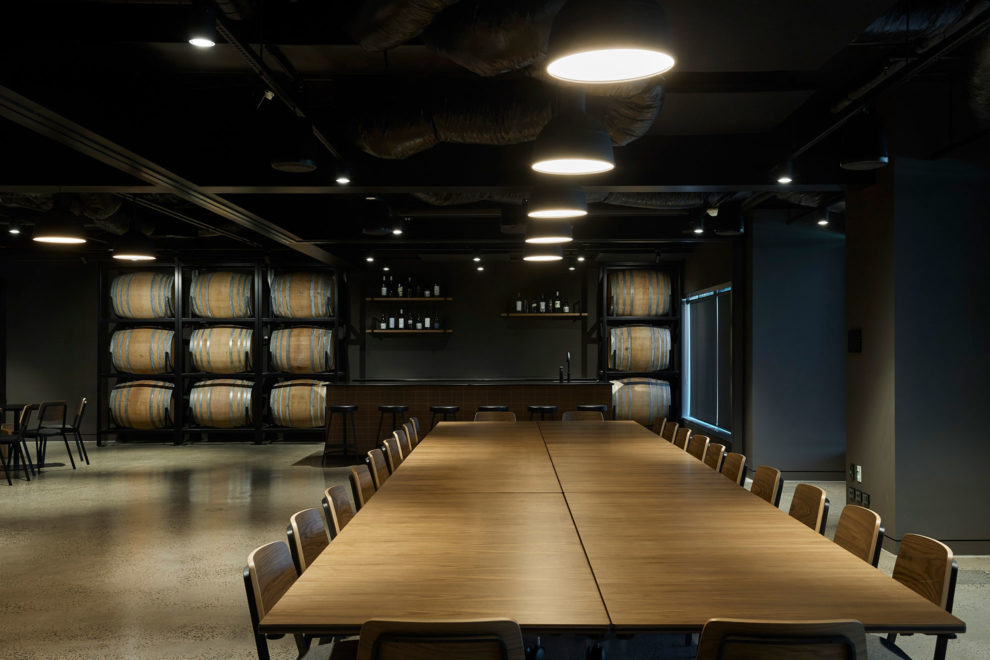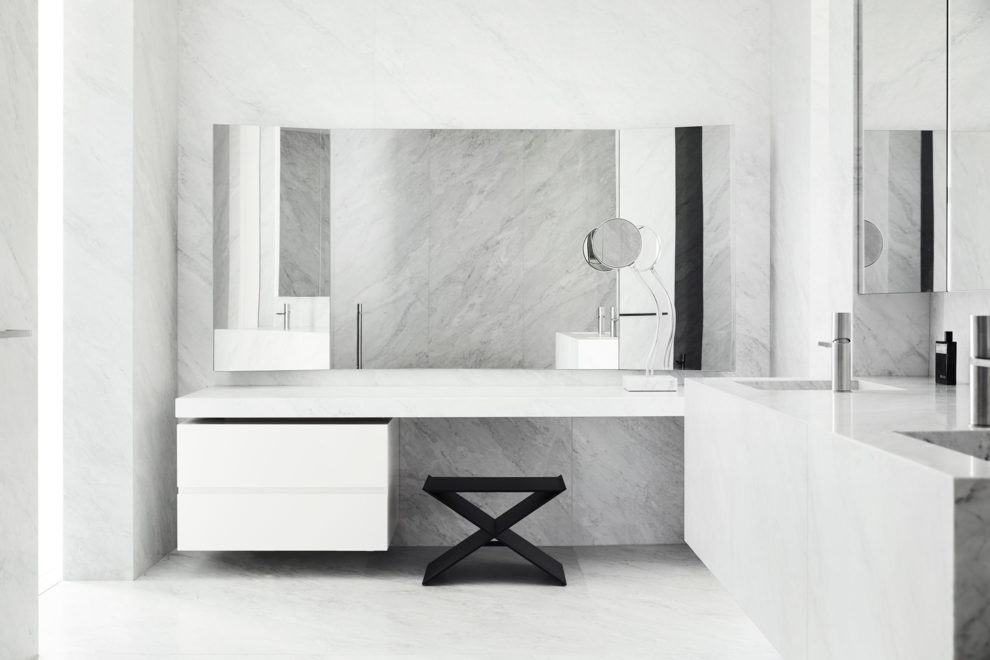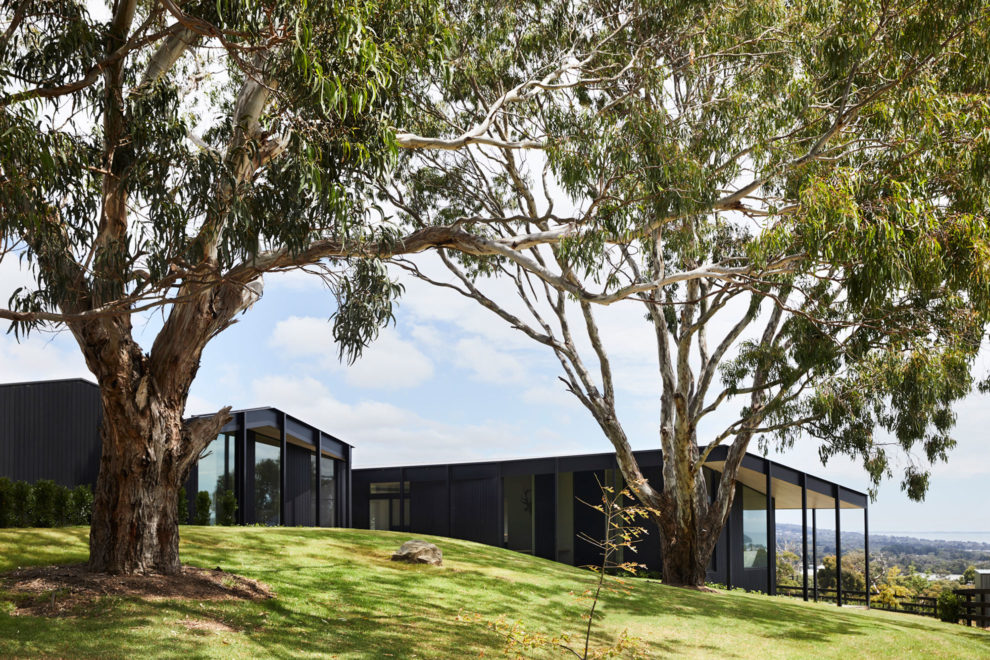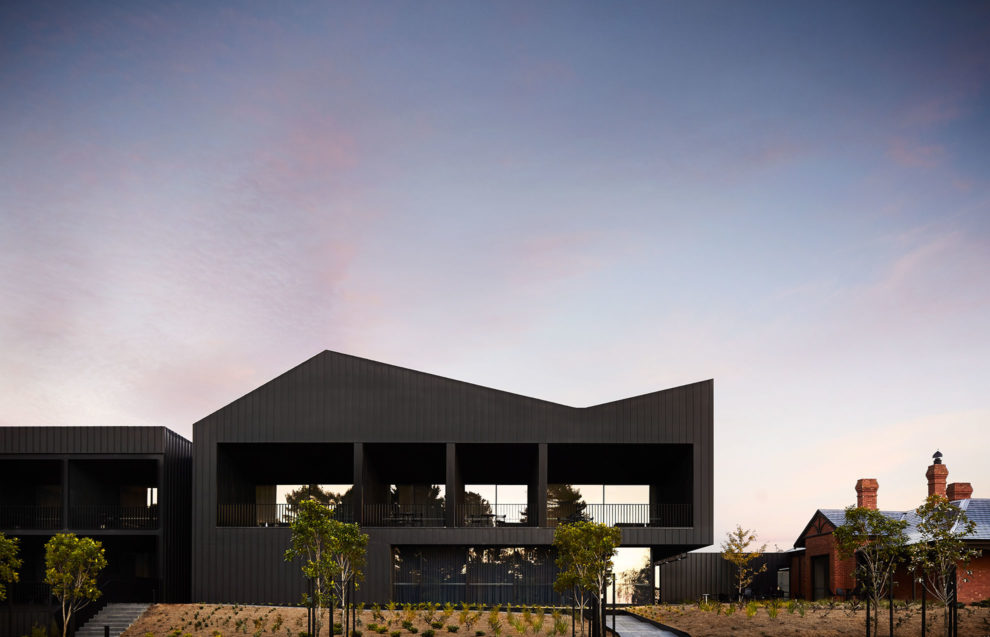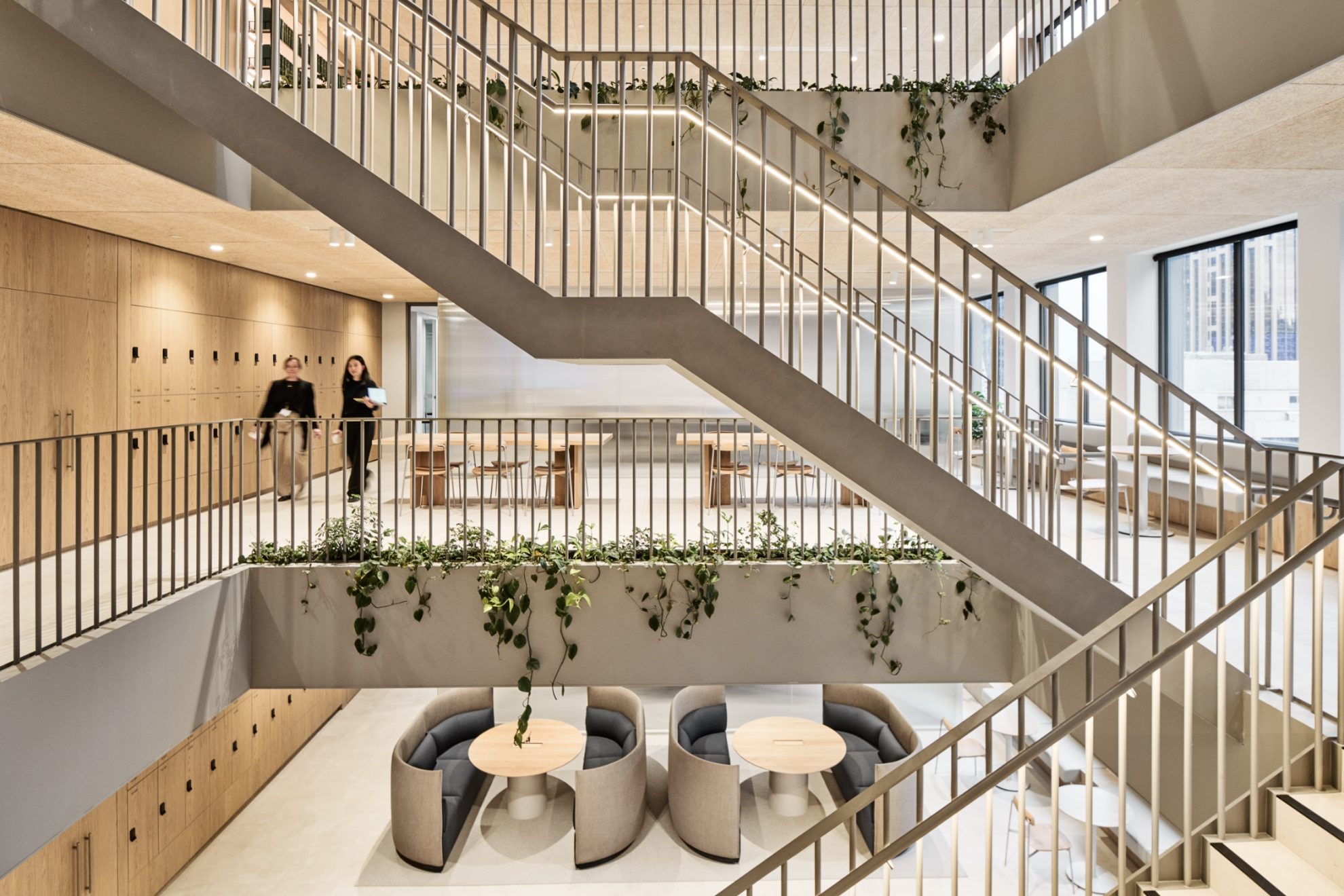
As a practice, Carr readily embraces opportunities to expand and develop our understanding of workplace design. Earlier this month, Associate Director Catherine Keys attended WORKTECH25 in Melbourne, a conference for all those involved in the future of work. Highlighting how leading companies are adapting through research-based approaches and innovative office concepts in the workplace, the event reinforces the powerful relationship between design and the latest research.
Today, Catherine shares her key takeaways.
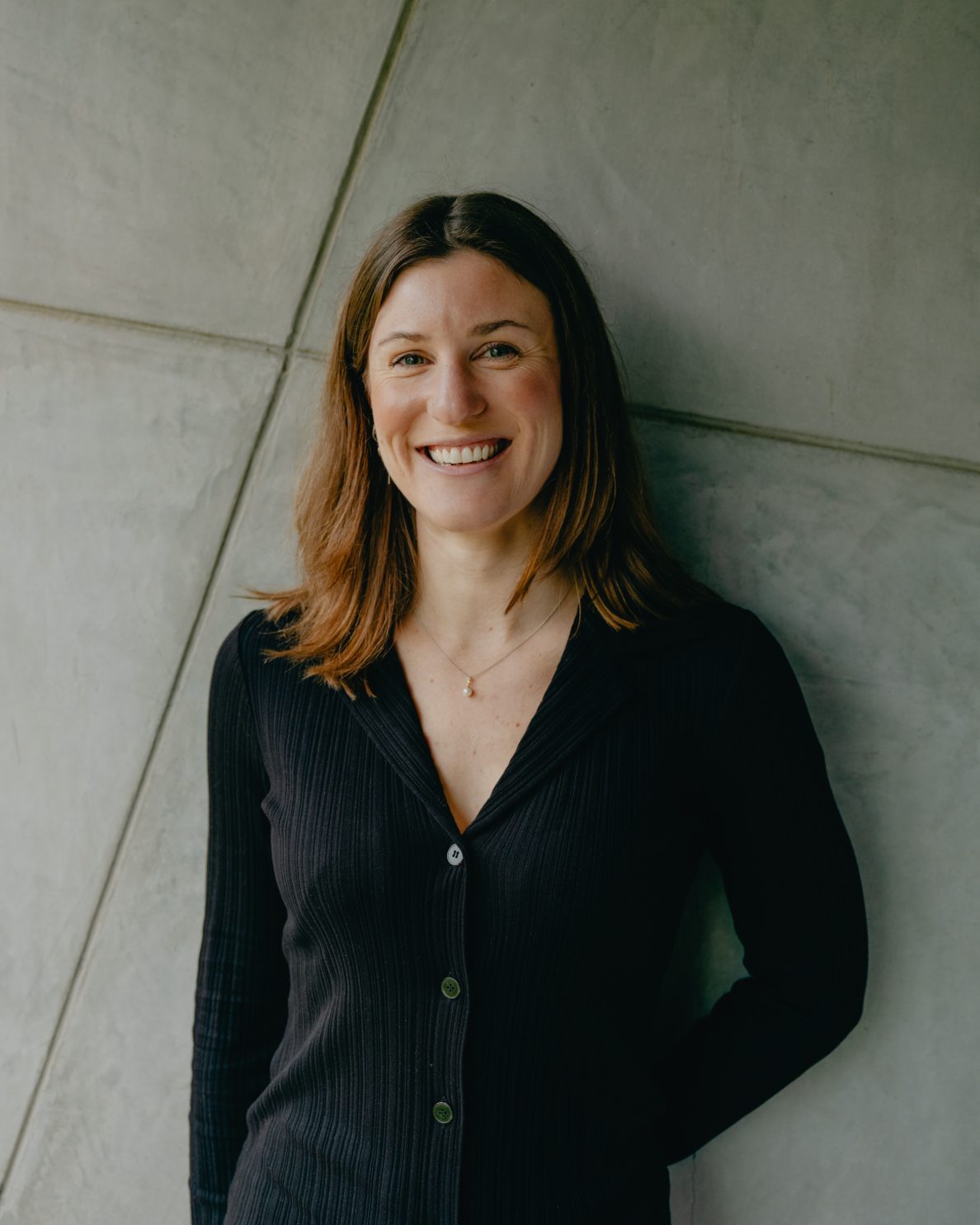
More innovation, less production
Within the design industry, the past 18 months have primarily been concerned with the conceptual integration of artificial intelligence. Fast forward to 2025, the conversation has shifted to AI’s practical adoption and what that looks like in the modern workplace.
“We’re anticipating changes in the way jobs are performed with the adoption of AI,” says Catherine. “Clarity is required on whether staff are interacting with people or AI for specific tasks, and the flow-on effect that has on collaboration spaces.” By this, the shift from managing people to managing AI questions the role of social spaces. Are these zones for collaborative work-based activities? Or solely for culture and community? The answer will be revealed in a rigorous strategic briefing session for each company and its operational needs, and the relevance of AI within it all.
Regarding productivity, AI is also shaping up to provide more resources for ‘innovation’ tasks. Catherine explains, “Humans remain in charge of the bigger picture thinking. You can then defer lower-tiered production tasks to AI ‘team members’, which in turn drives the need for more innovative spaces. It’s a fundamental transformation in the way people are working and will have massive impacts on our physical environment.”
Swapping attention for intention
With the practical integration of AI into our workflow, how do we retain an emotional connection to our office environment? Catherine cites the concept of ‘topophilia’ as a useful example of this, which is the emotional connection people have with their surroundings. “When reflecting upon a typical day, most interactions are mediated by screens,” she says. “Physical engagement with our surroundings is fading, and mentally, we’re withdrawing from the spaces we inhabit. So, what does that mean for design?”
The answer is to swap attention for intention. To take you out of the screen world, you must ensure the physical interventions that are created are extremely intentional and emotionally impactful. Beyond connecting to people and place, sensory experiences are another effective method of encouraging staff to immerse themselves in their surroundings. “The idea of creating an emotional connection go-to space can be seen in Carr’s design for Hardie Grant’s new workplace in Collingwood. The homely atmosphere with residential-style furnishings, along with the abundance of print media available to peruse Hardie Grant’s publications”, shares Catherine. “That is a successful example of topophilia.”
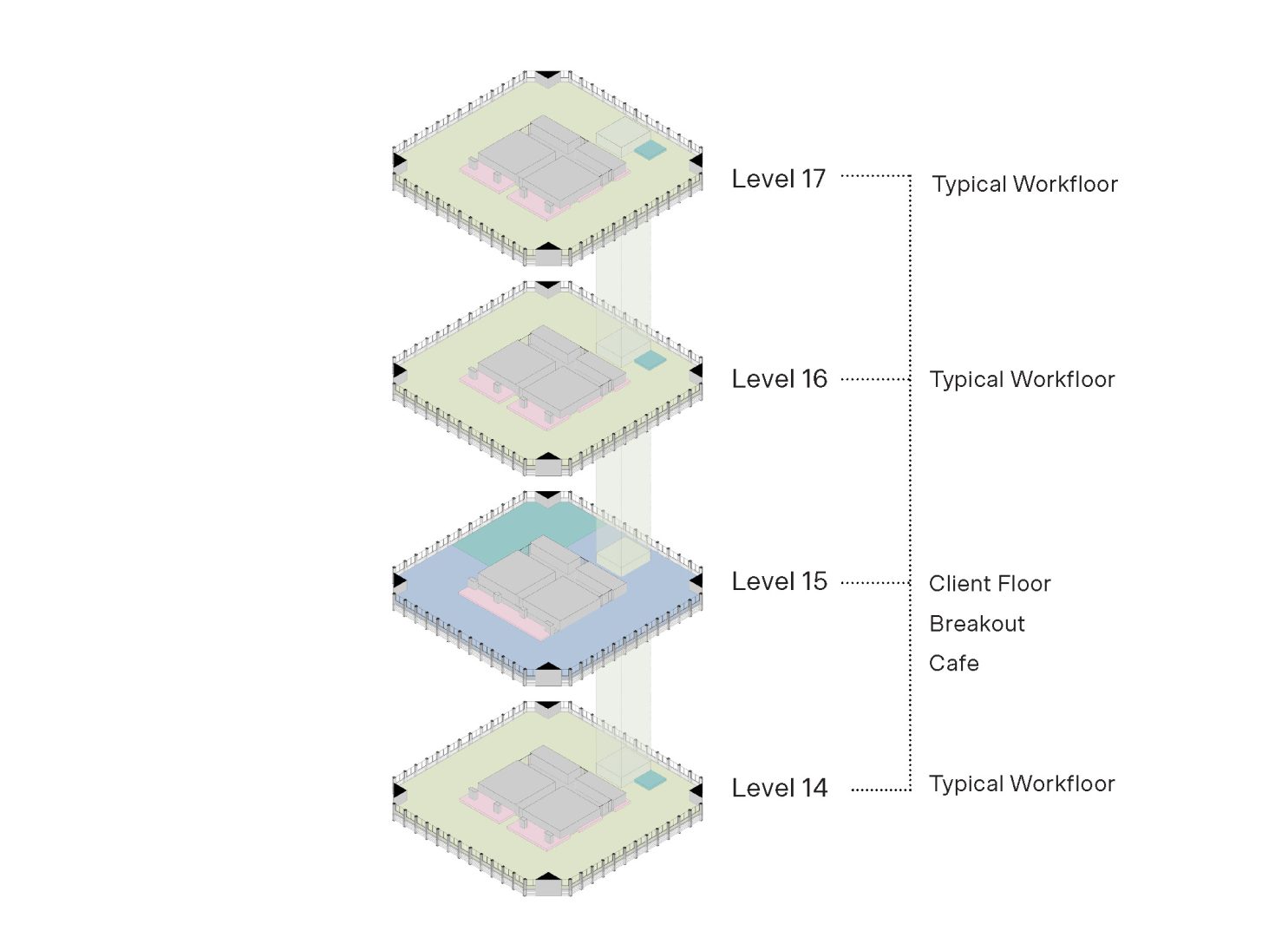
Sensory flexibility in space
Flexibility in workplace design is nothing new, but its definition is evolving. “It’s now less about hot-desking and more about balancing social and focus moments,” says Catherine. “Many people come to the office for connection, but we must also provide restorative, quiet spaces. It’s about establishing a clear purpose for each zone.”
There’s also growing awareness around neurodiversity and the varied sensory needs of individuals. While low-stimulus environments are essential, designers are increasingly exploring how light, texture, and multisensory elements can accommodate a wide range of experiences.
Flexibility in planning extends beyond interiors. “If a client has five floors, placing the client floor at the top or bottom isn’t strategic if they might downsize,” Catherine explains. “We need to design with adaptability in mind, allowing spaces to evolve over time.” With hybrid work stabilising, companies can now confidently assess the right balance—and the right footprint—for their teams. “It’s a huge positive when organisations feel assured they’re committing to the right size of tenancy,” she adds.
Evolution of the common spaces
Hybrid work has cemented the value of common areas, but expectations are expanding. Beyond internal communal zones, there’s a growing demand for landlords to provide amenities across the entirety of their commercial assets without additional costs to tenants.
Asia’s commercial property sector is leading the way, offering wellness spaces, business lounges, cafés, and even movie theatres and wine bars. The result? Highly activated precincts that incentivise tenant loyalty and enrich the workplace experience.
Events like WORKTECH25 are a highly valuable opportunity to explore the current and future influences upon the way we work, and its tangible aftermath upon the way we design. Catherine adds, “We’re talking about fundamental shifts starting to happen to work. It’s no longer conceptual, it’s about practical adoption now. And that’s where design comes in.”
Learn why less is sometimes more in the commercial interiors sector with Christian Grossi.
